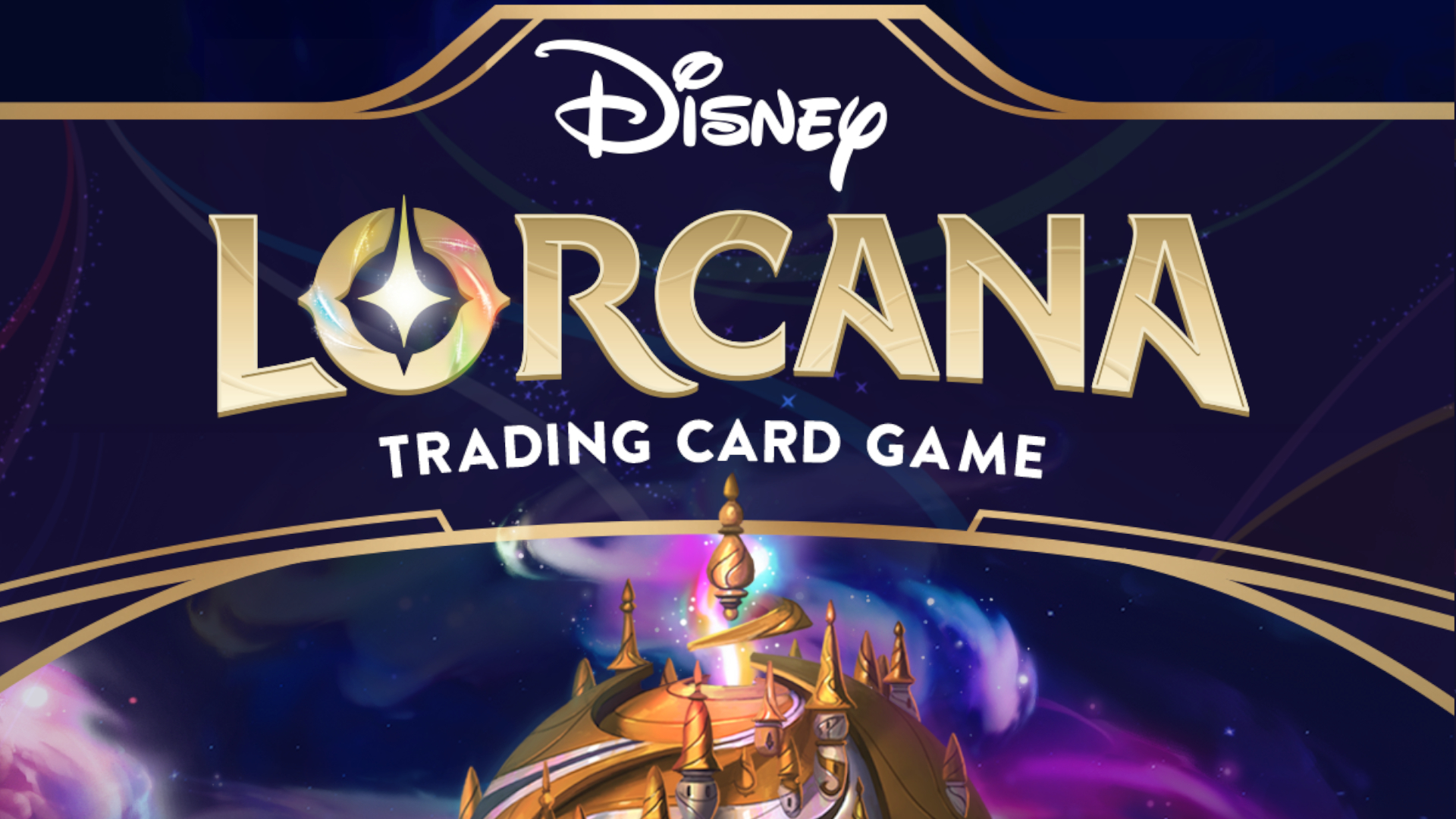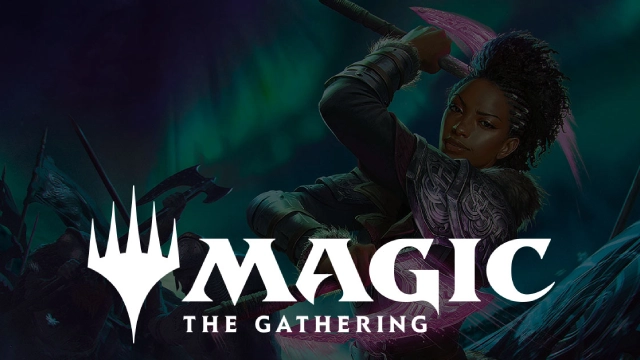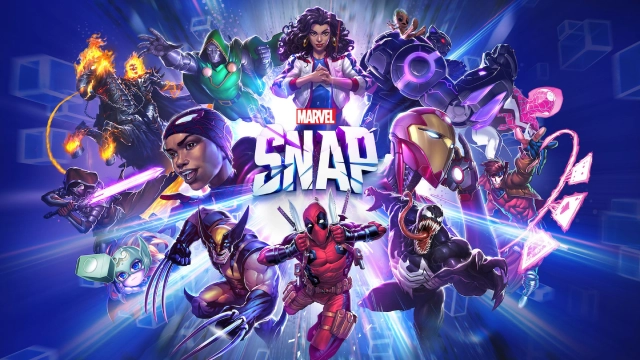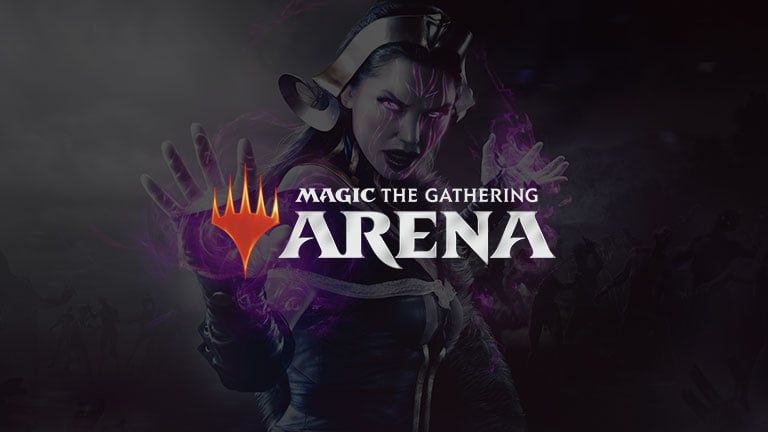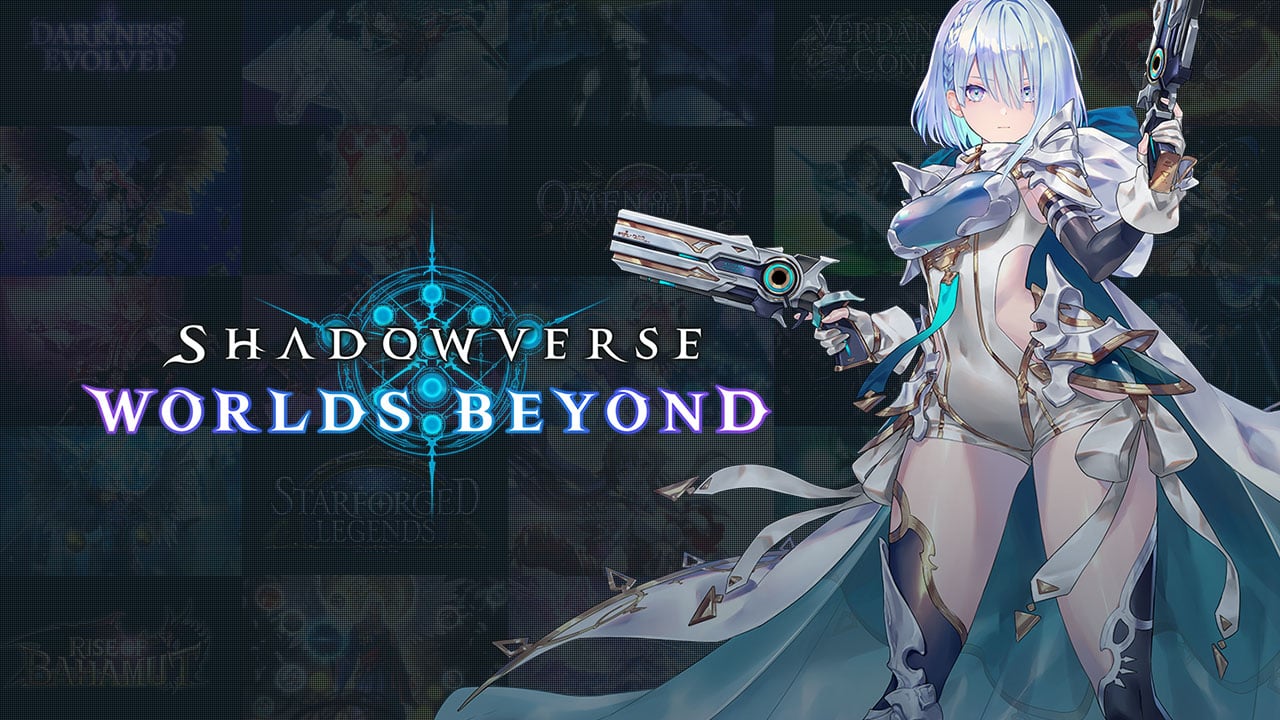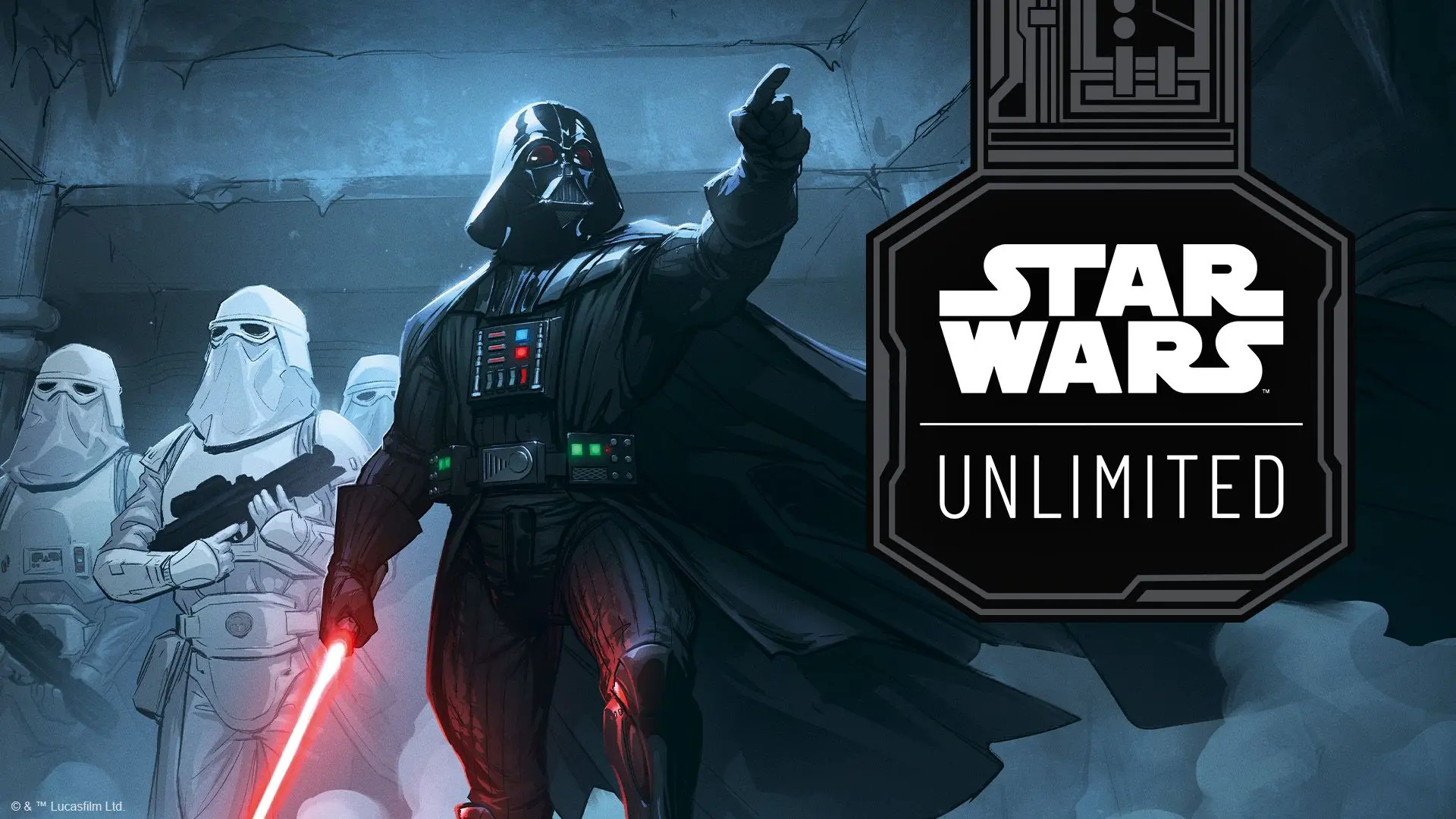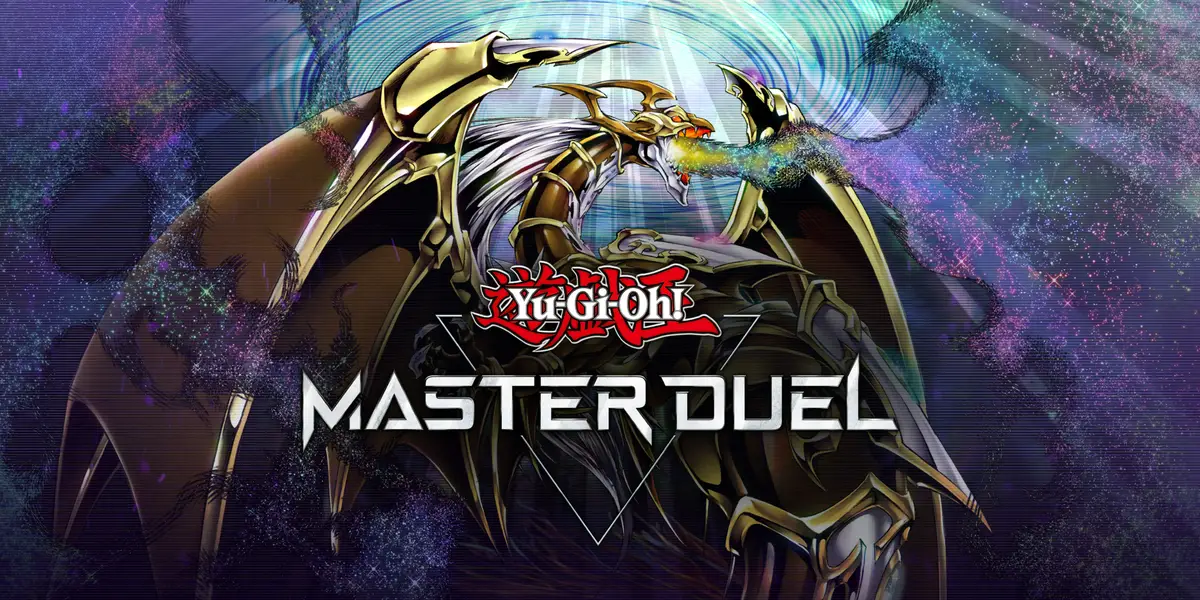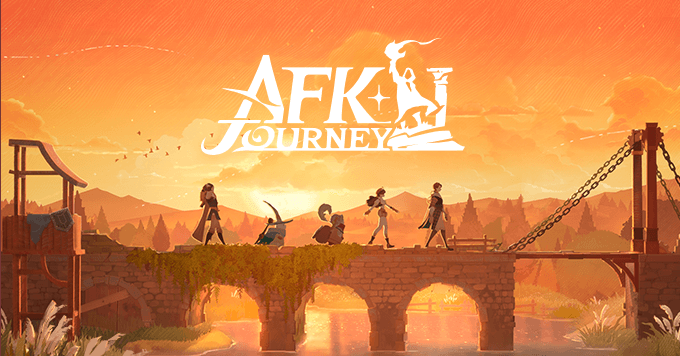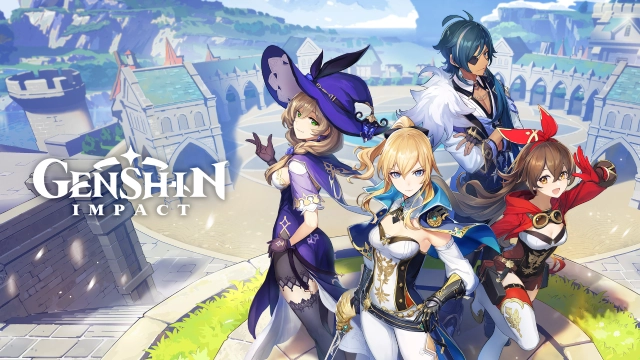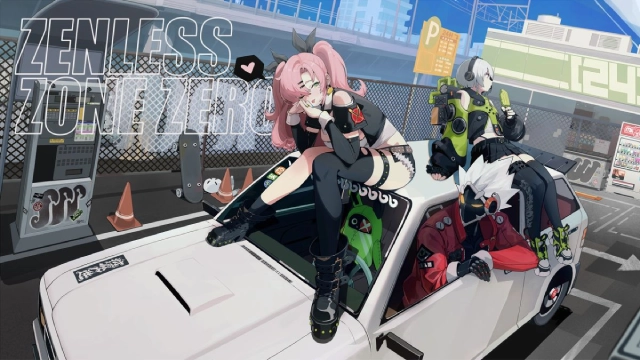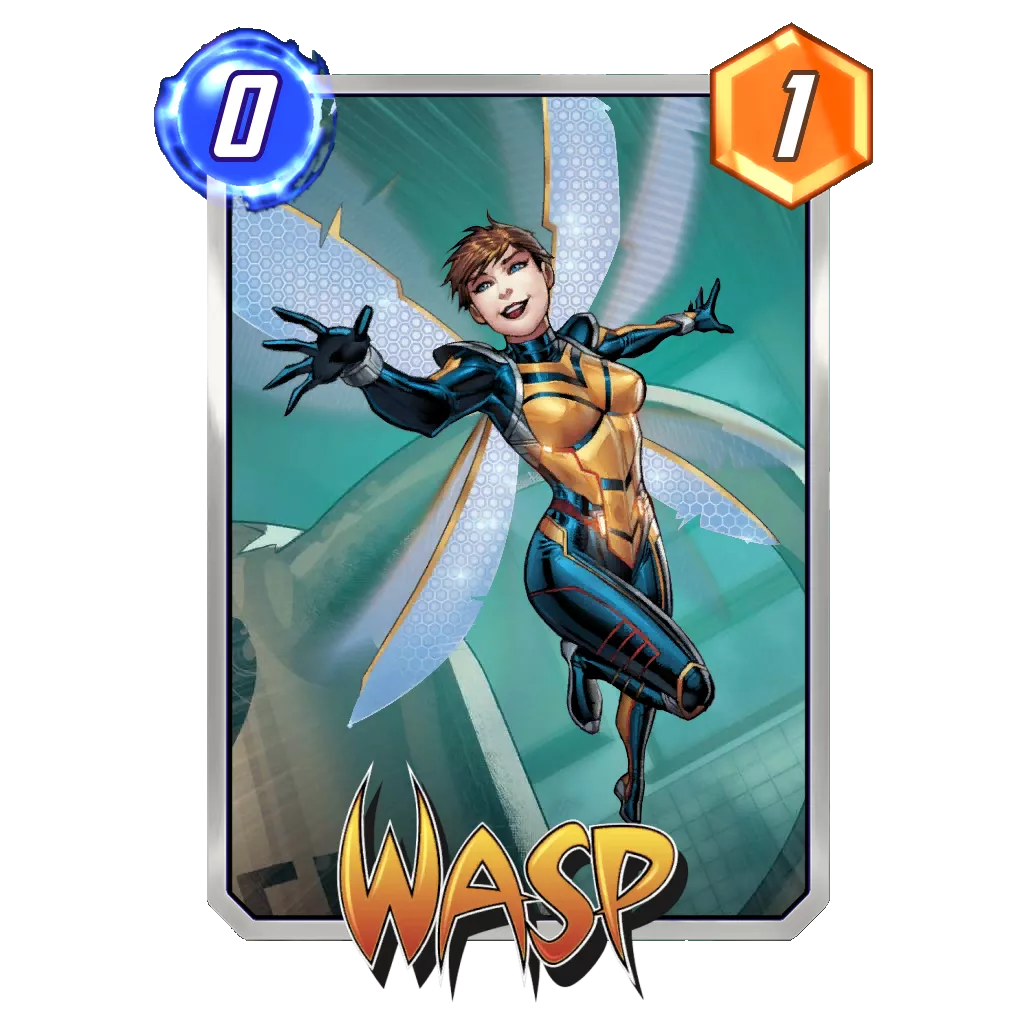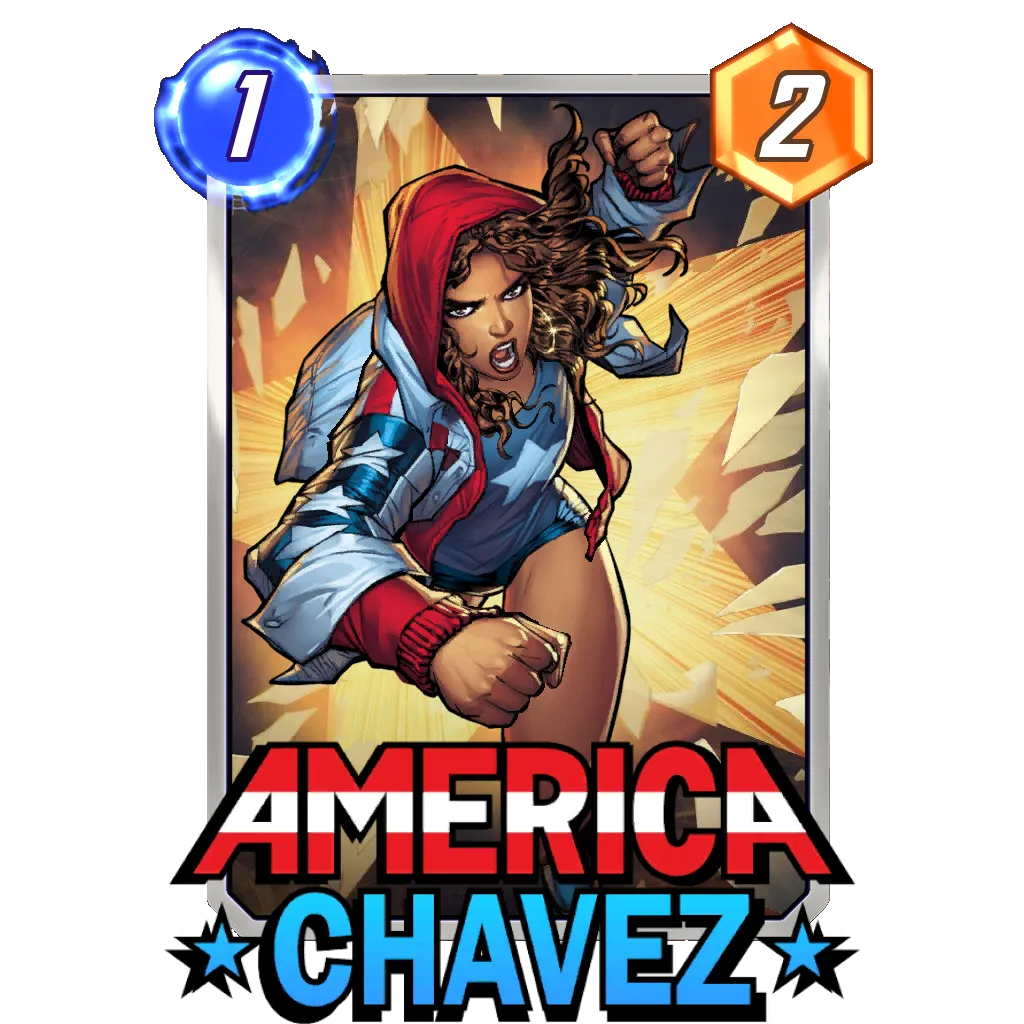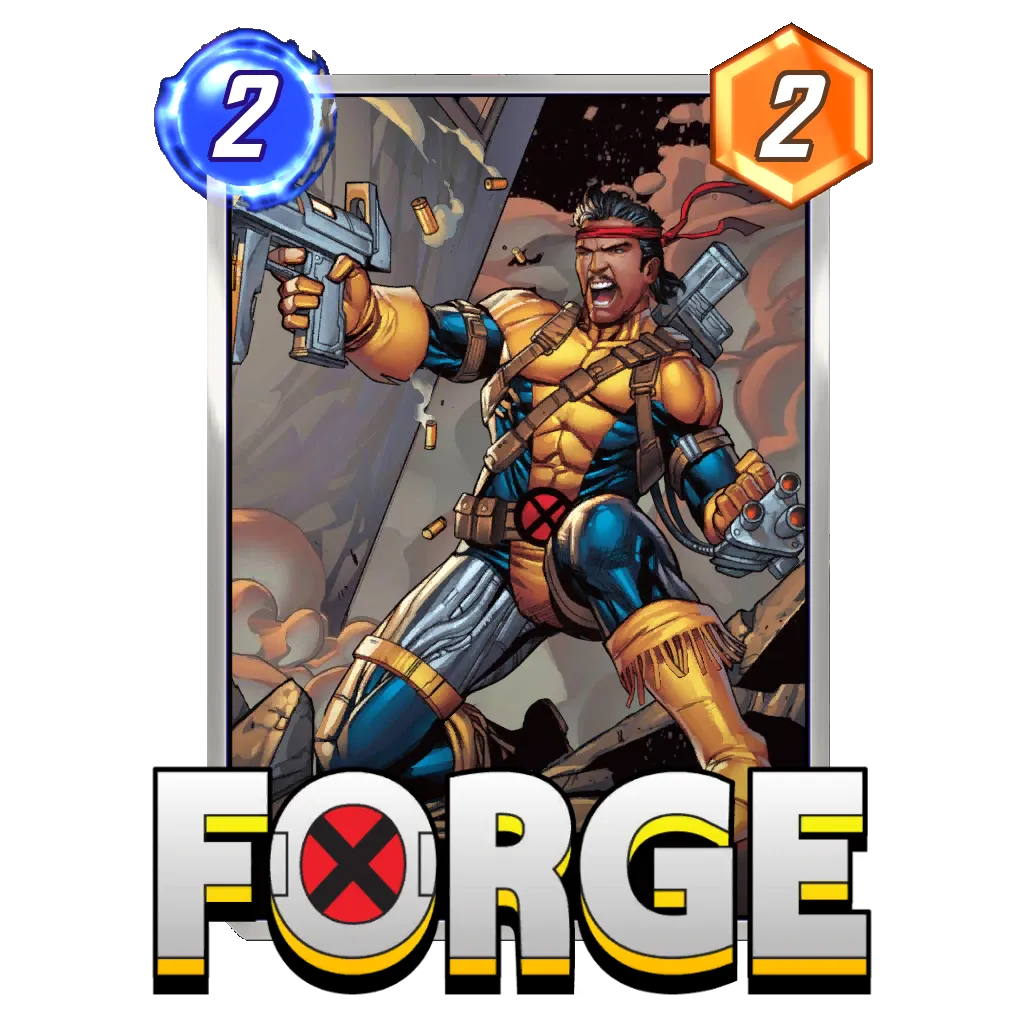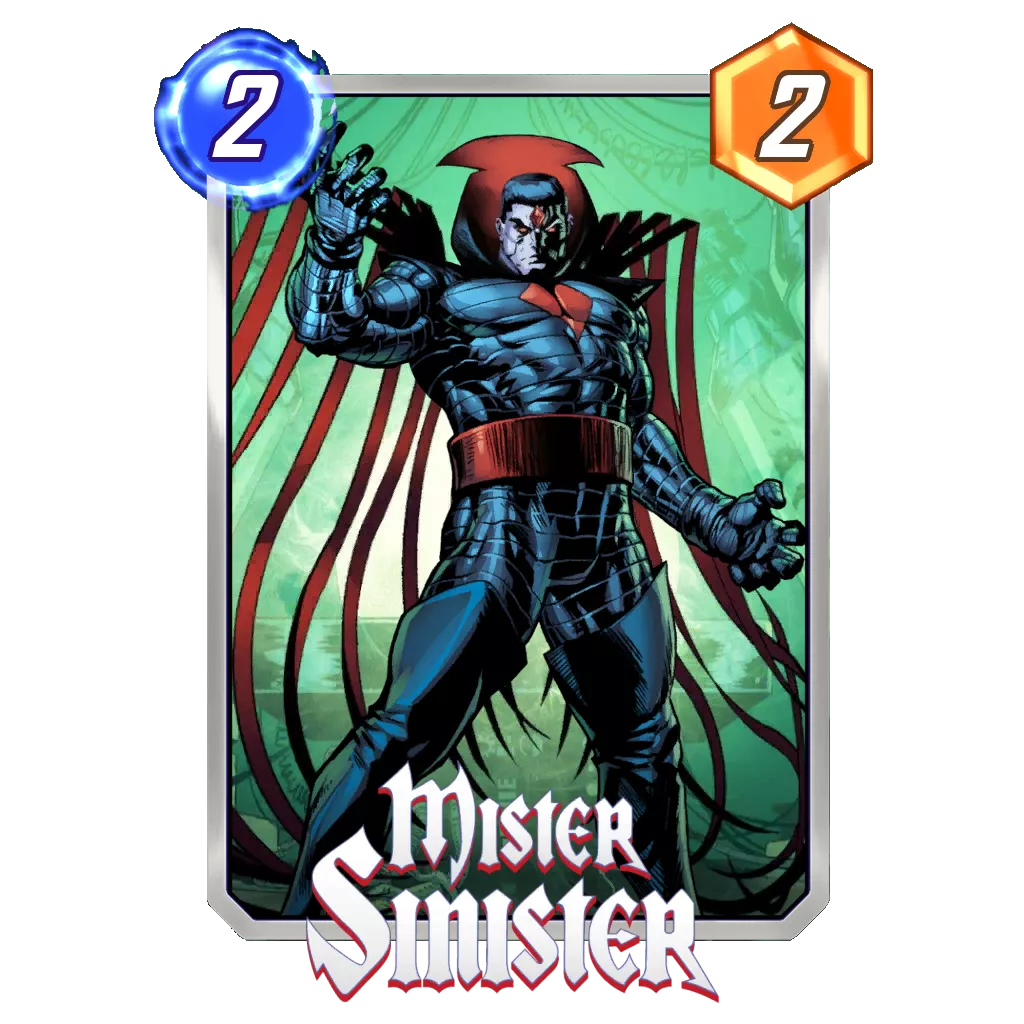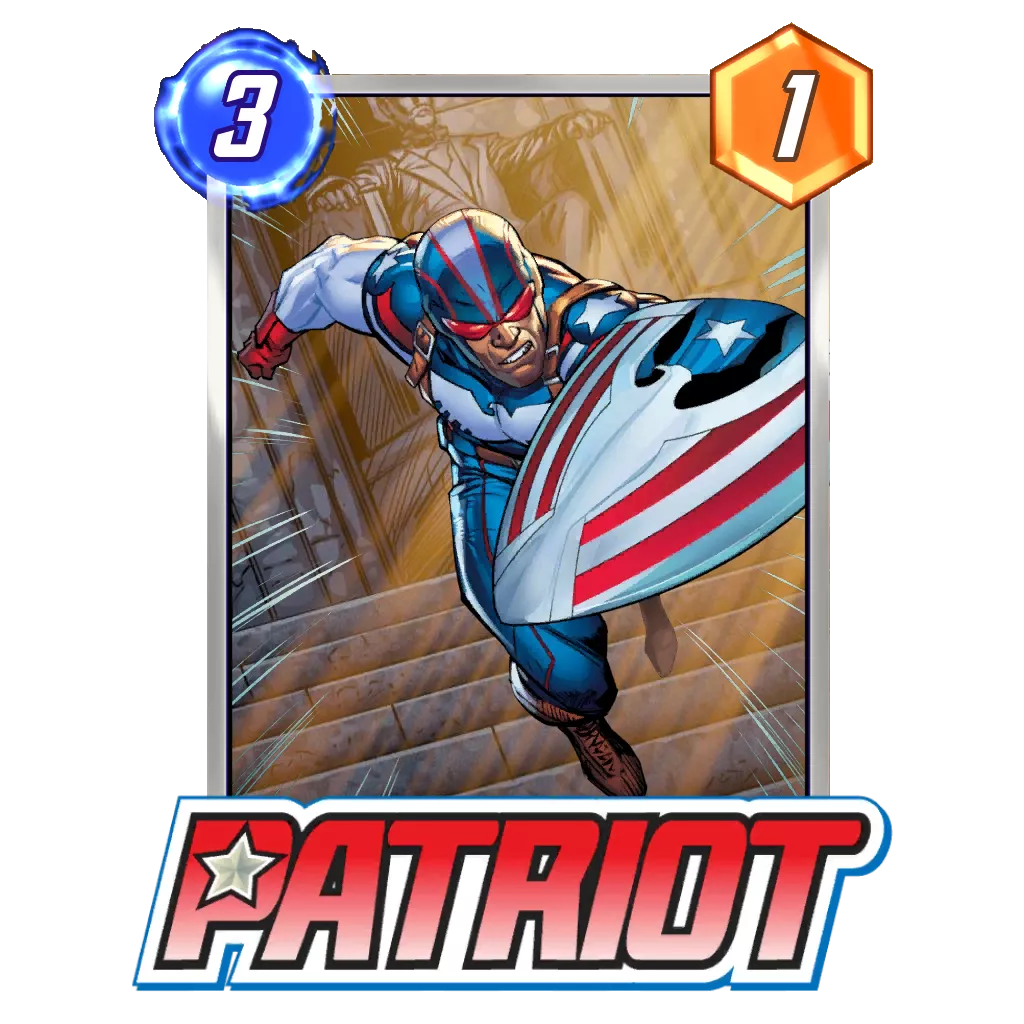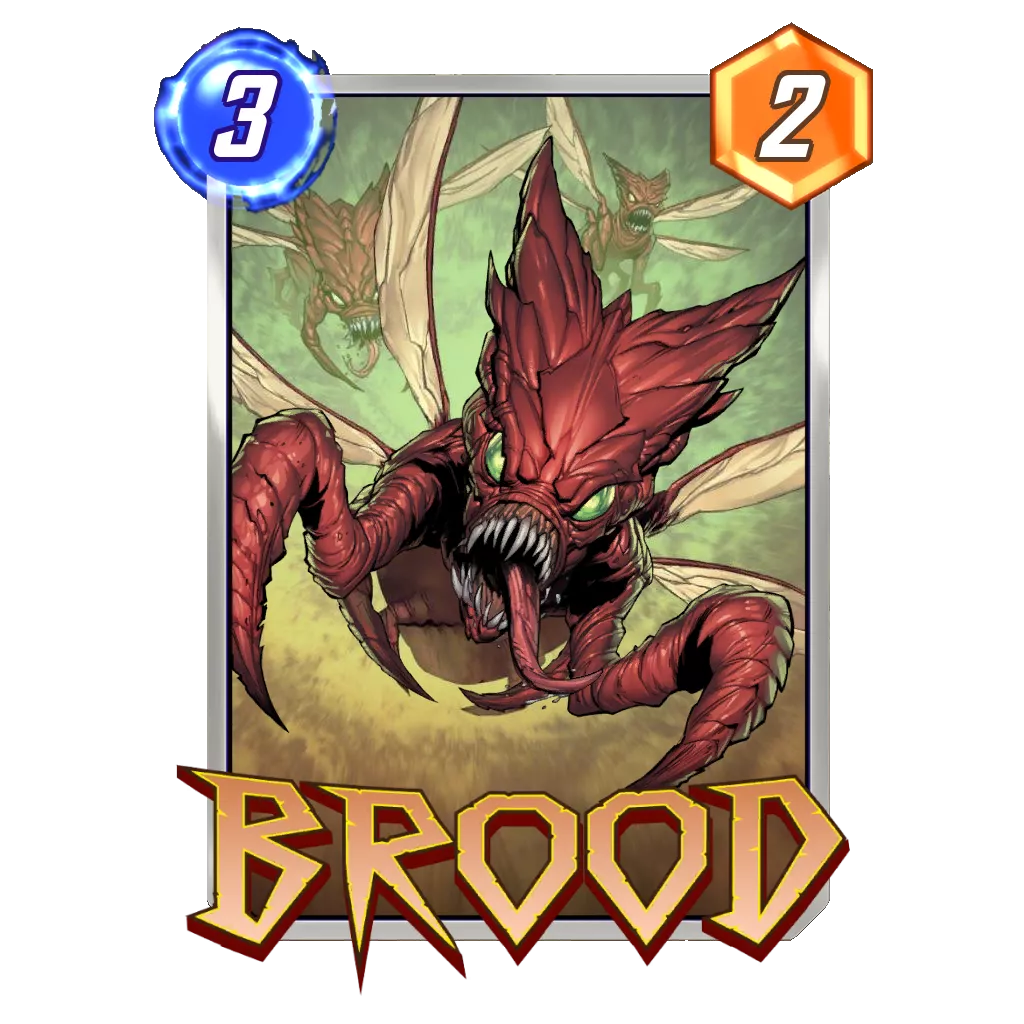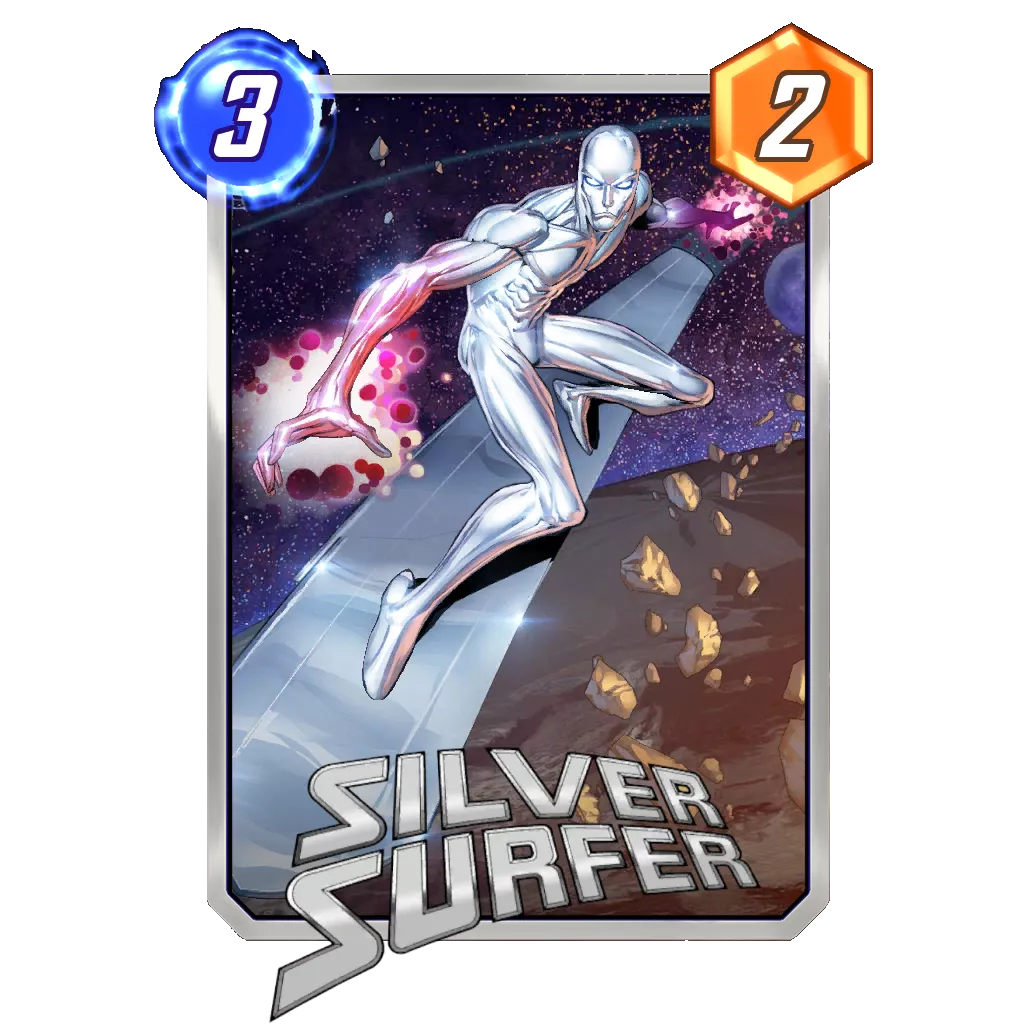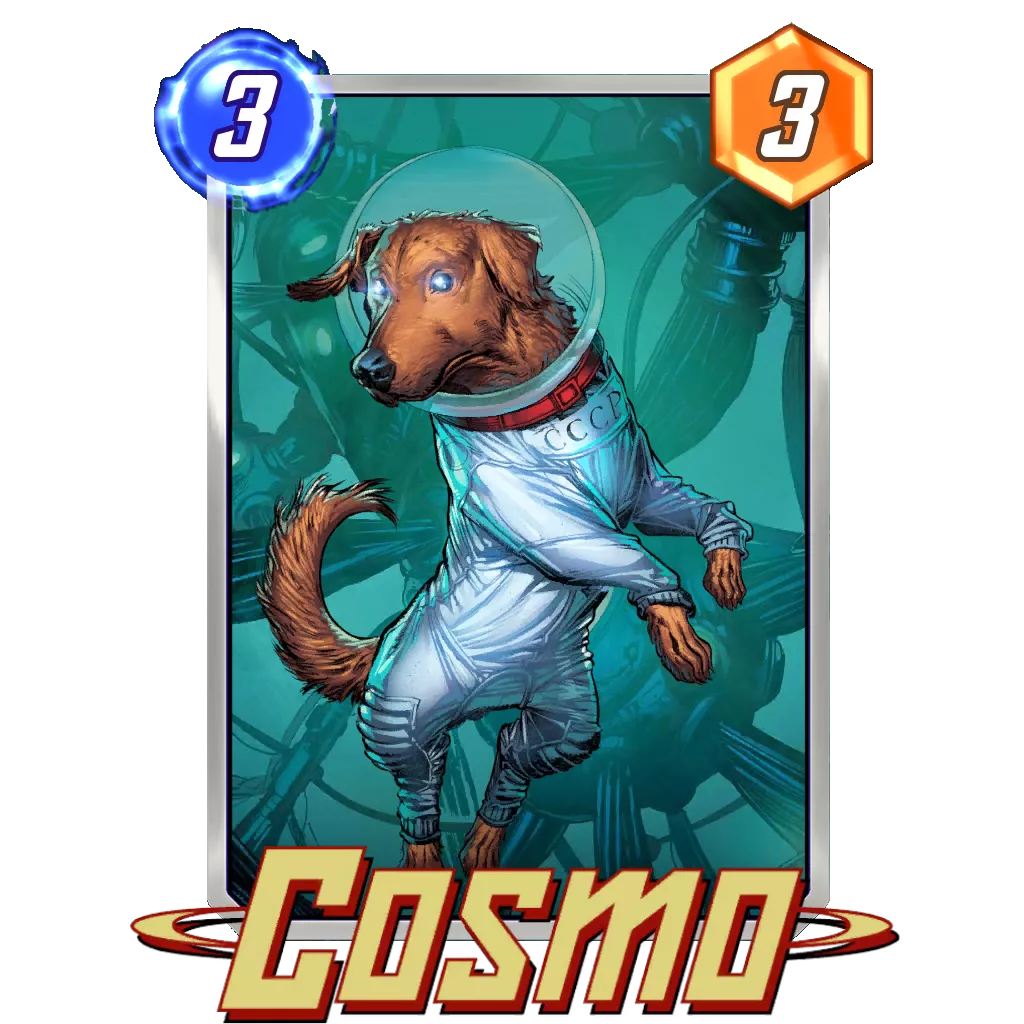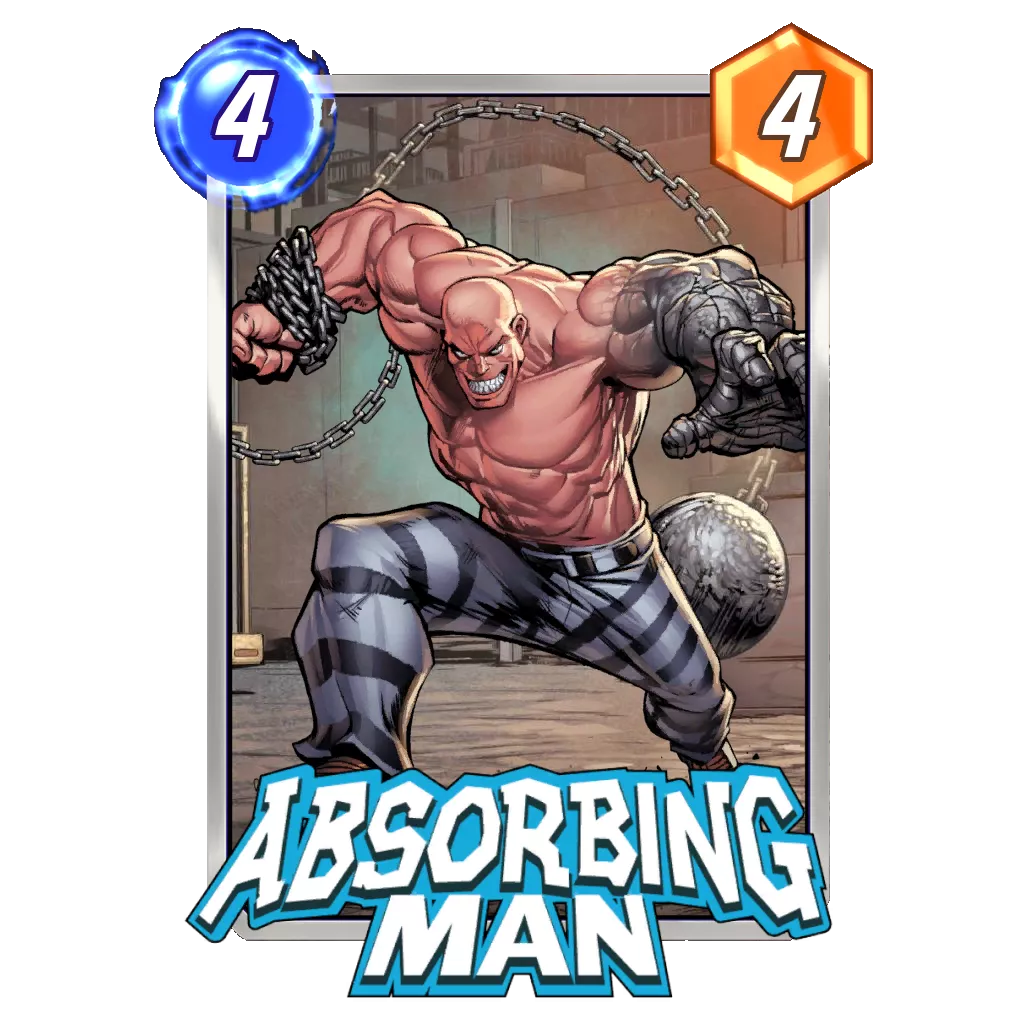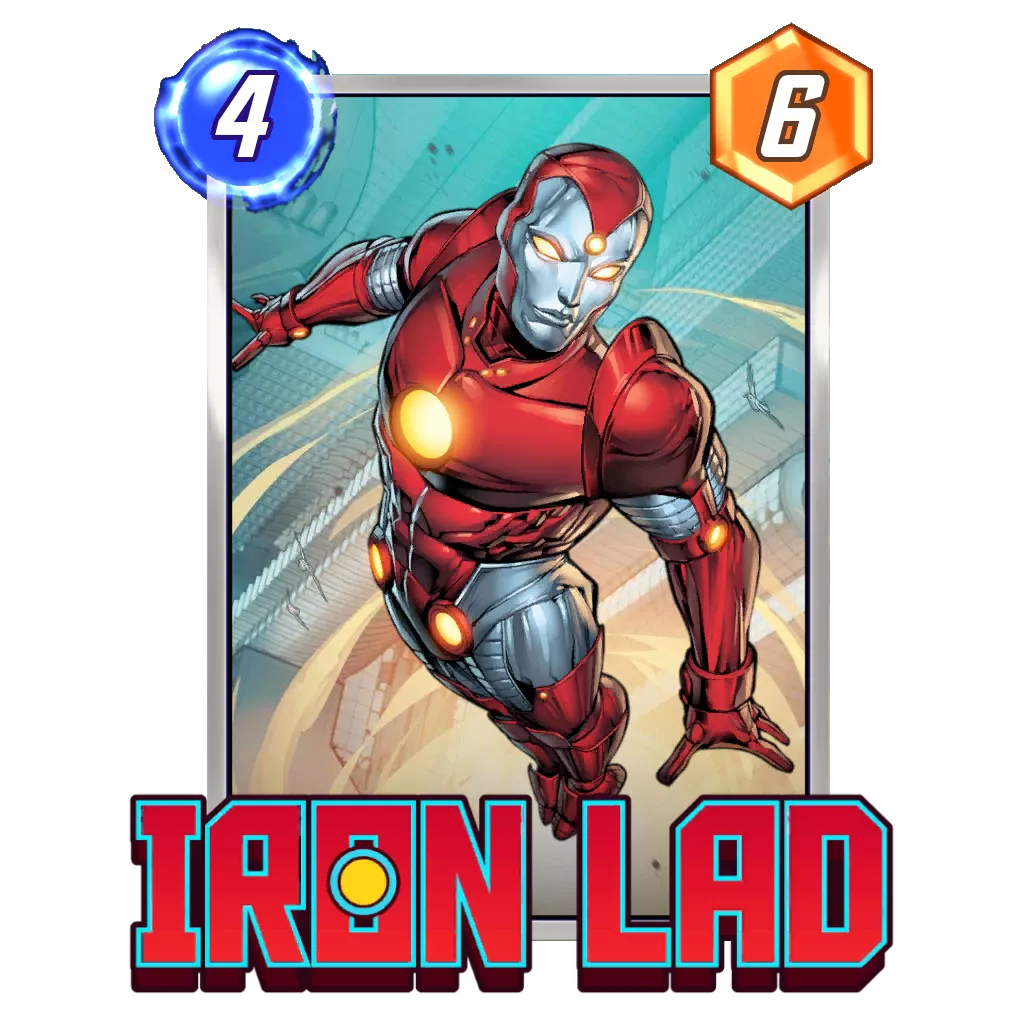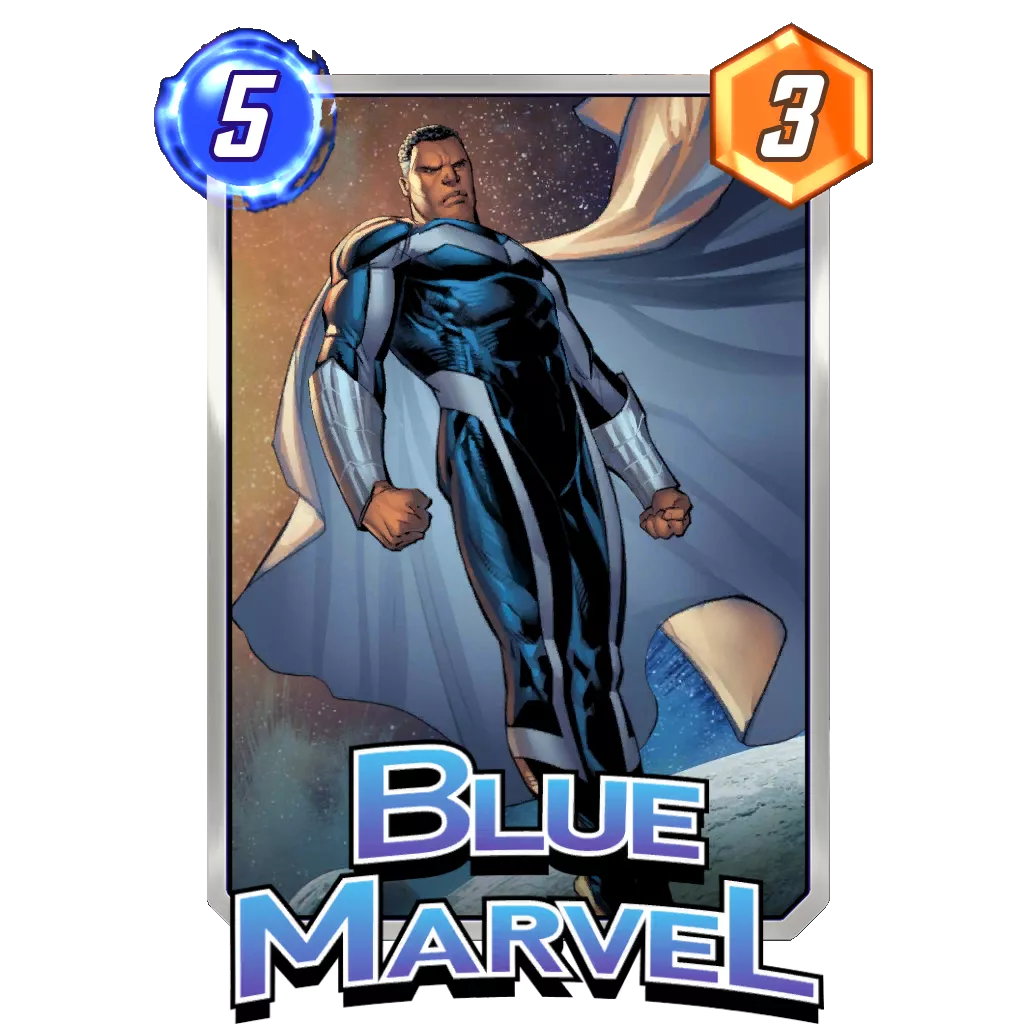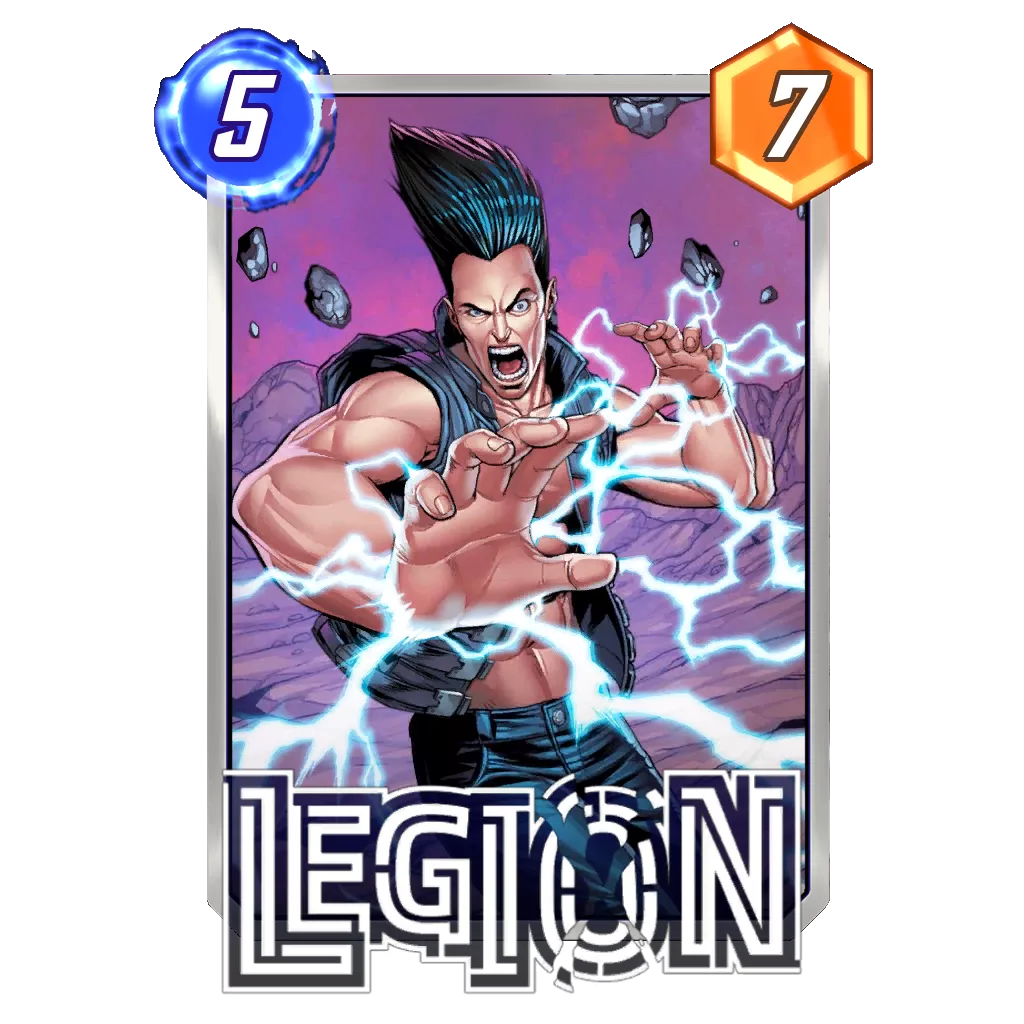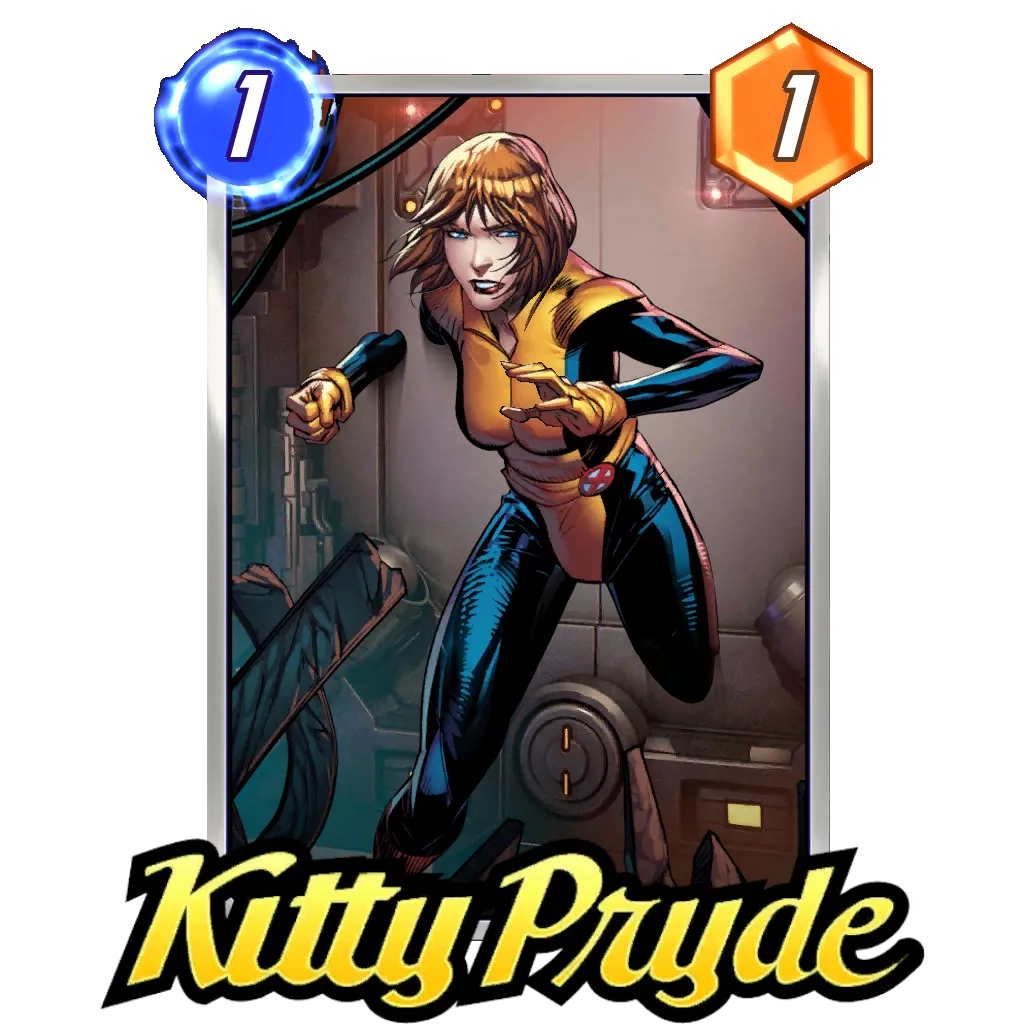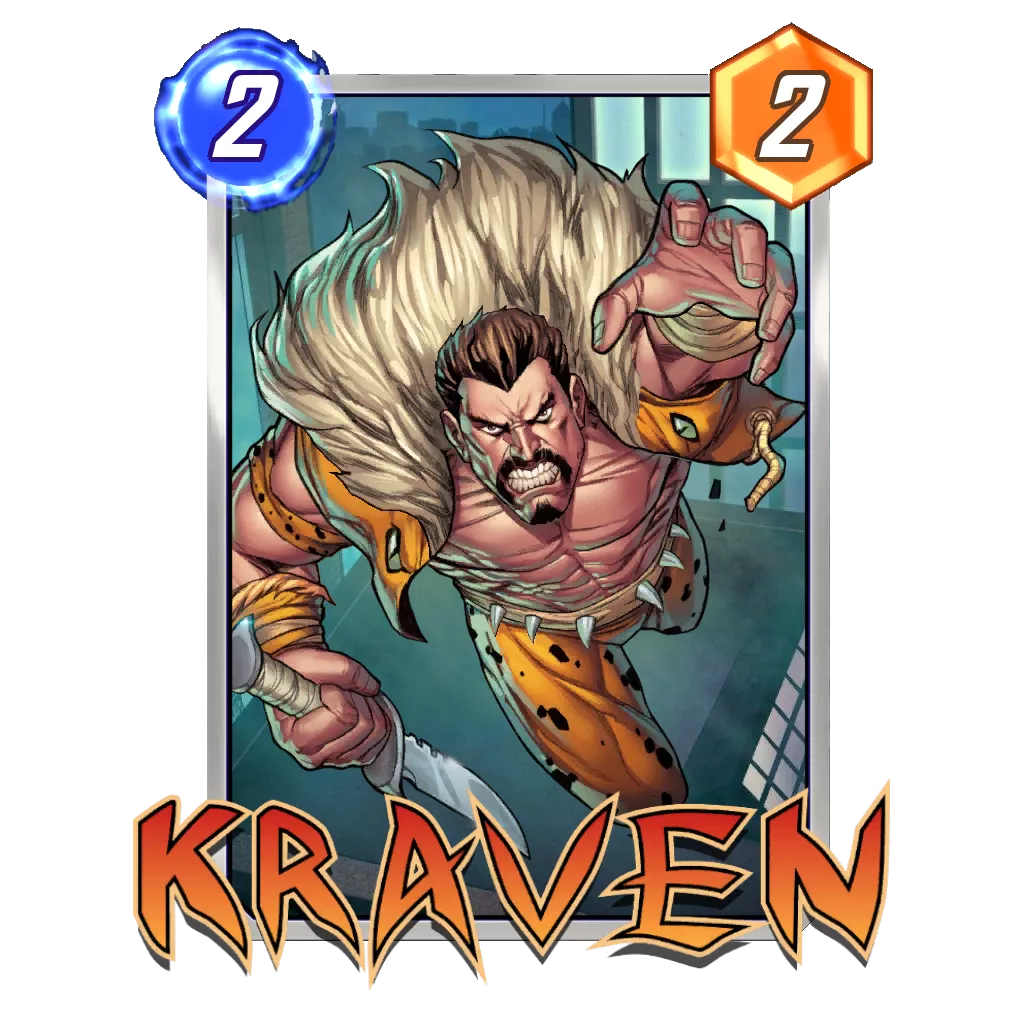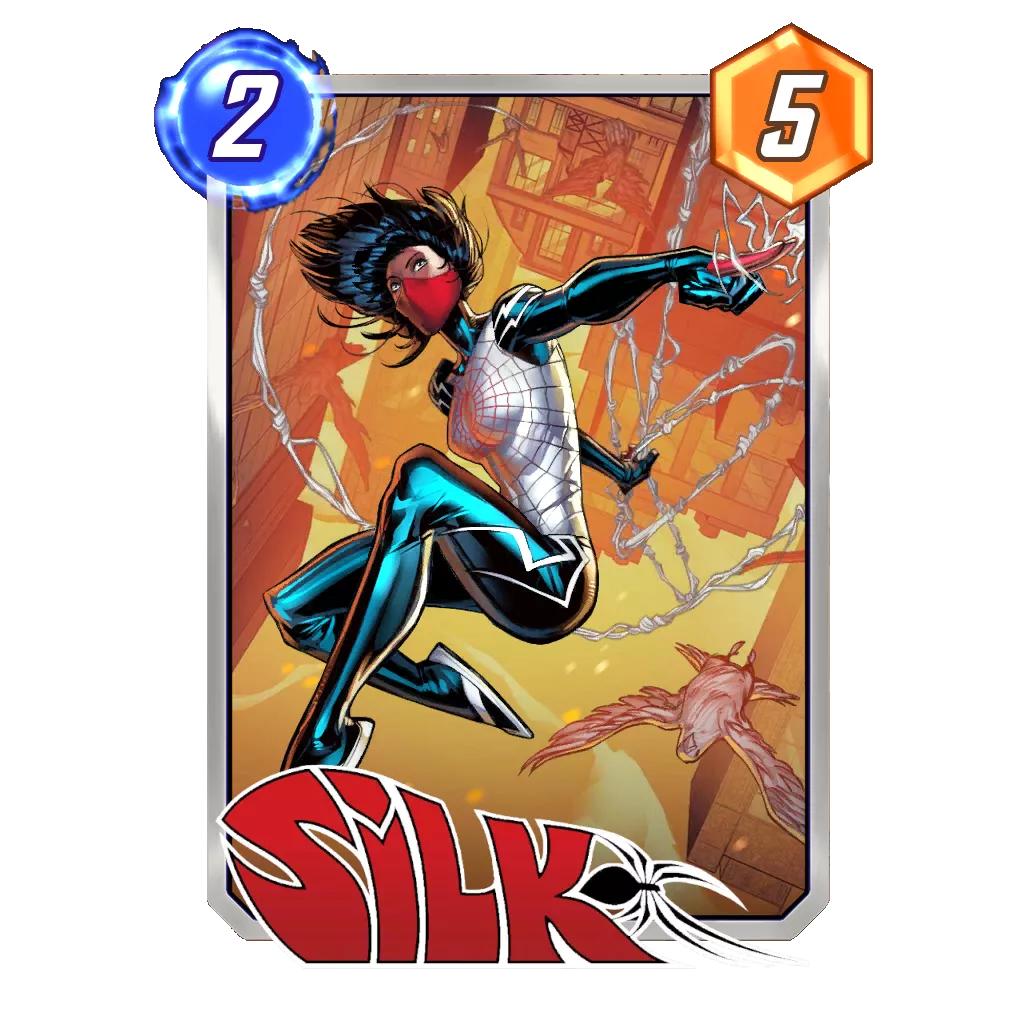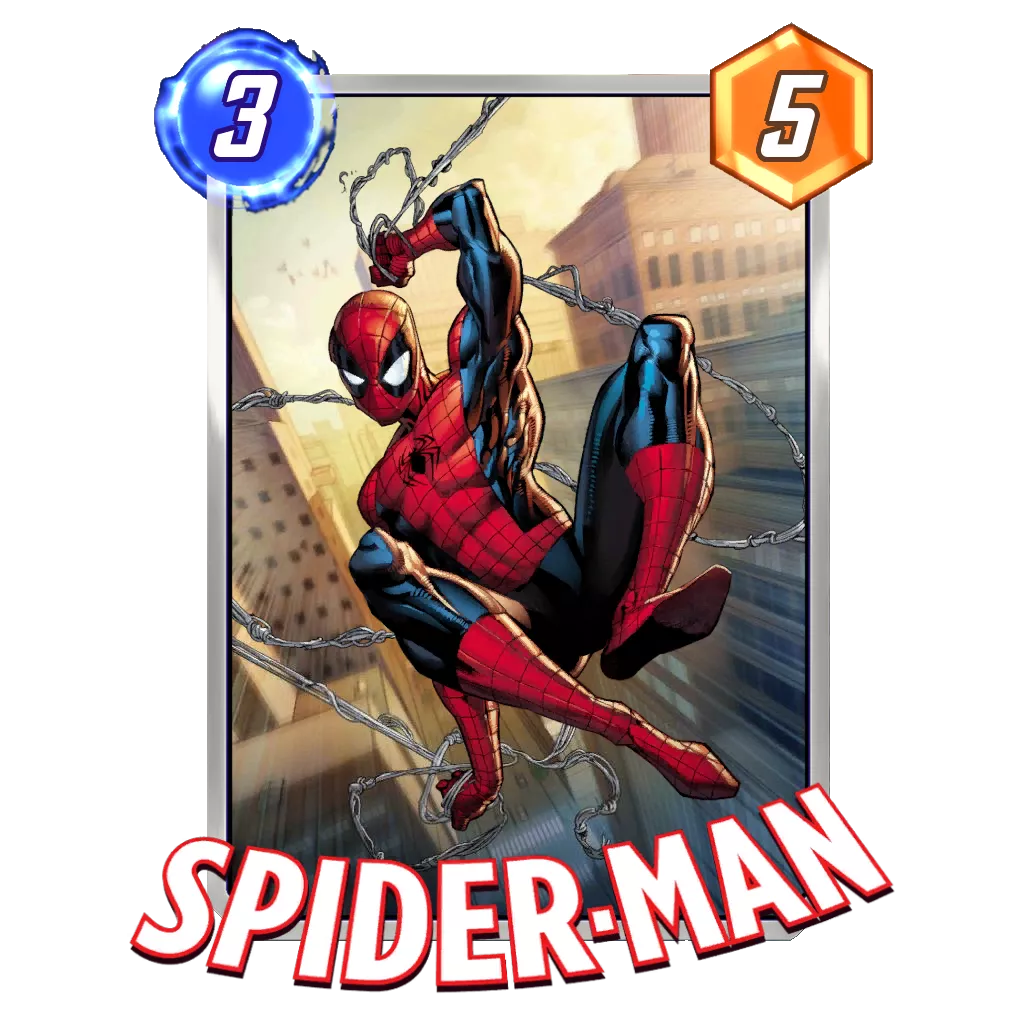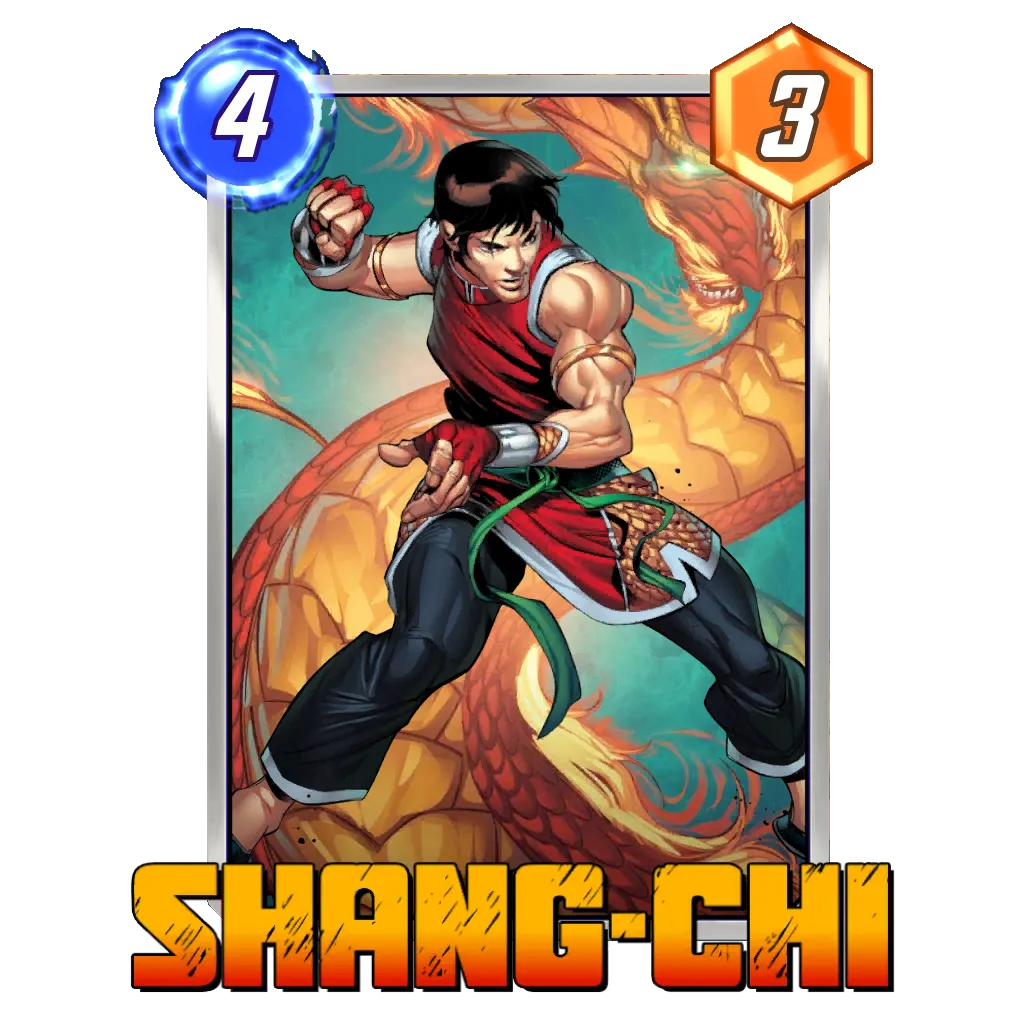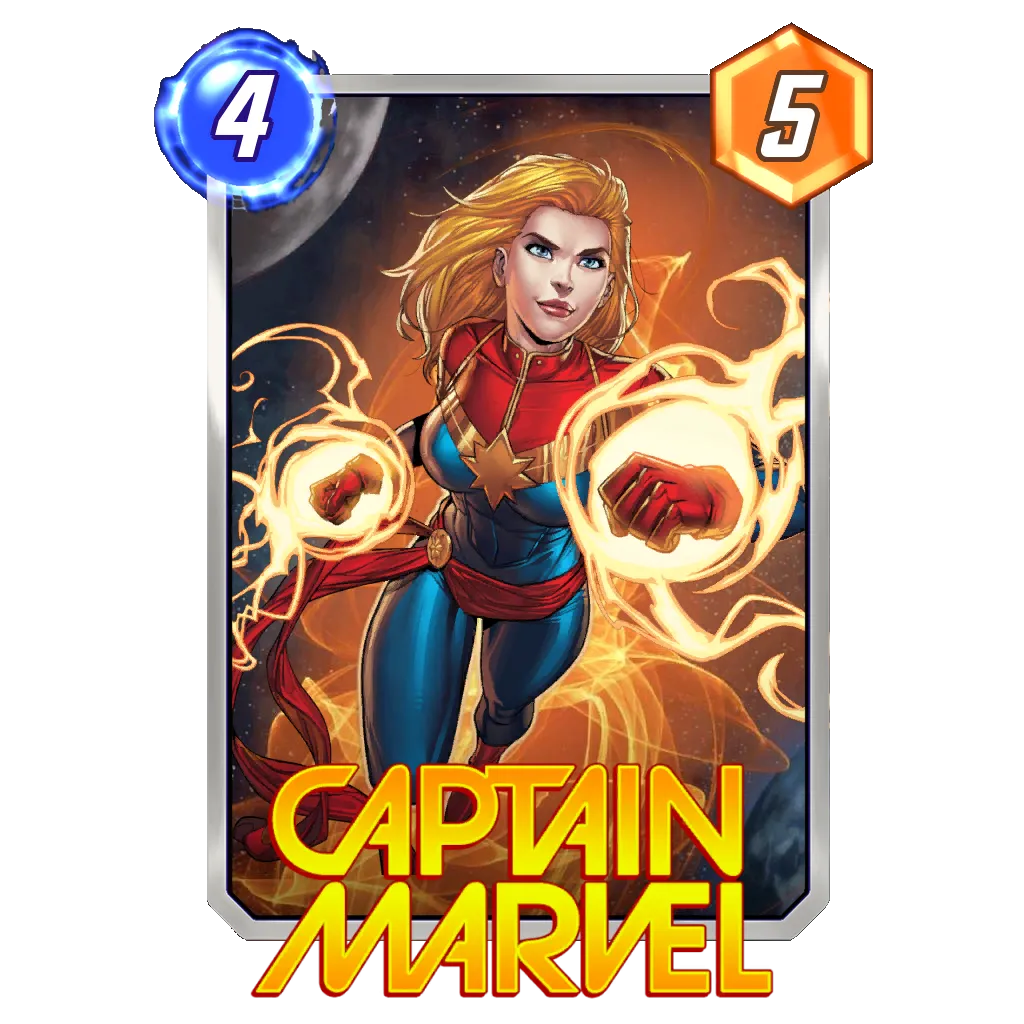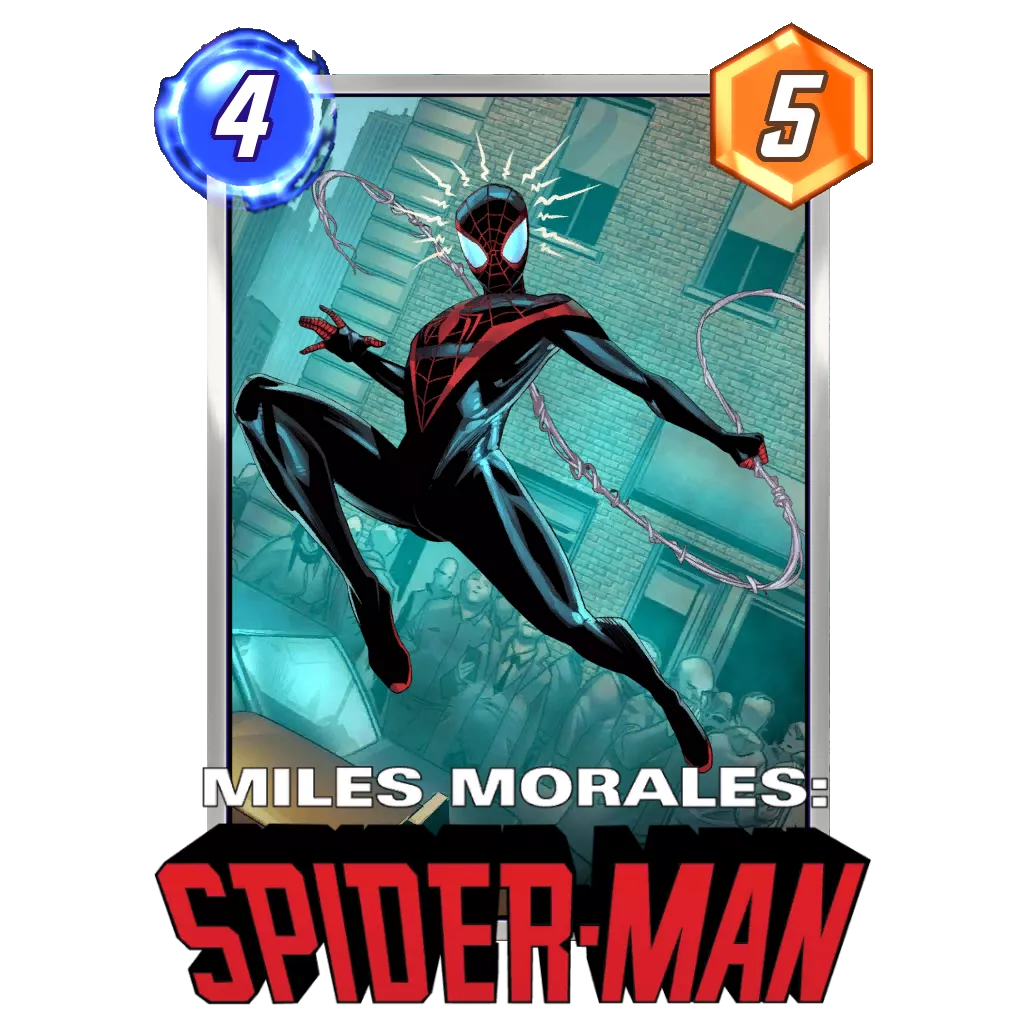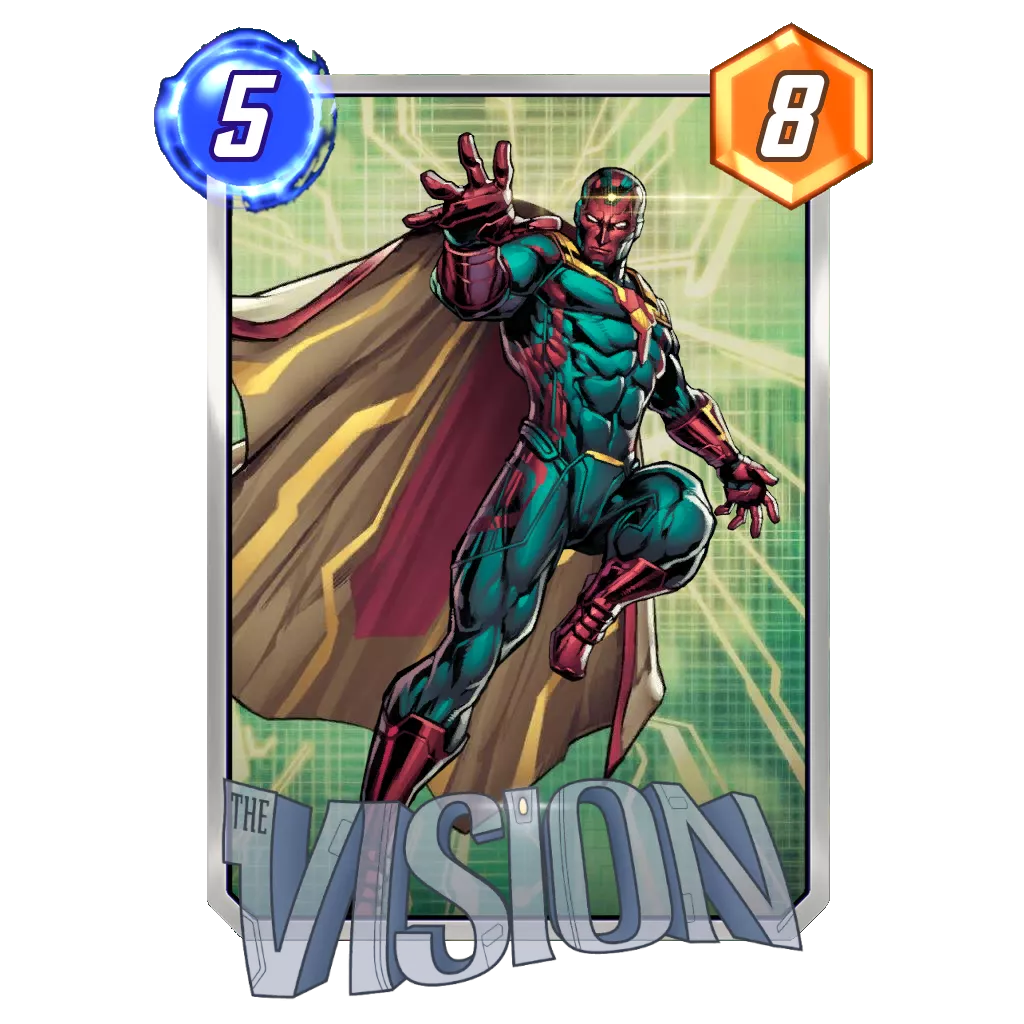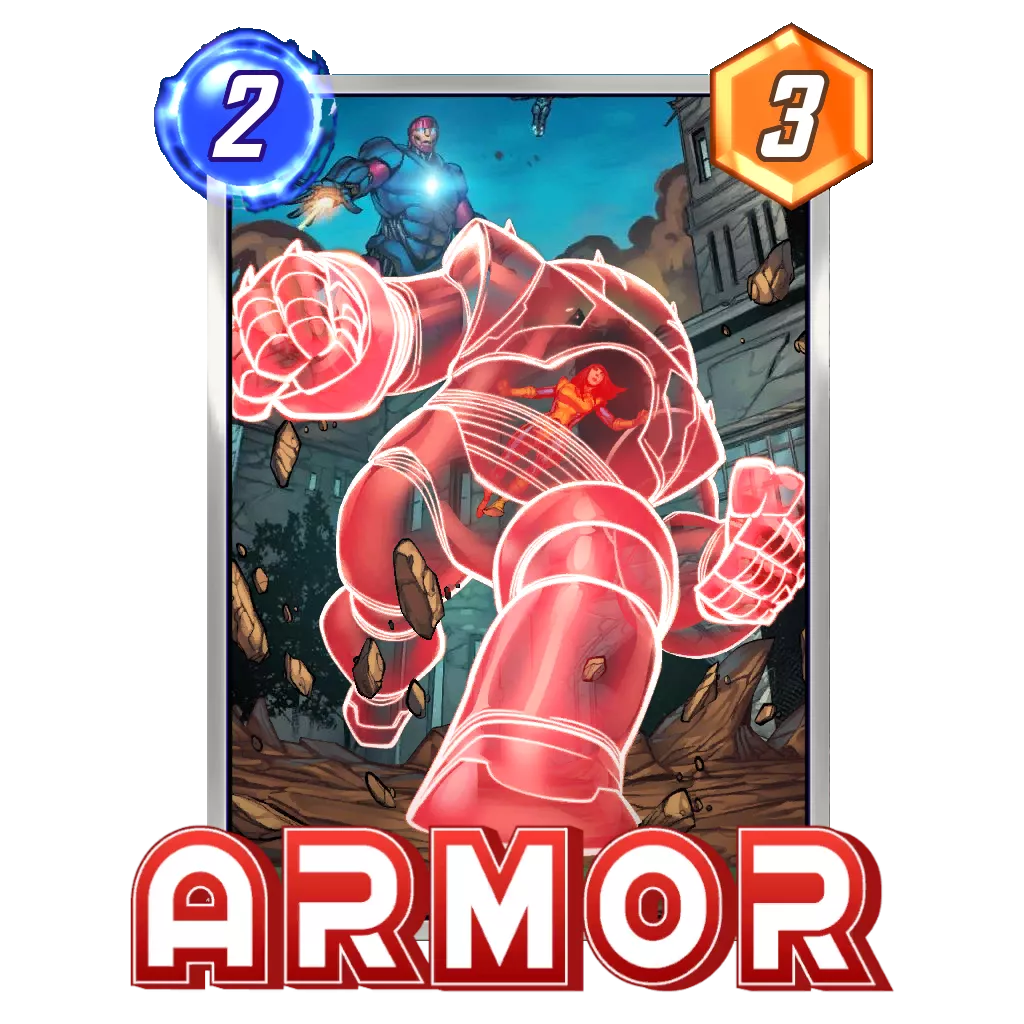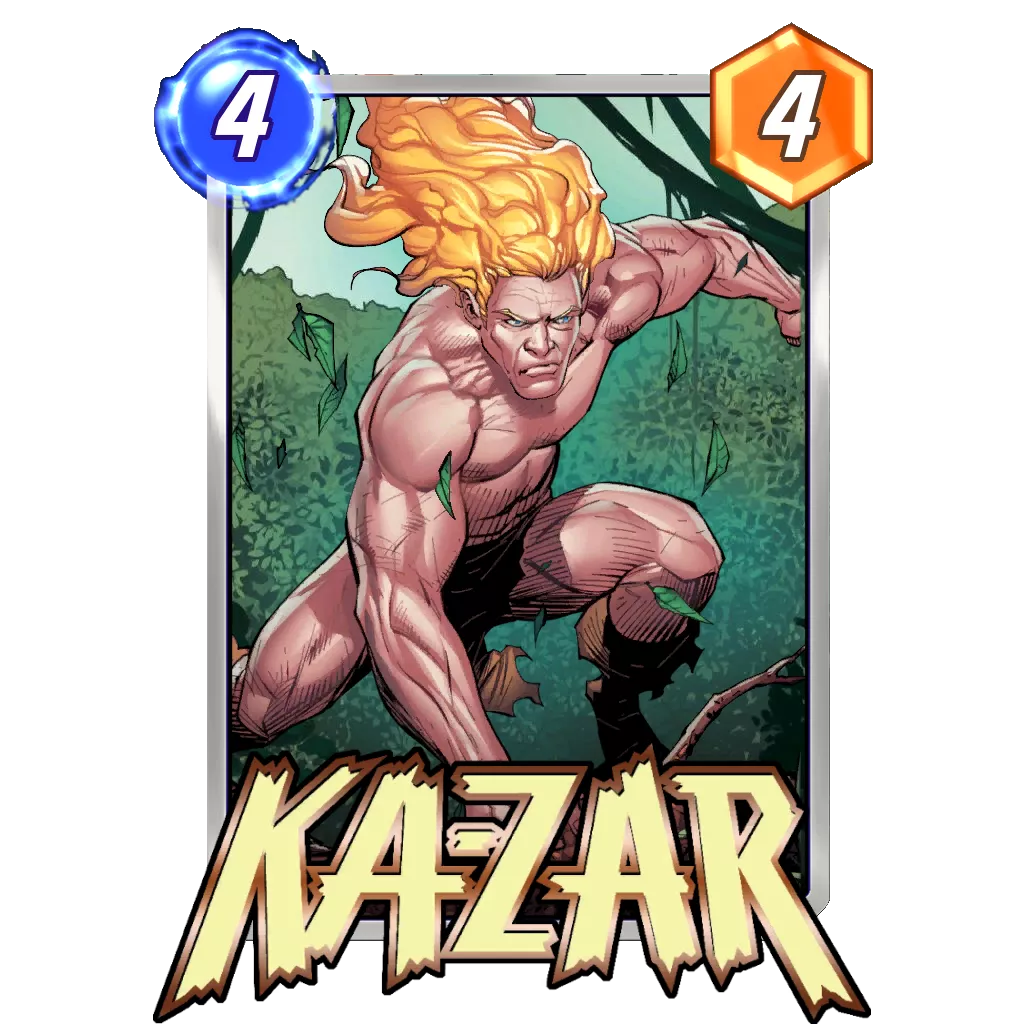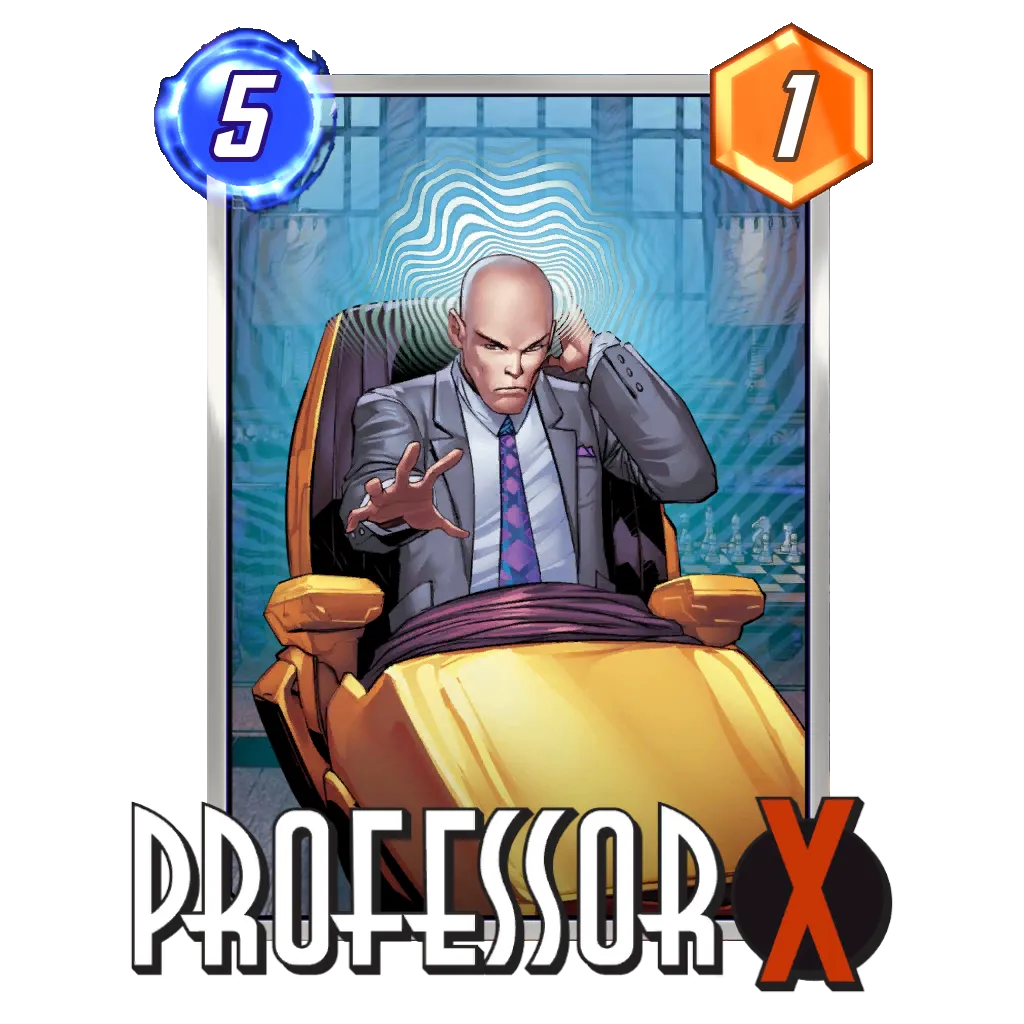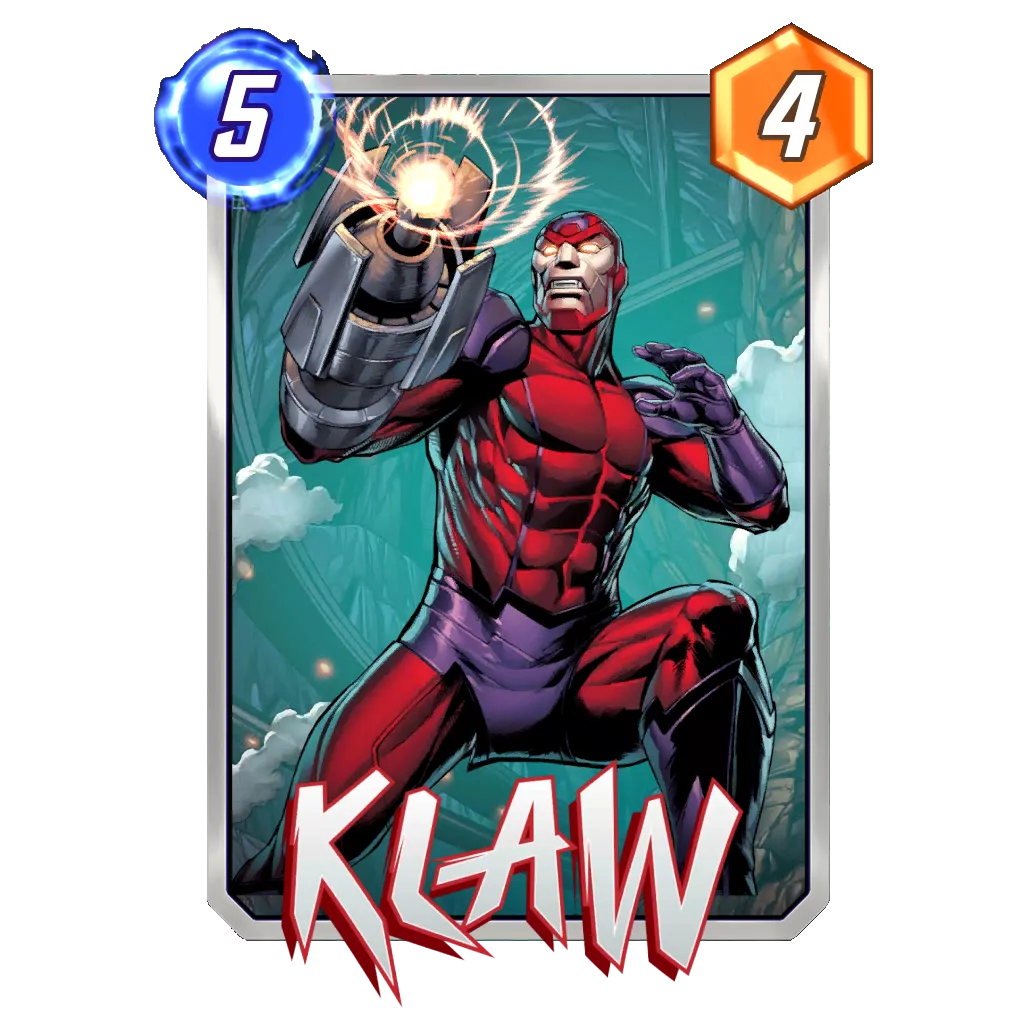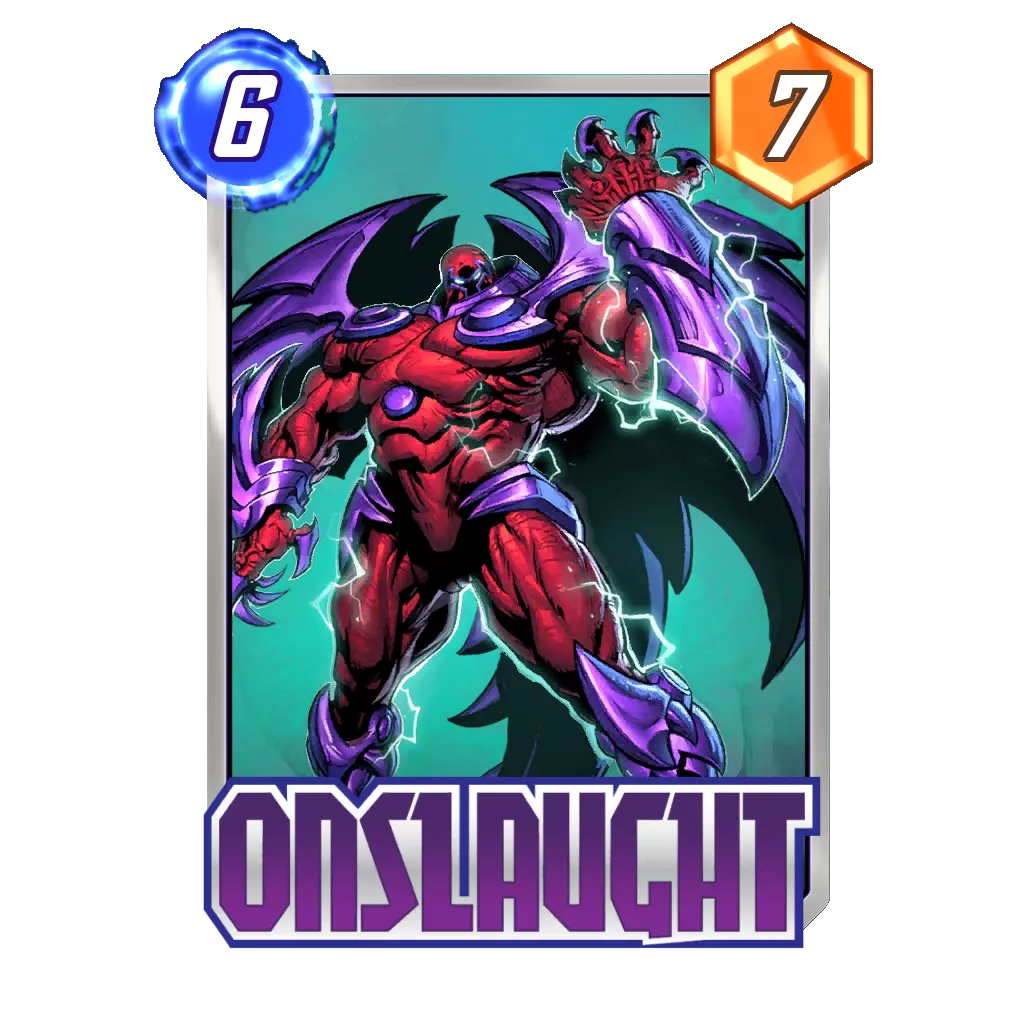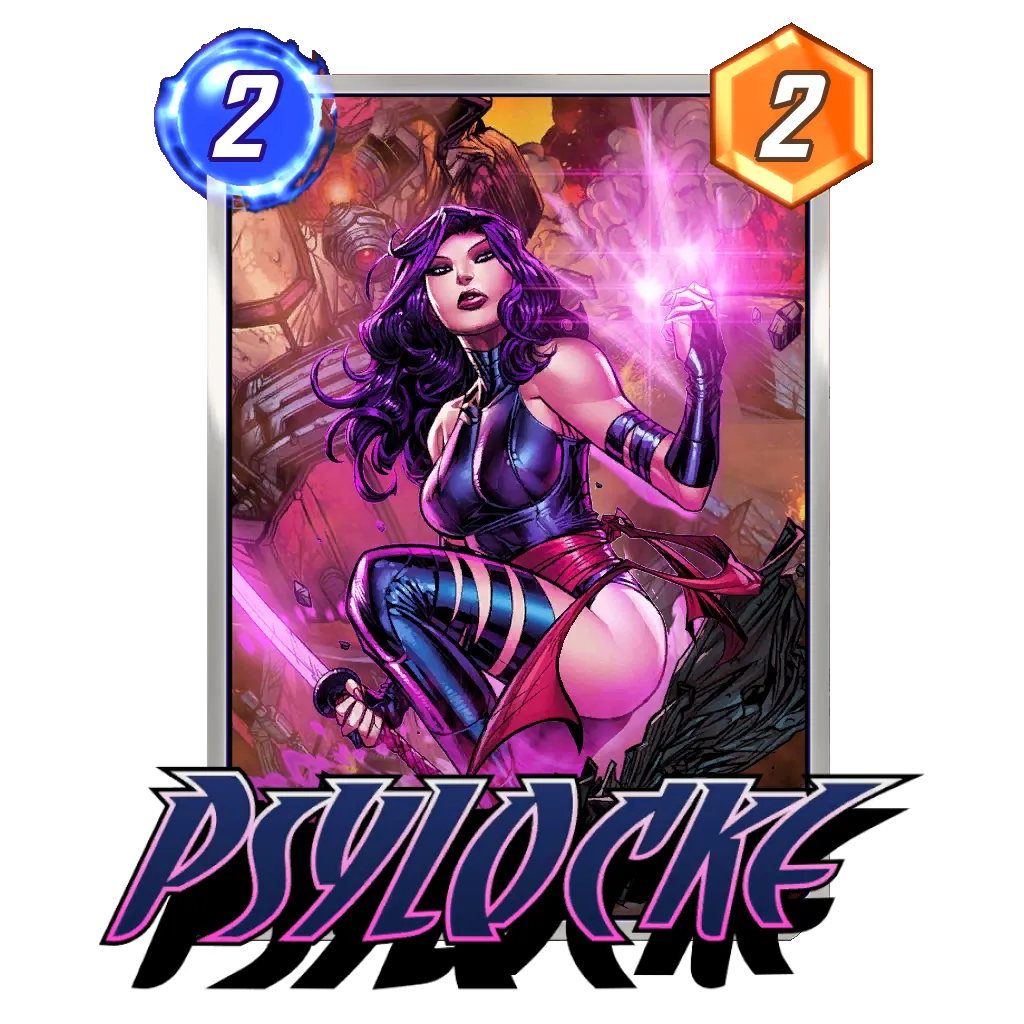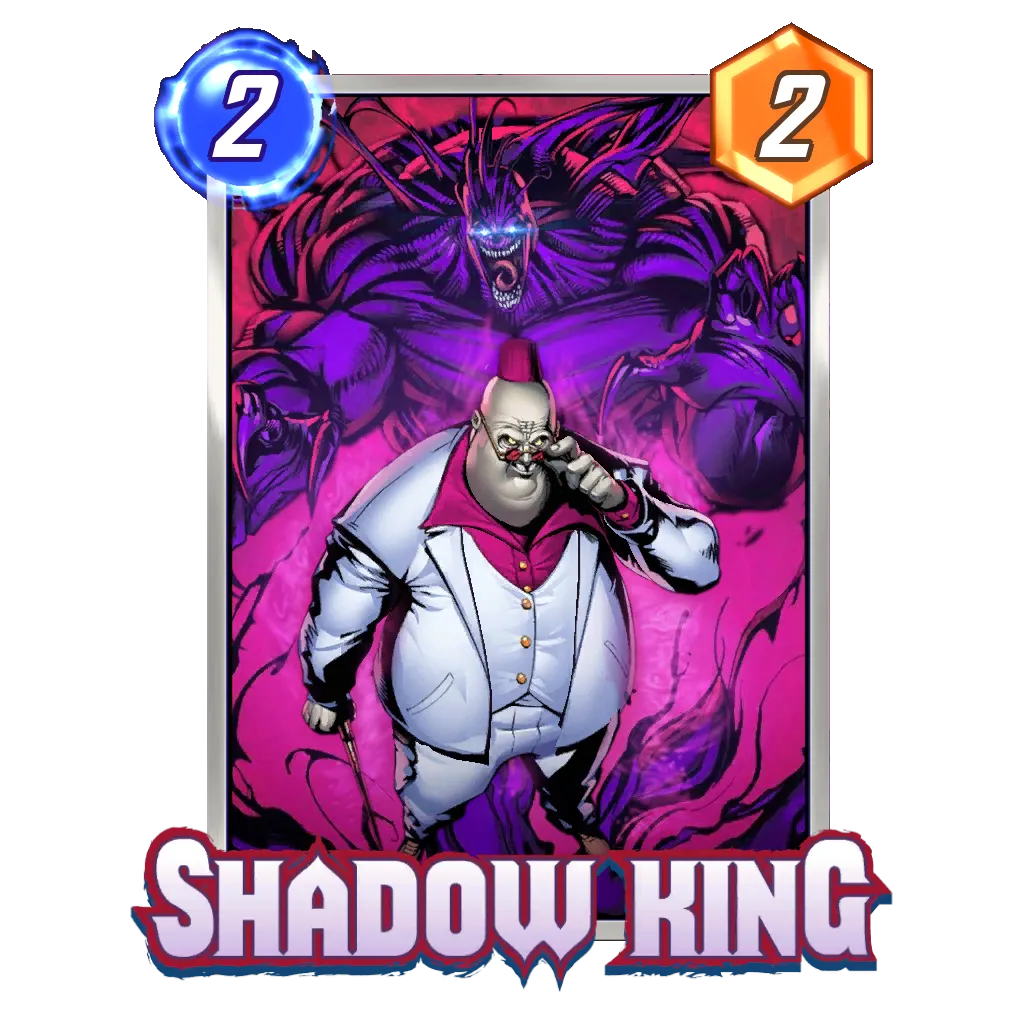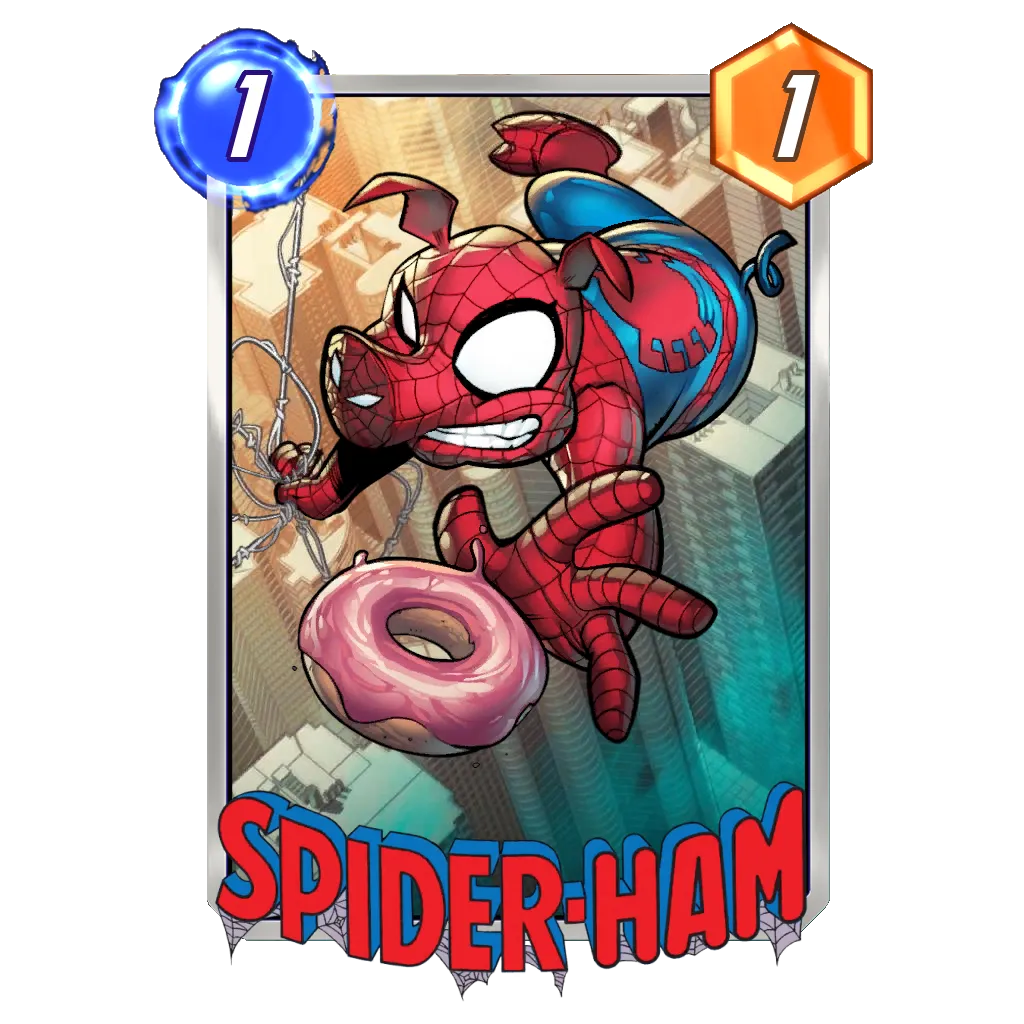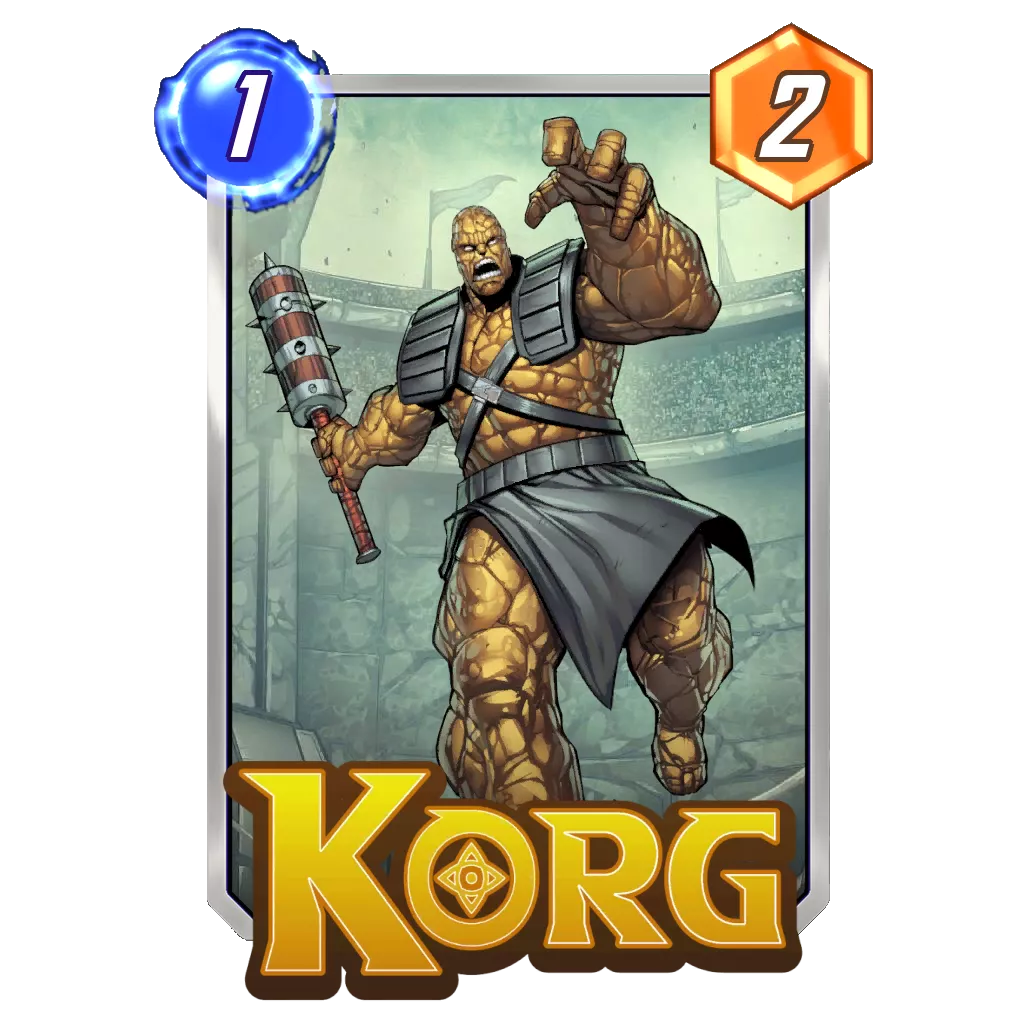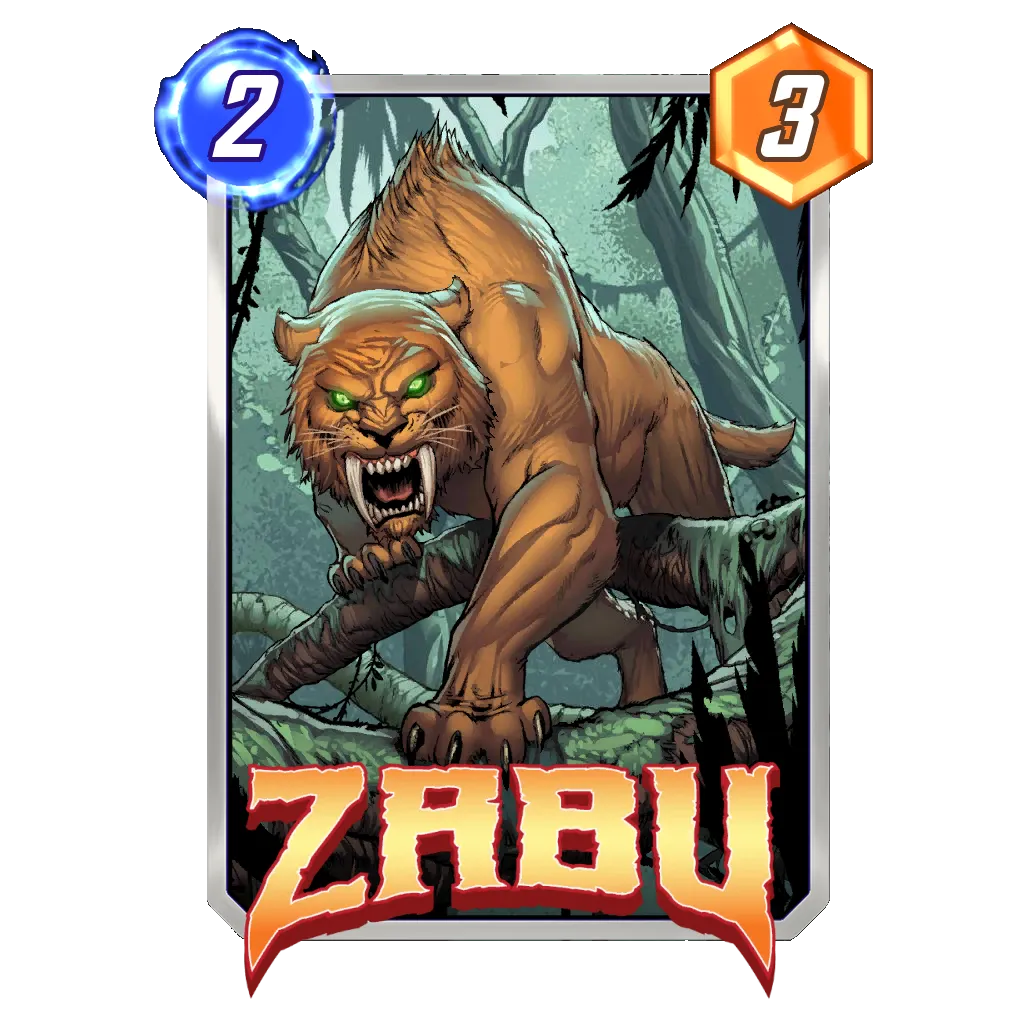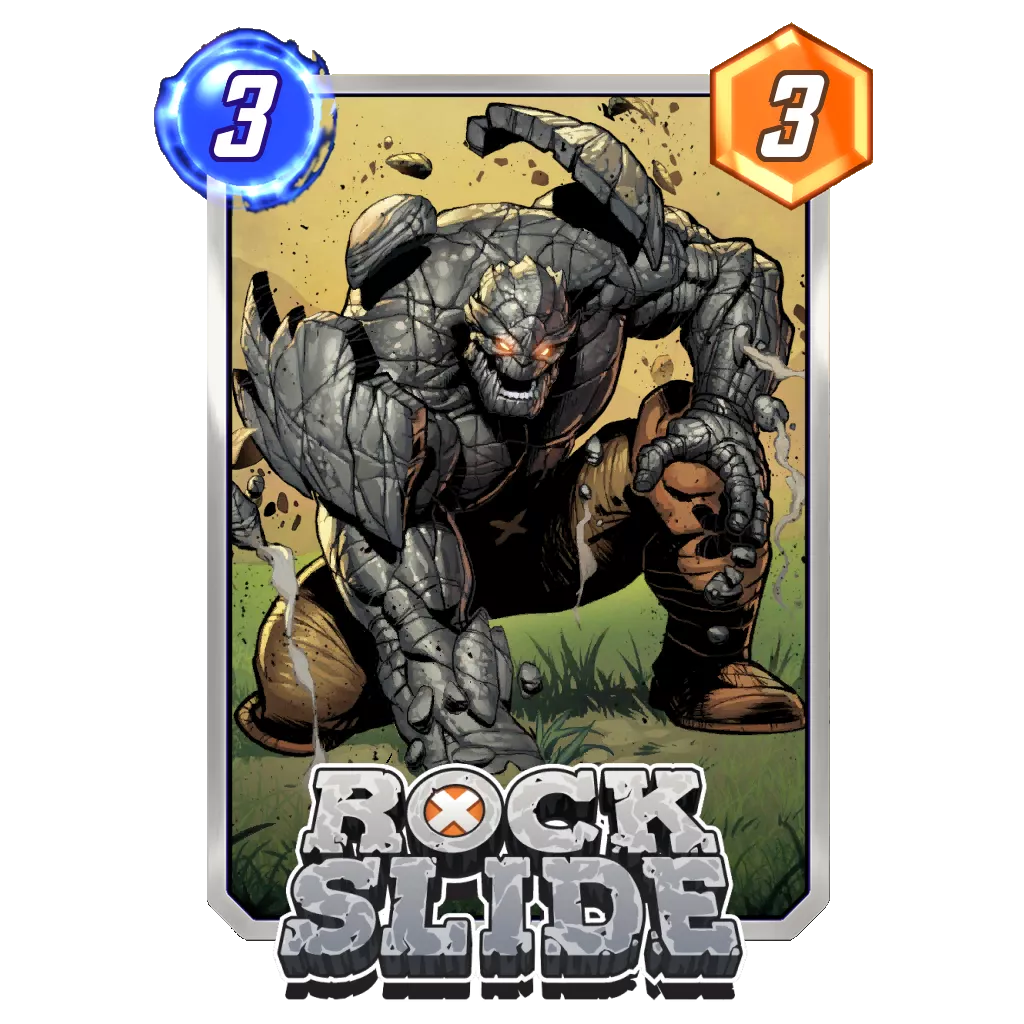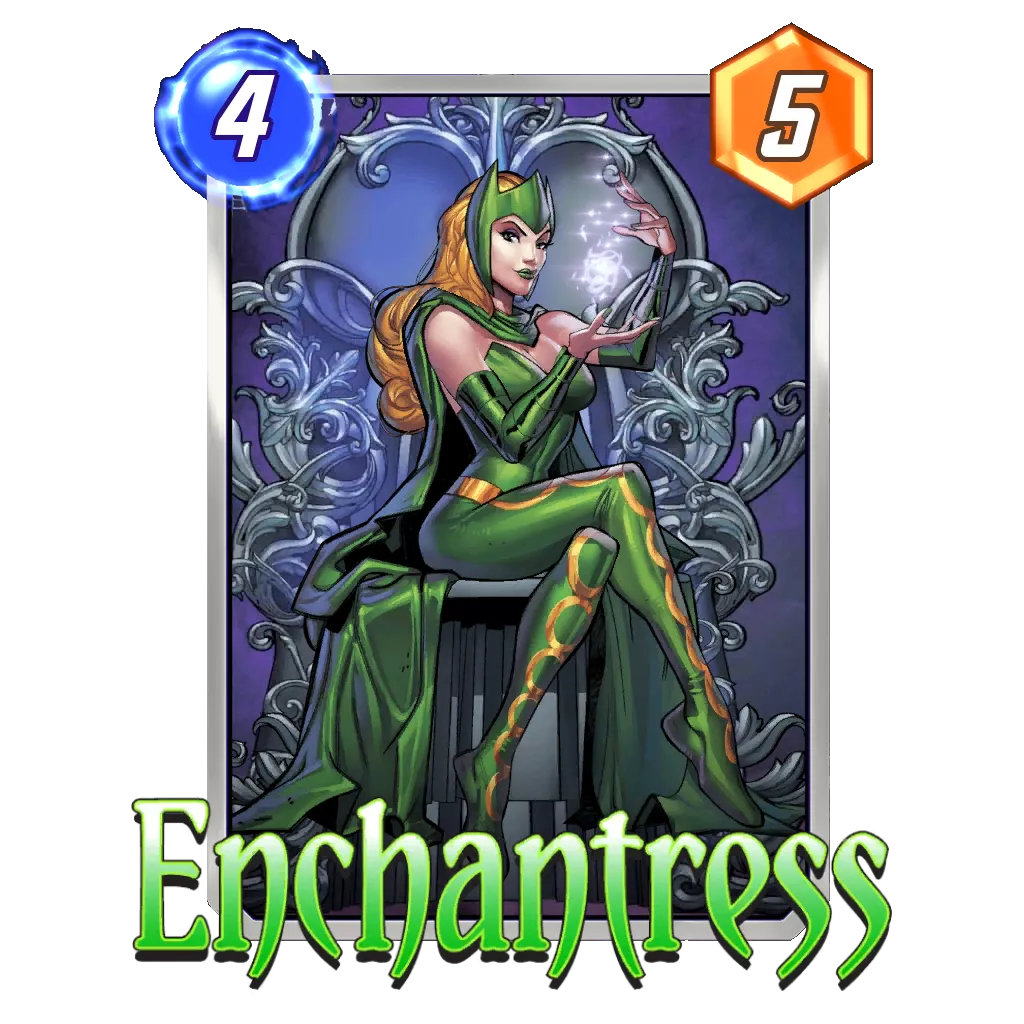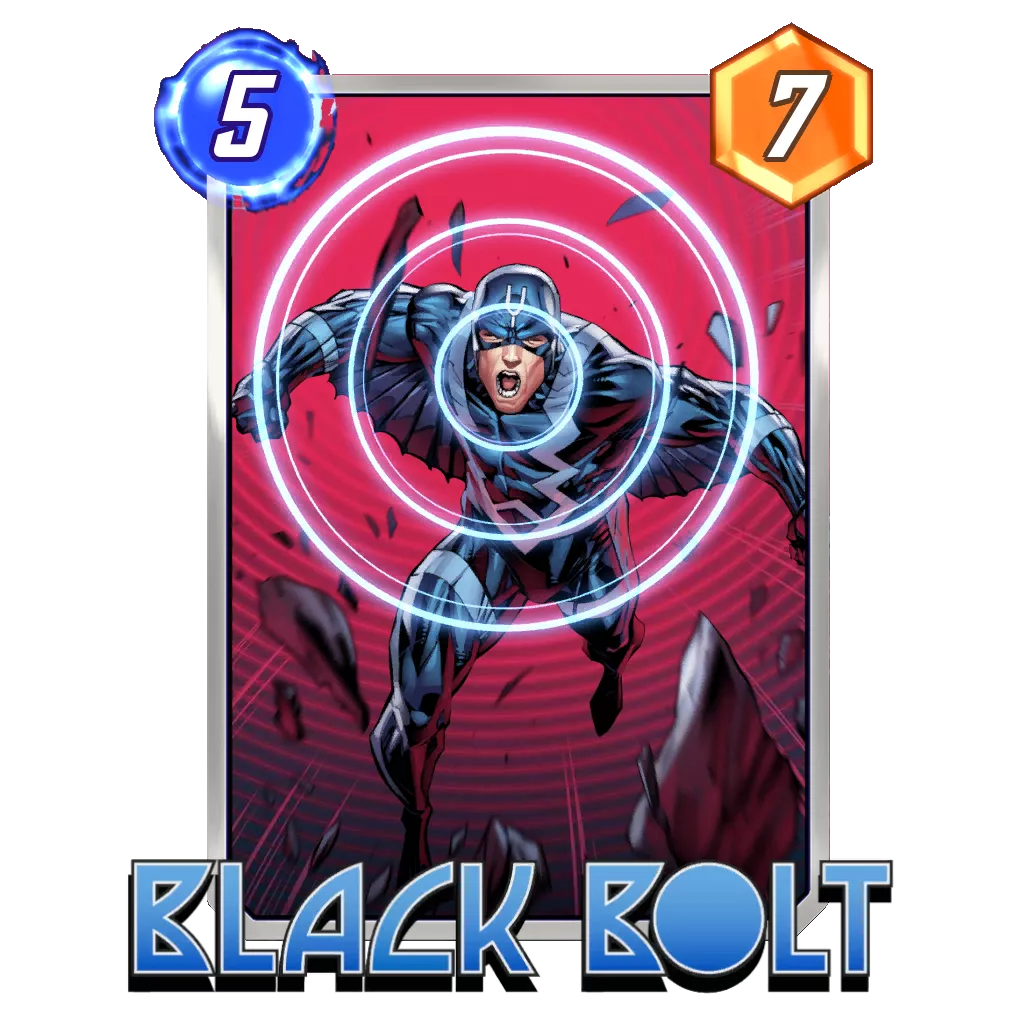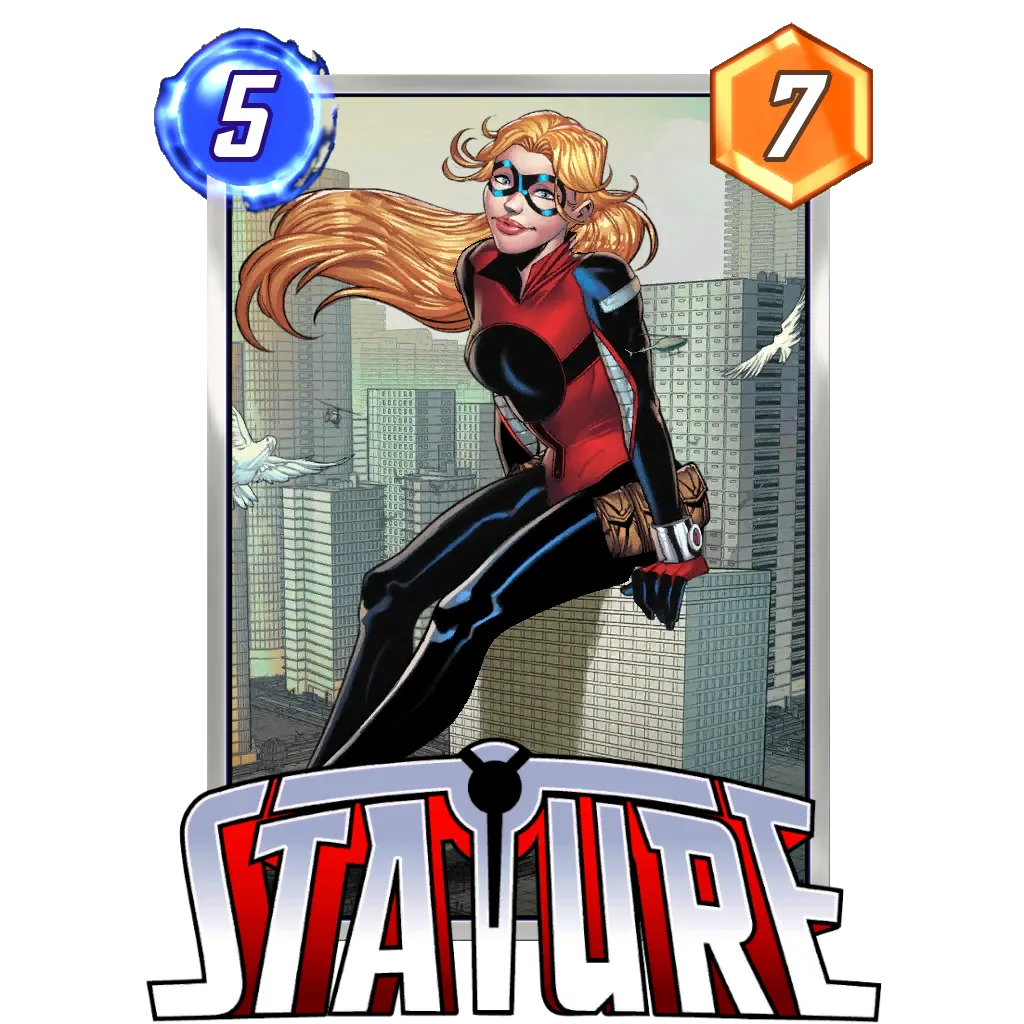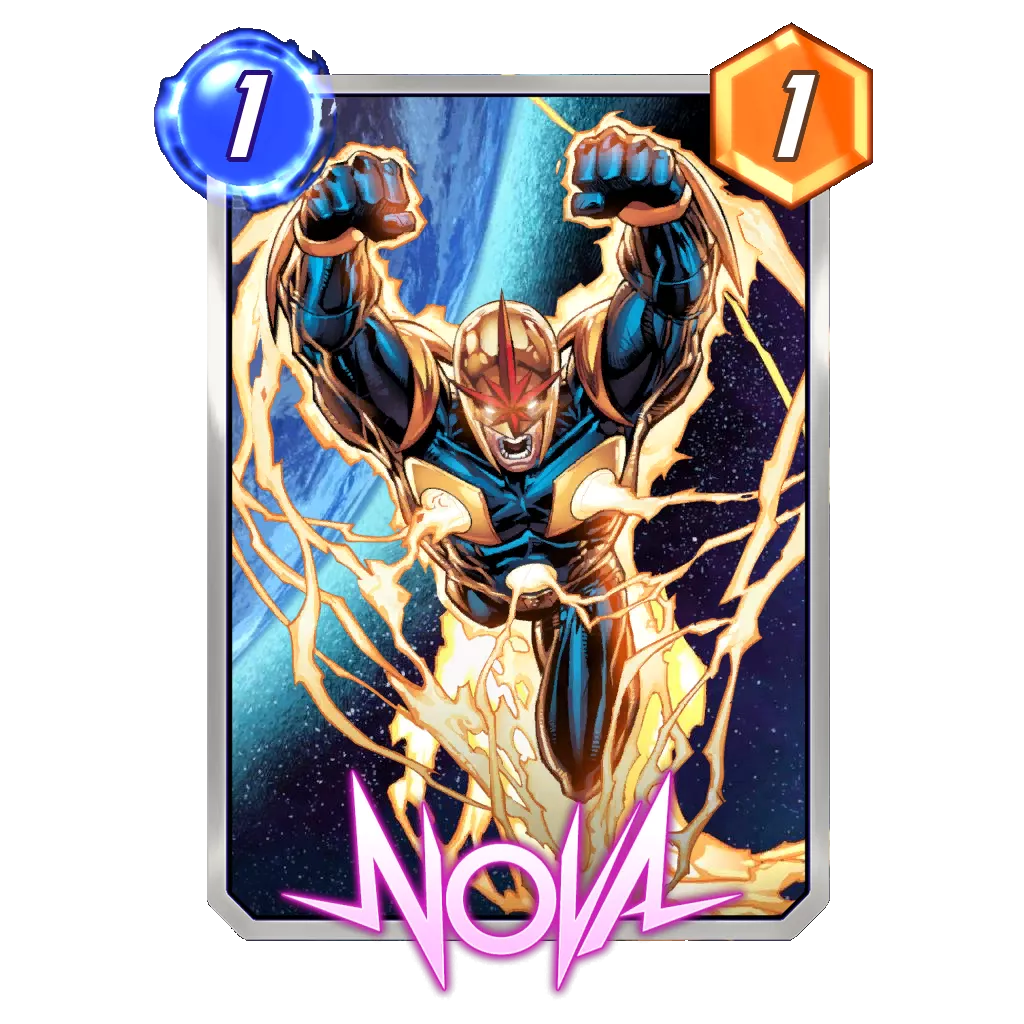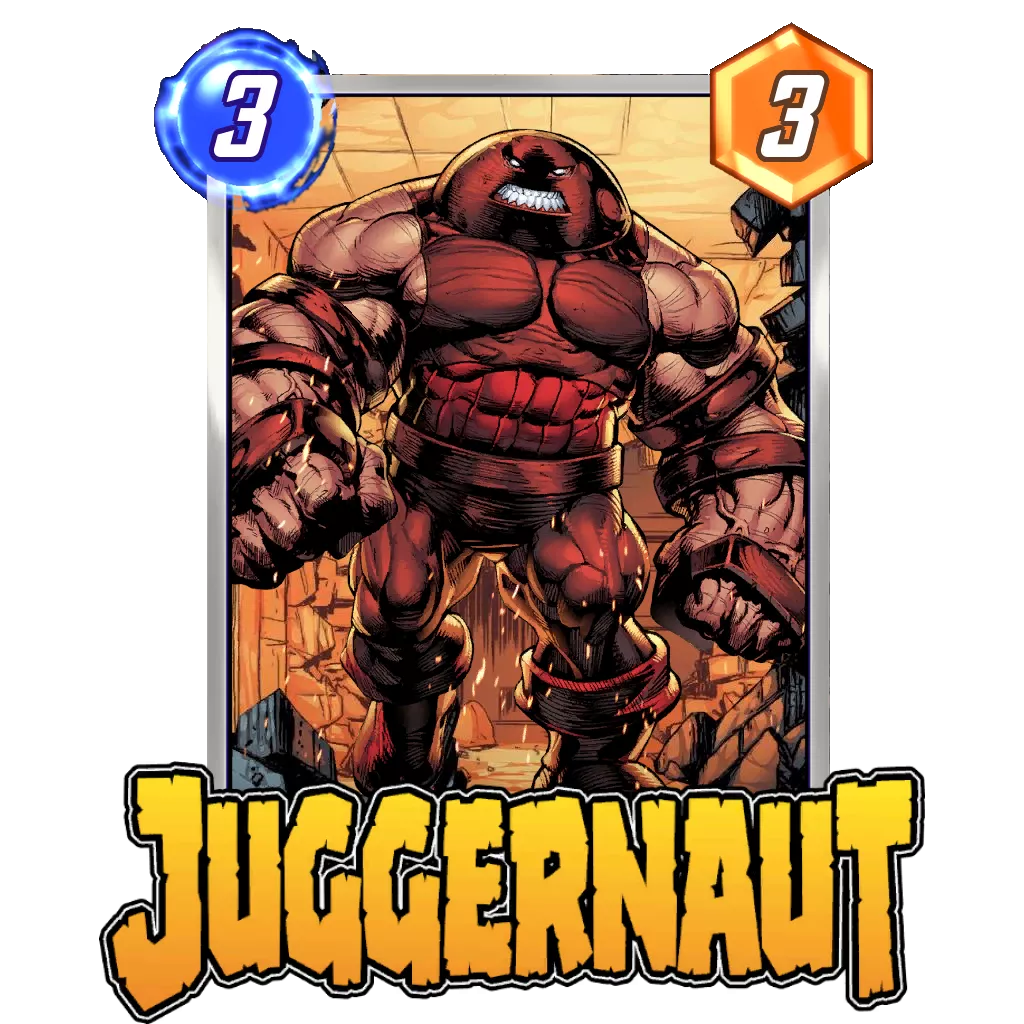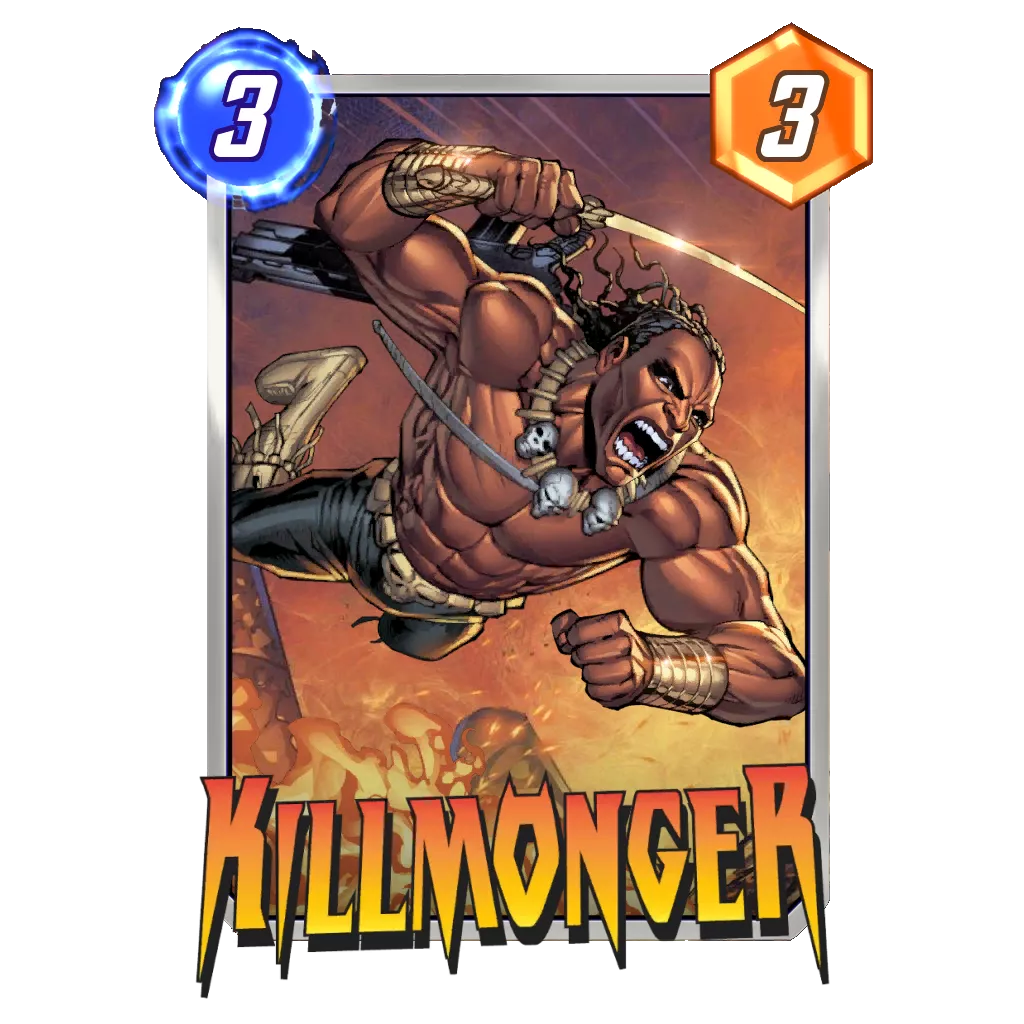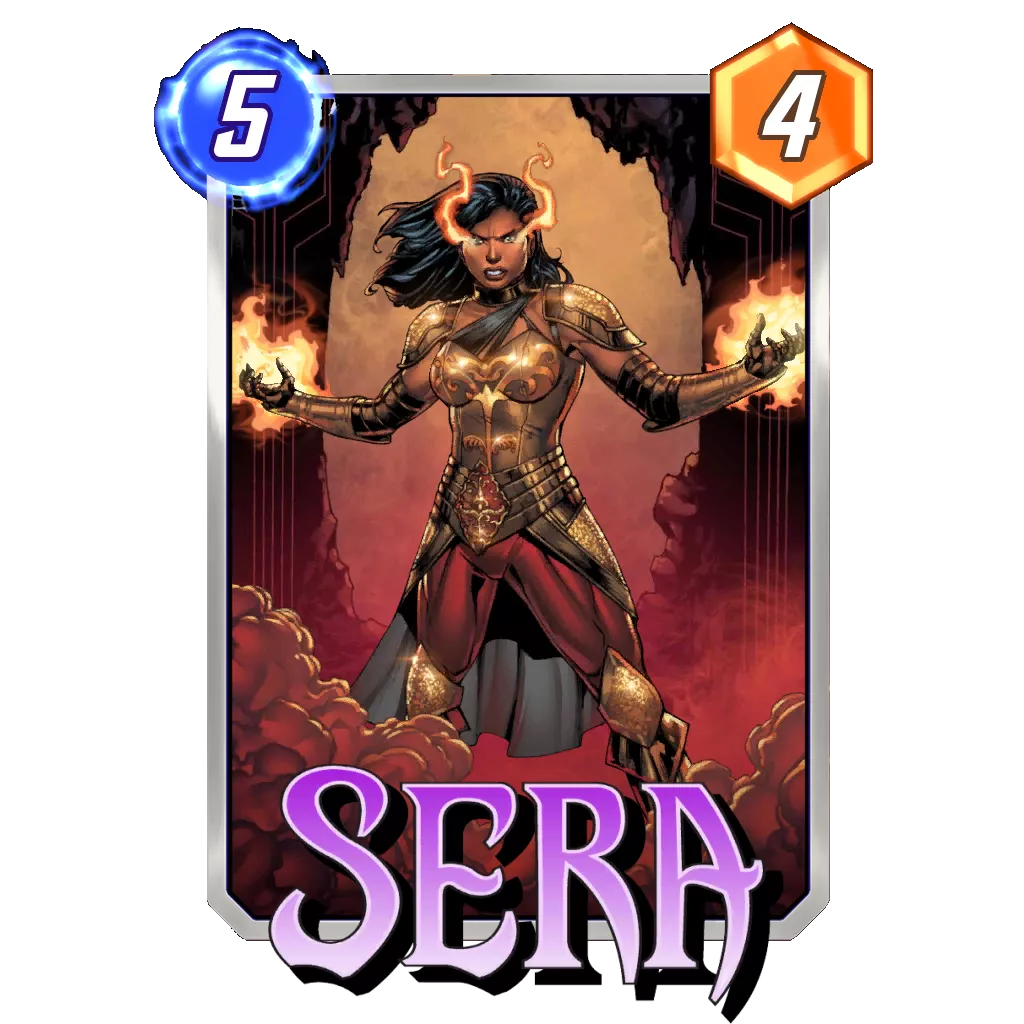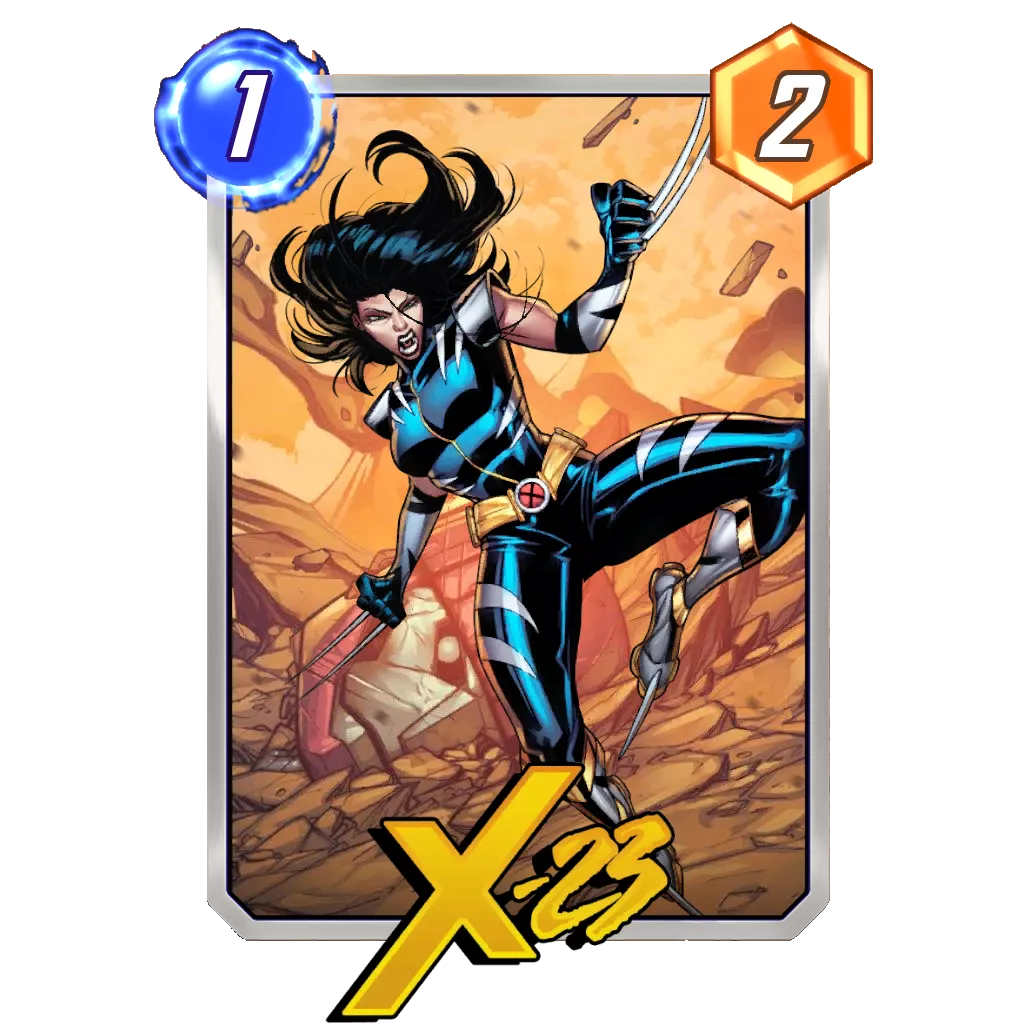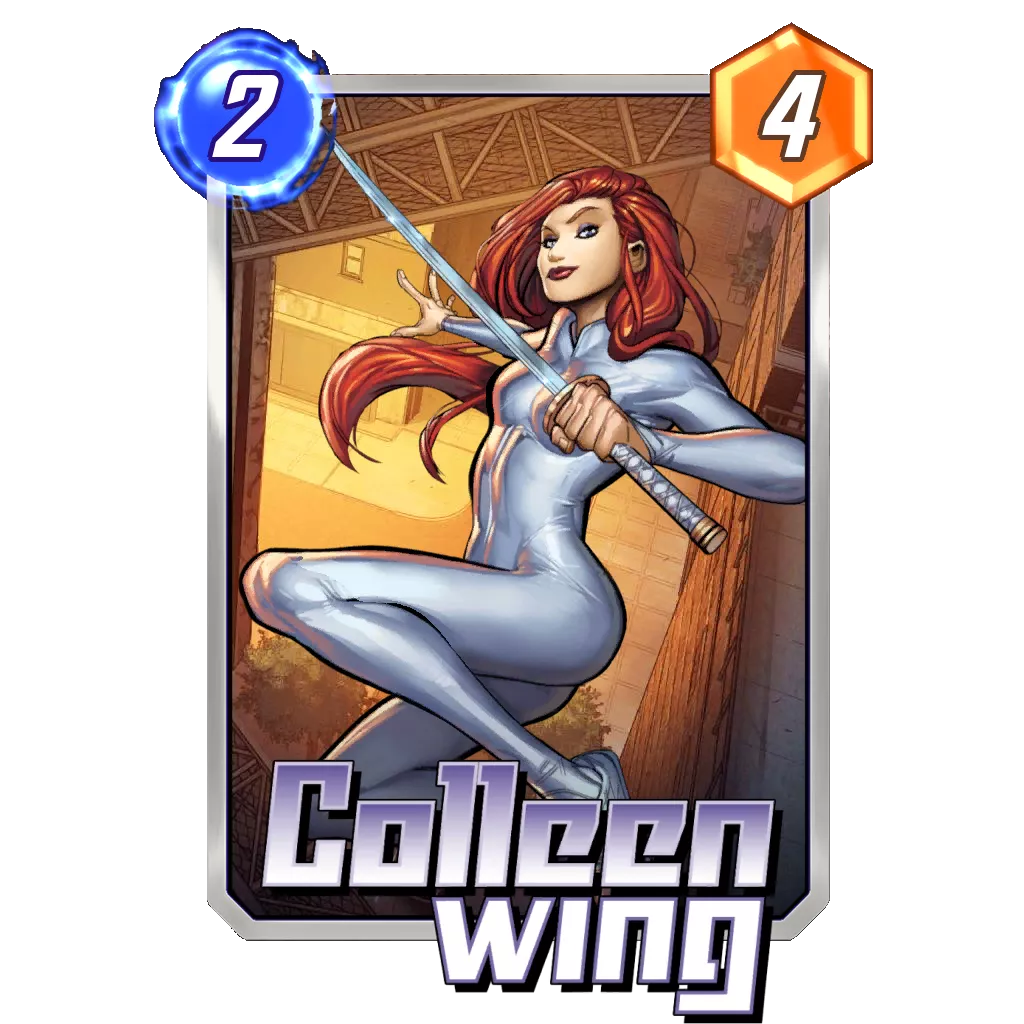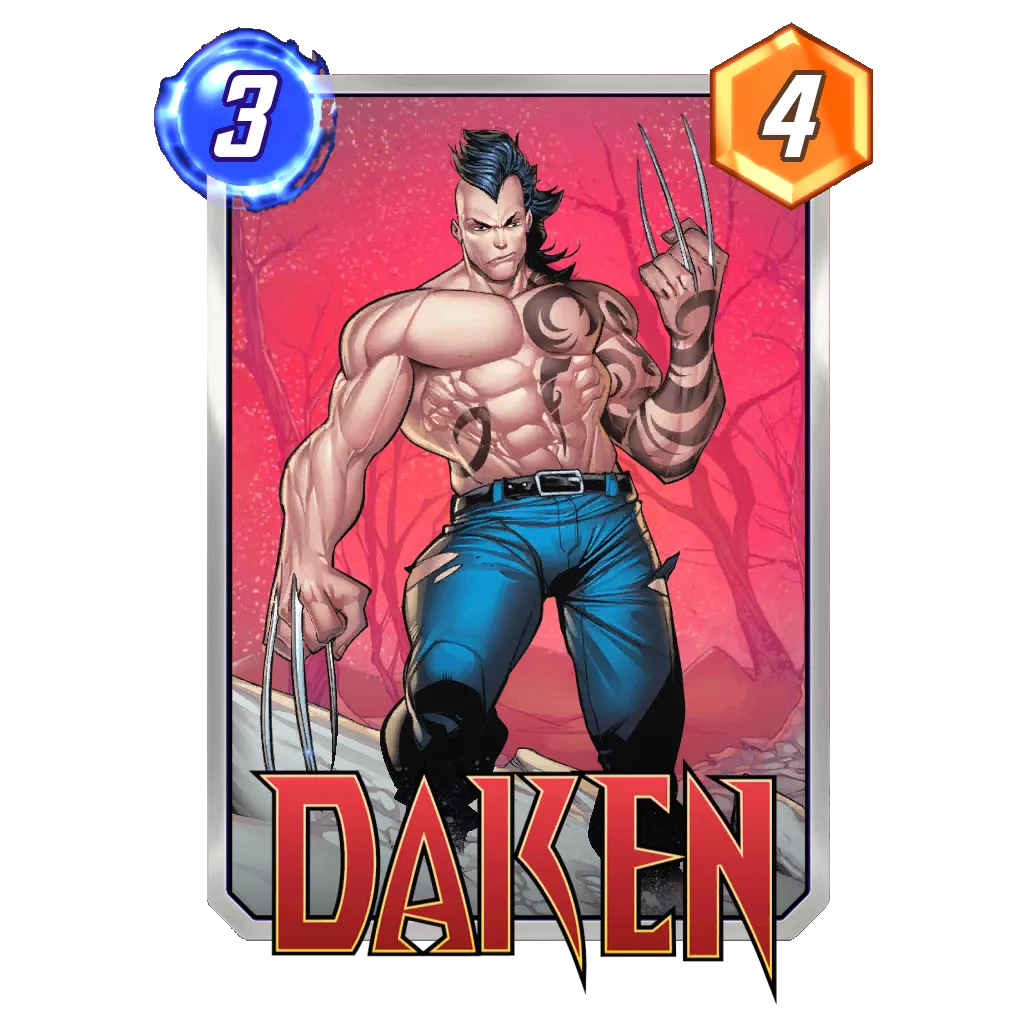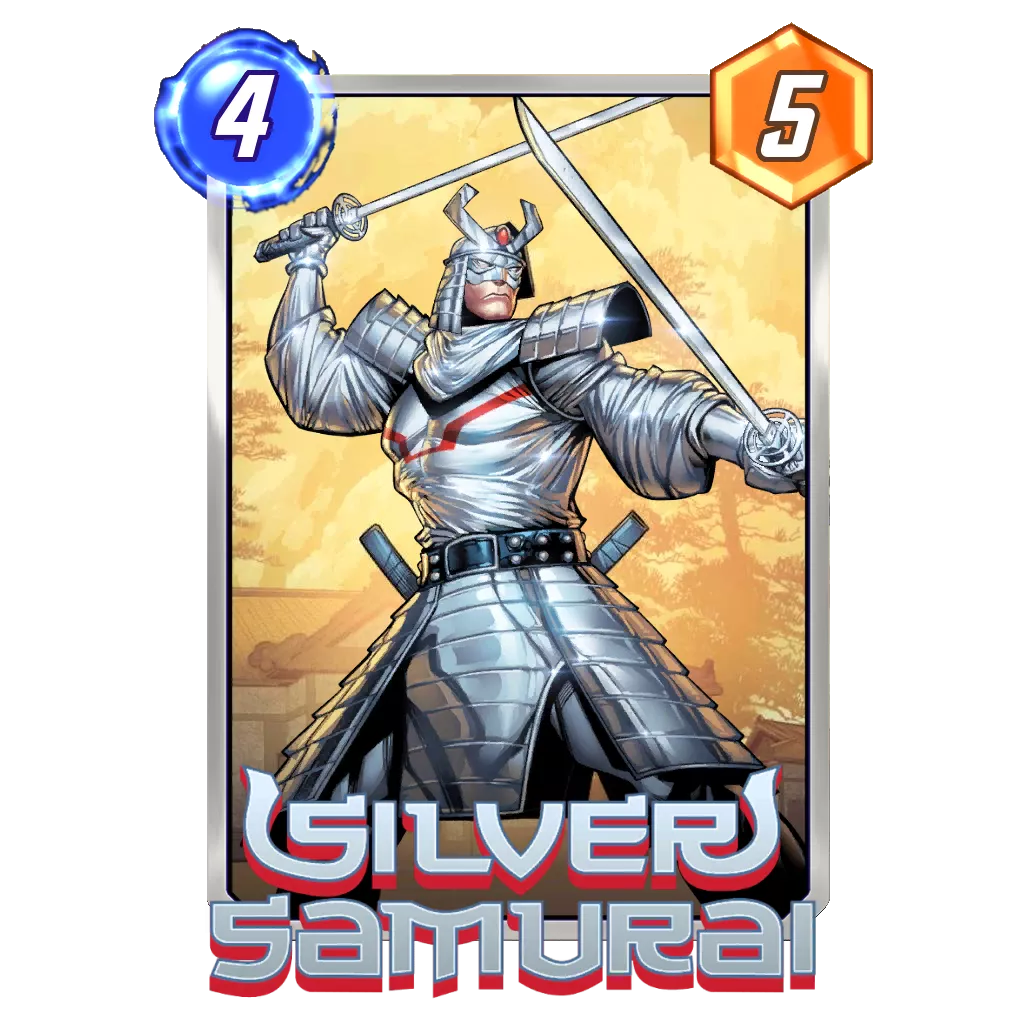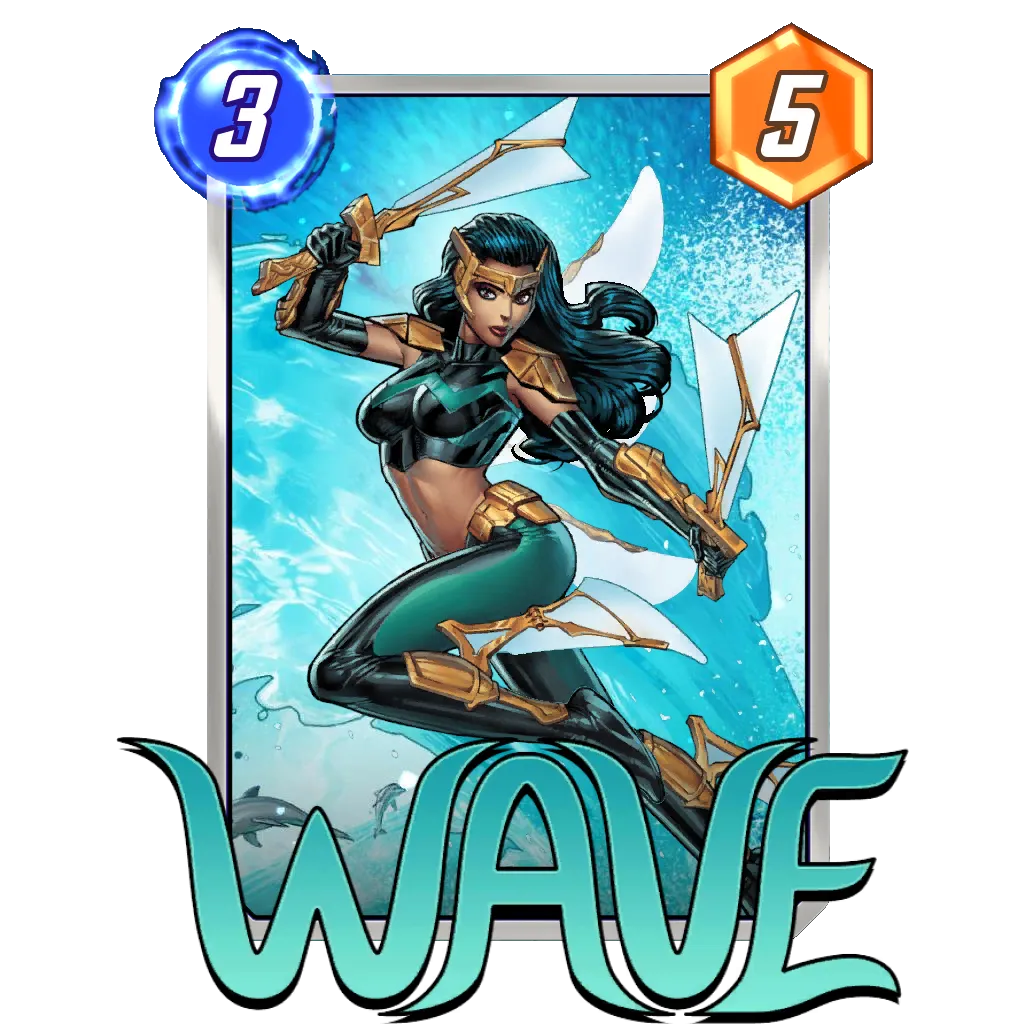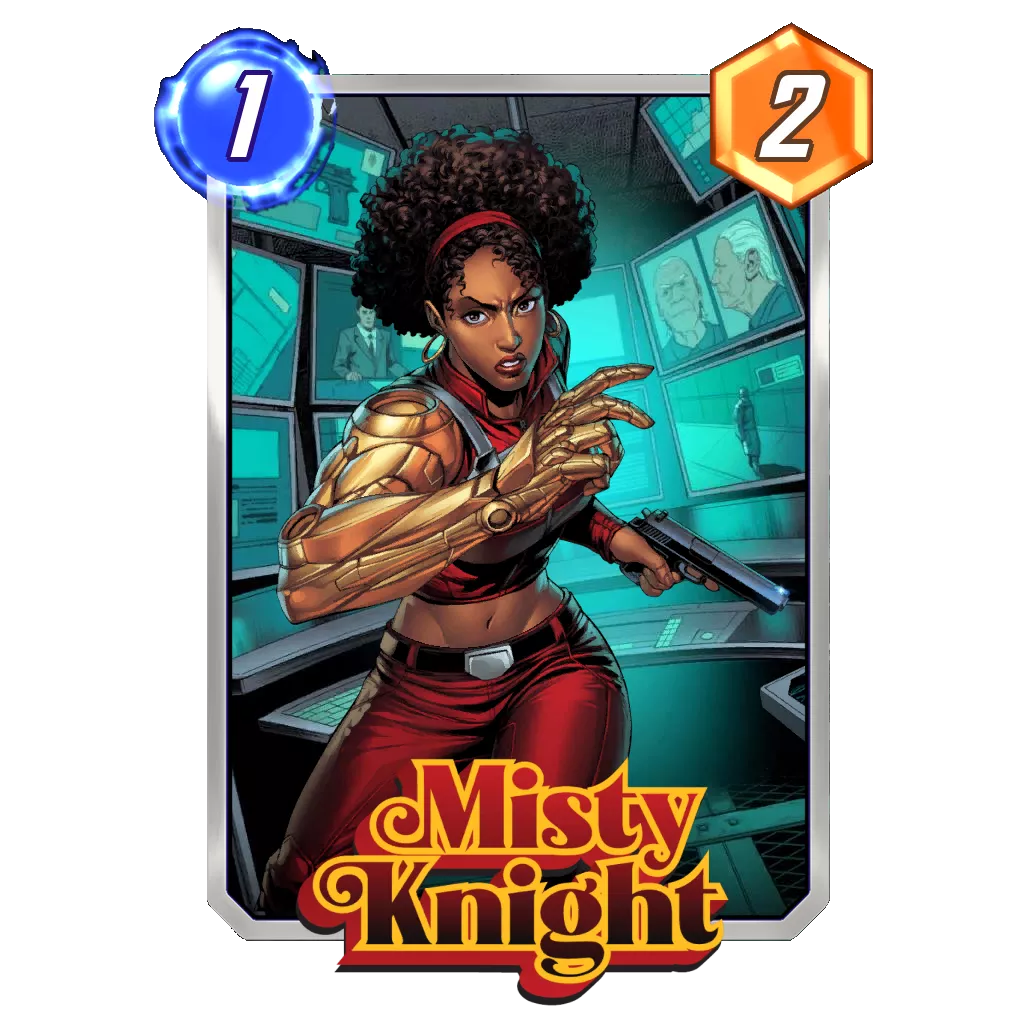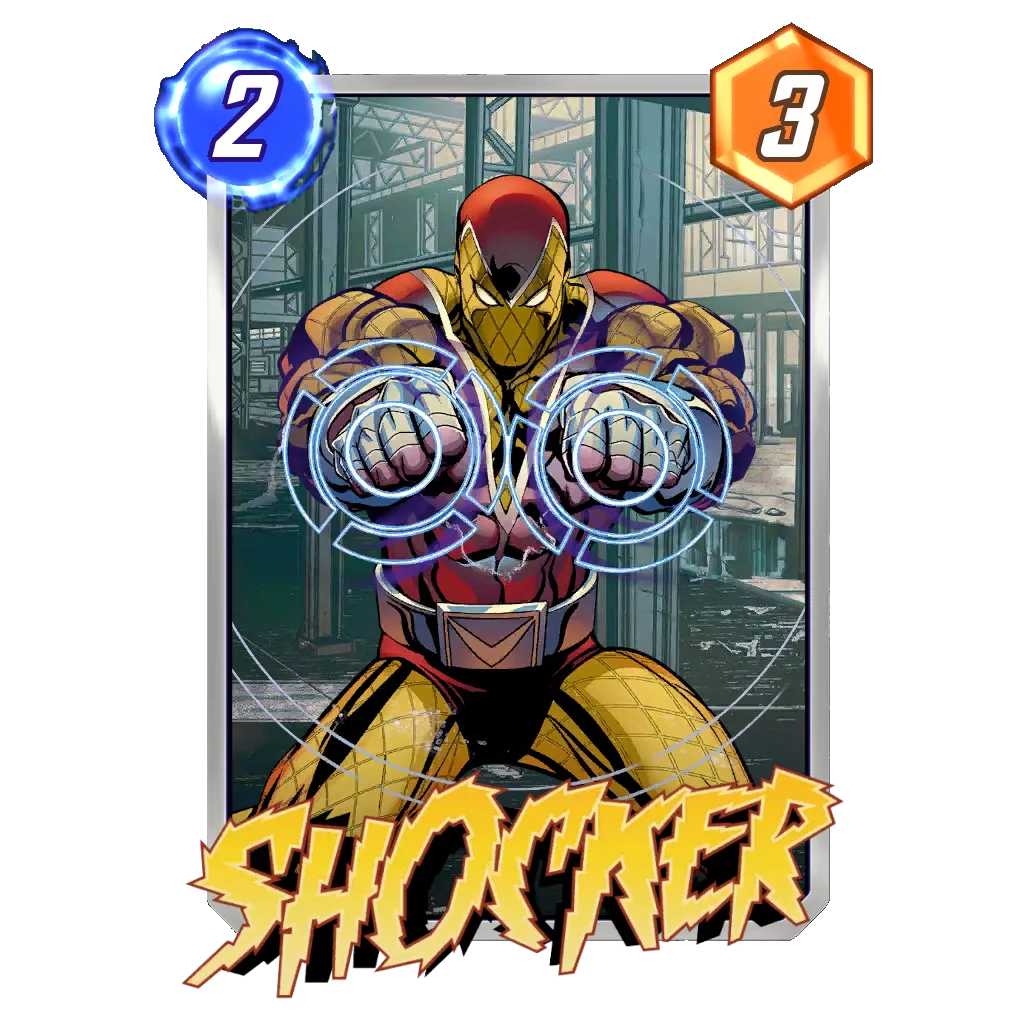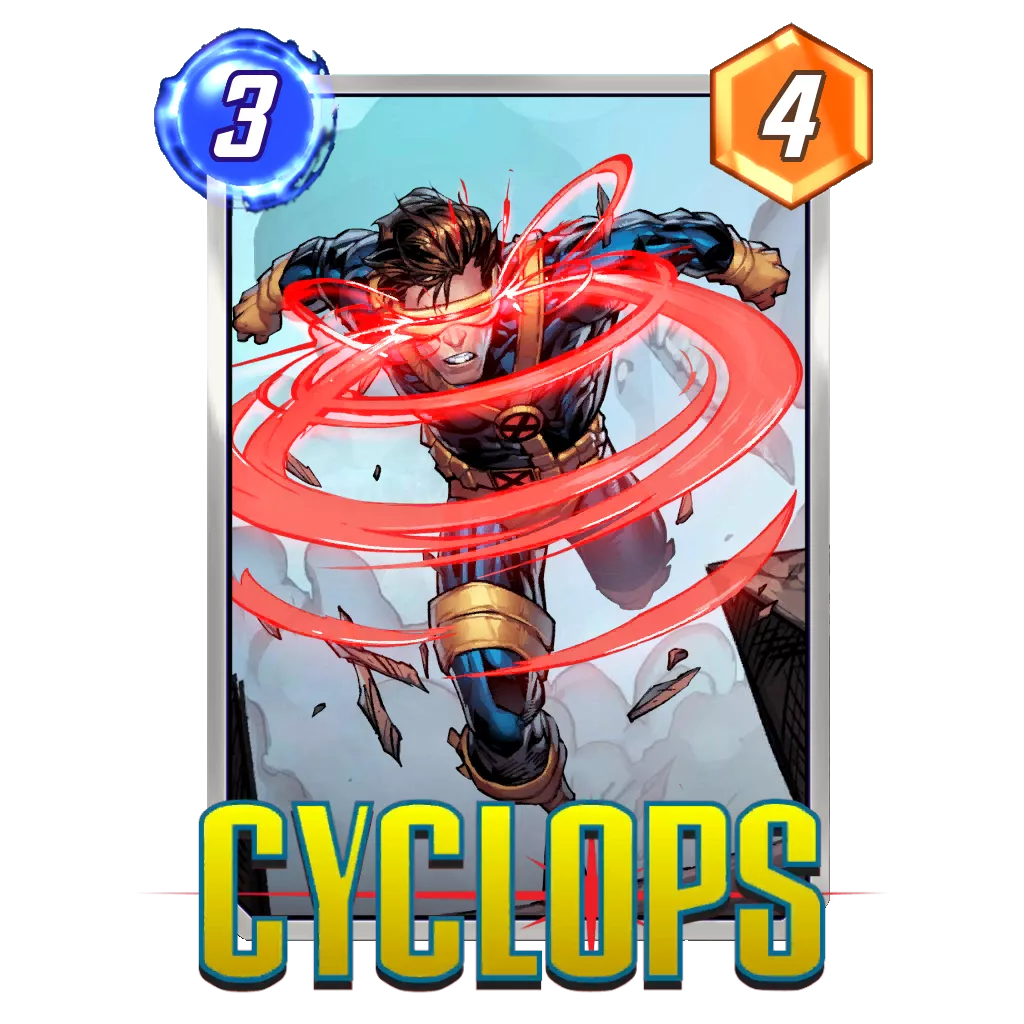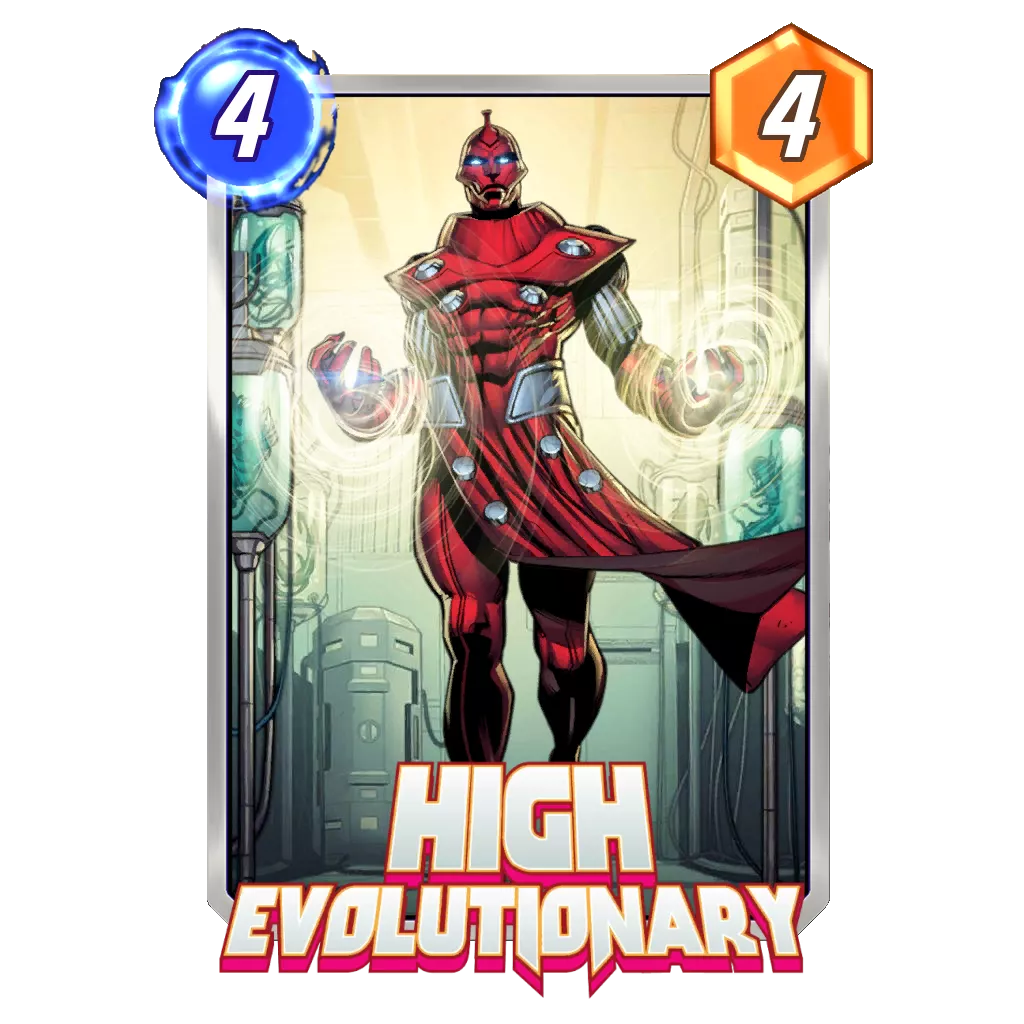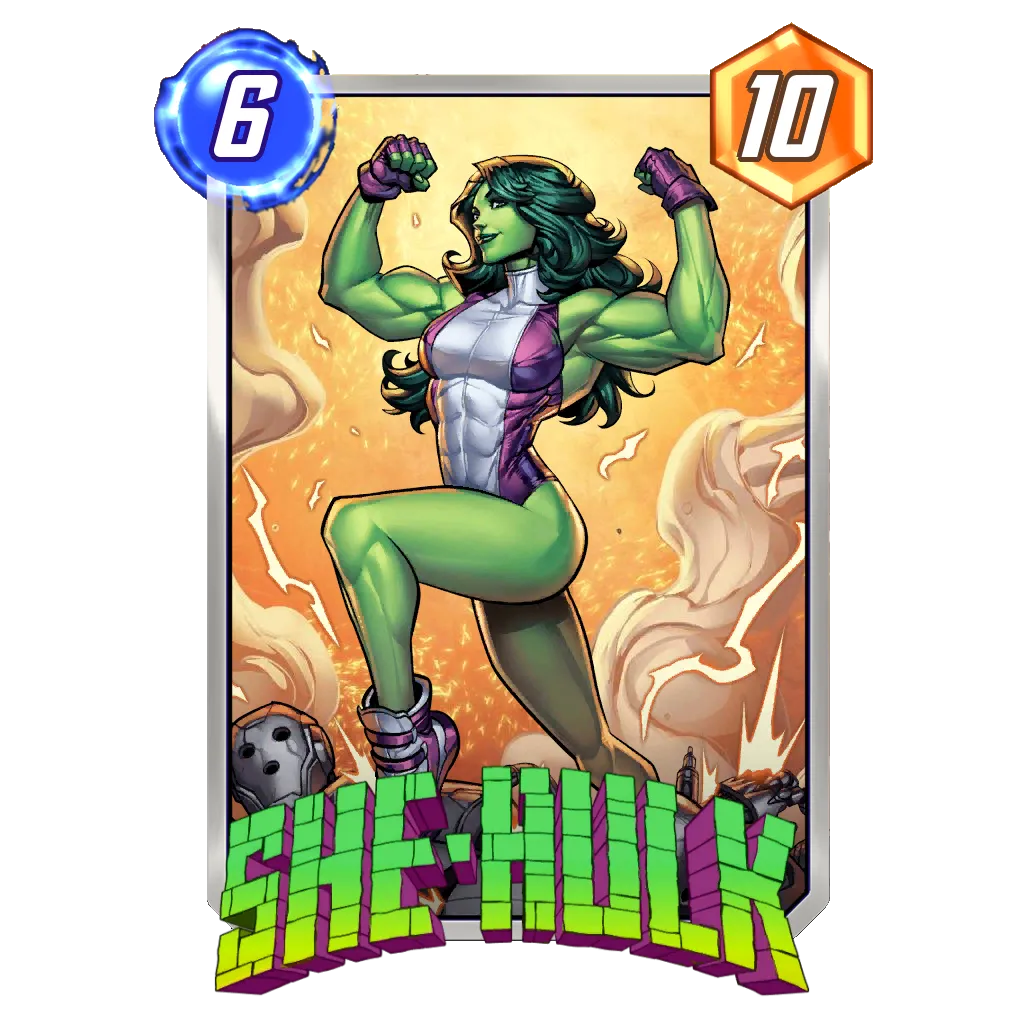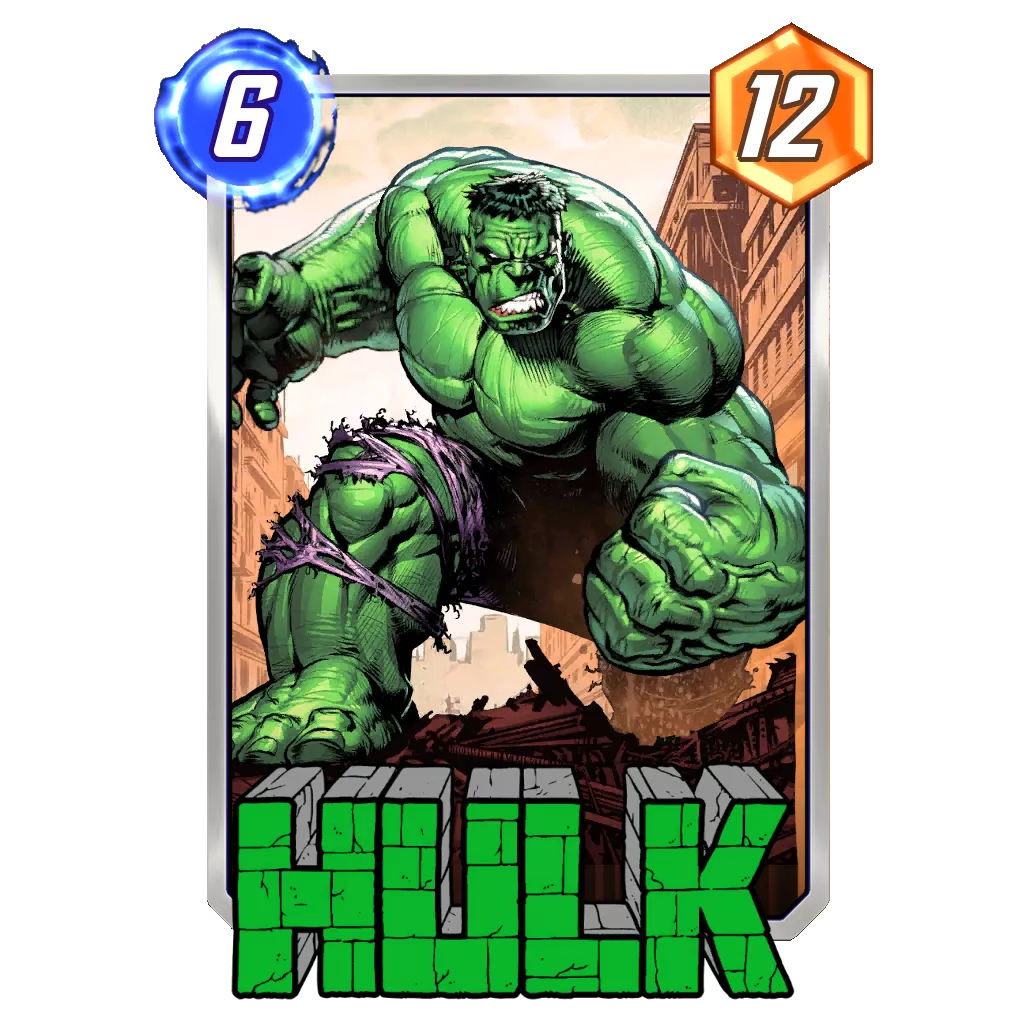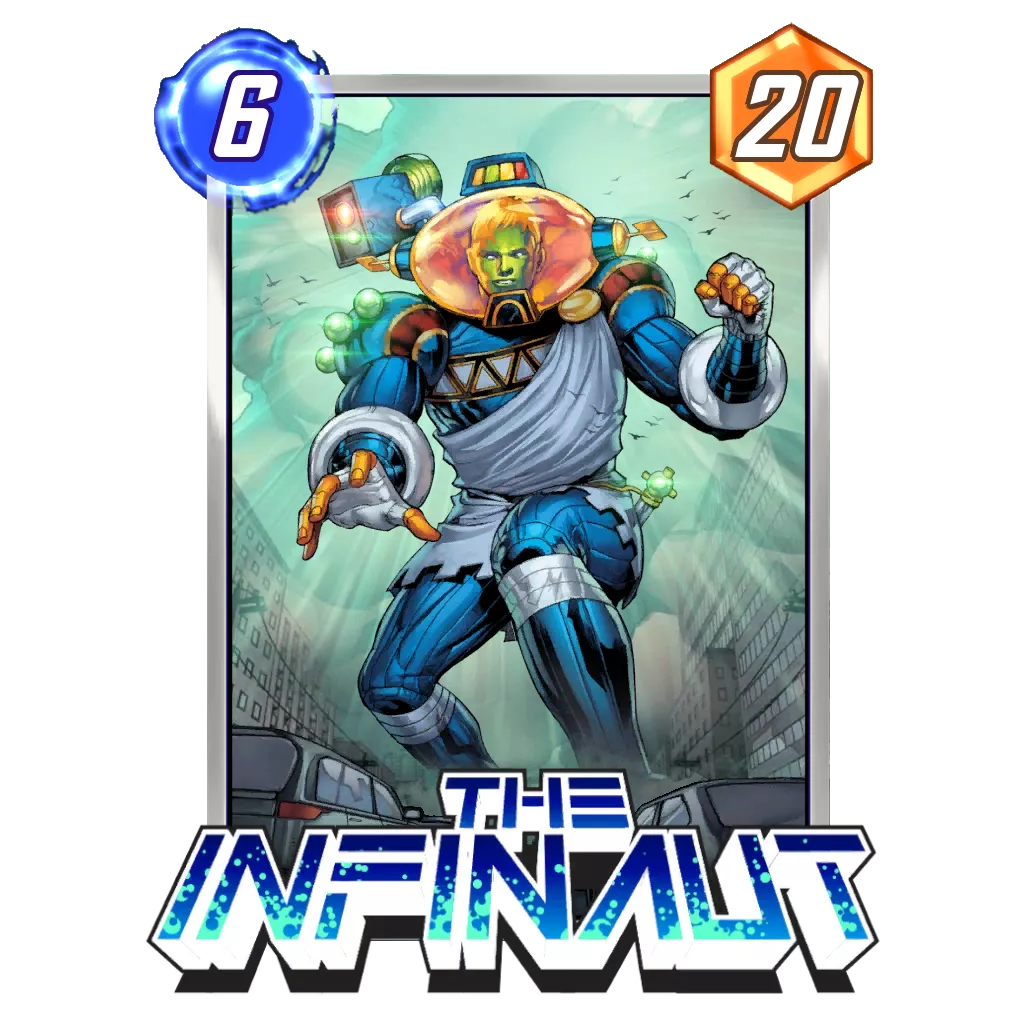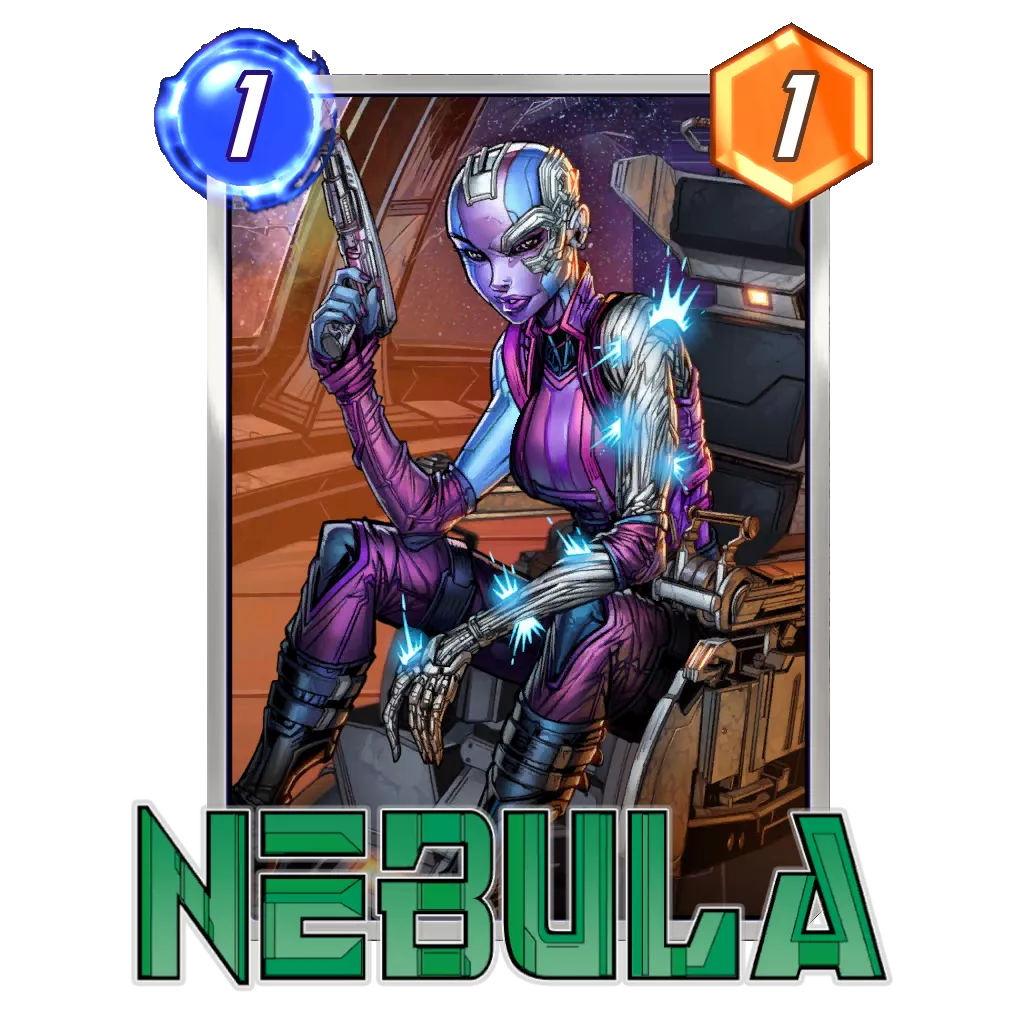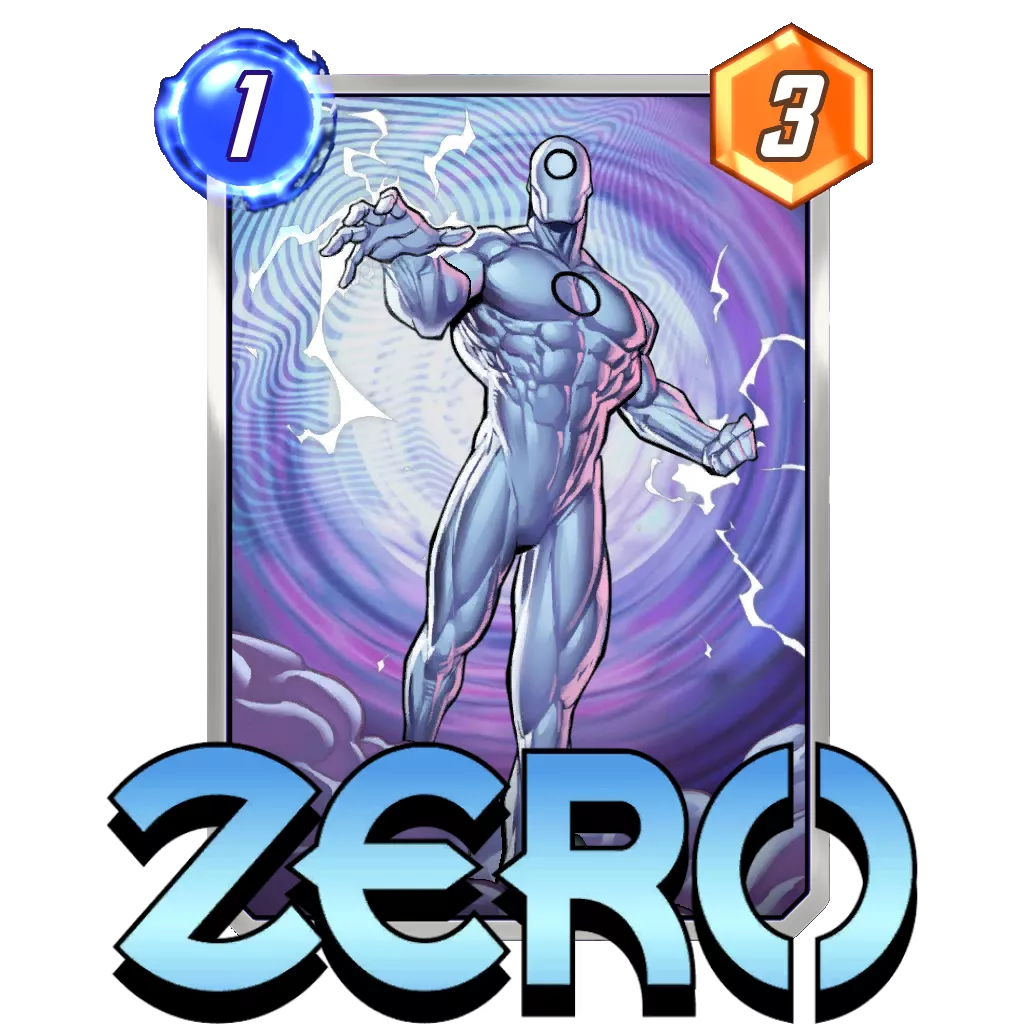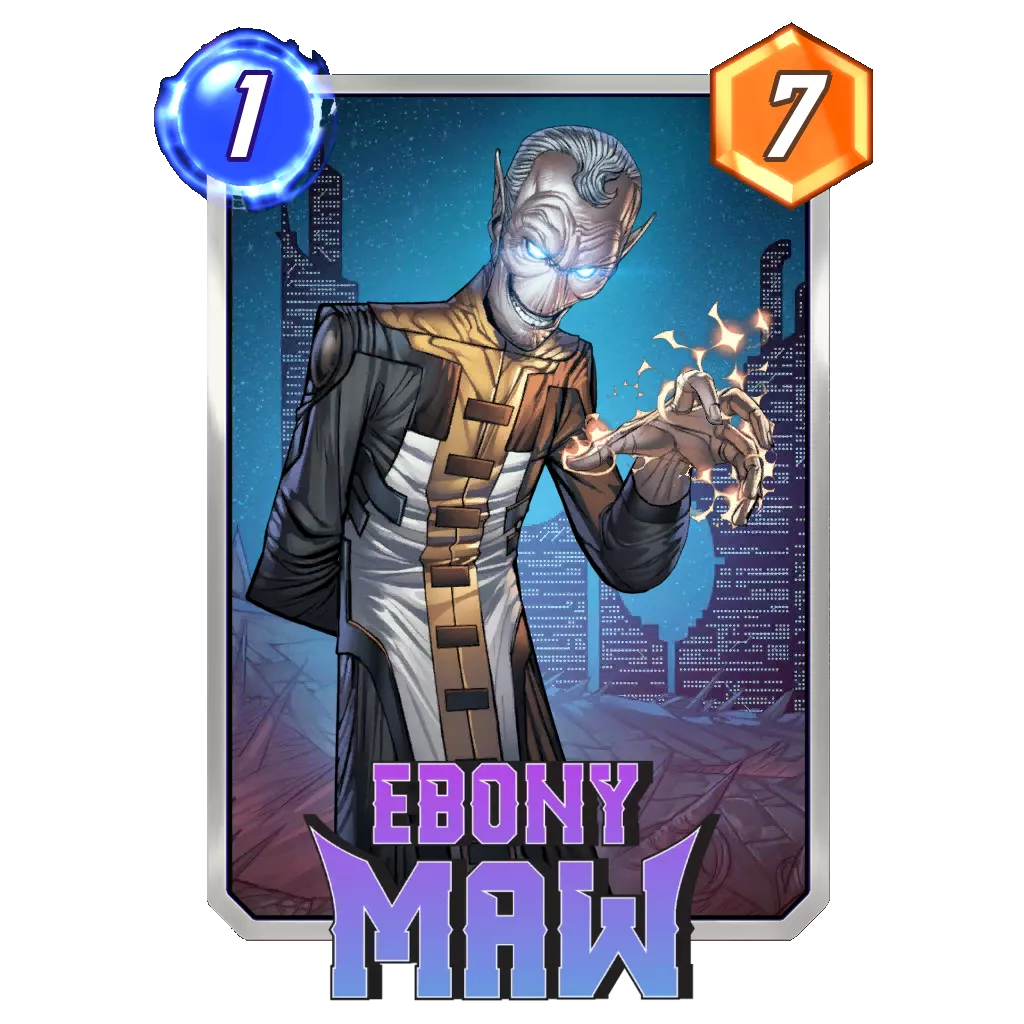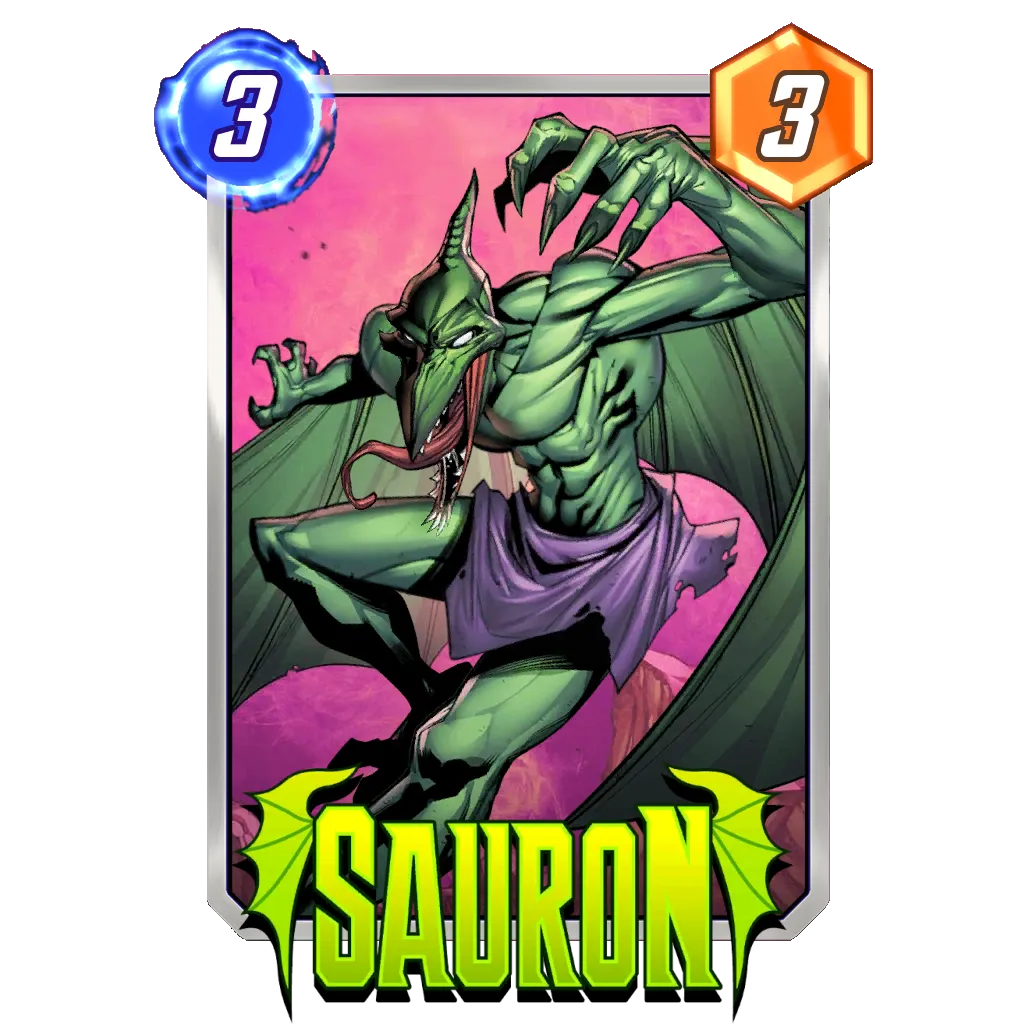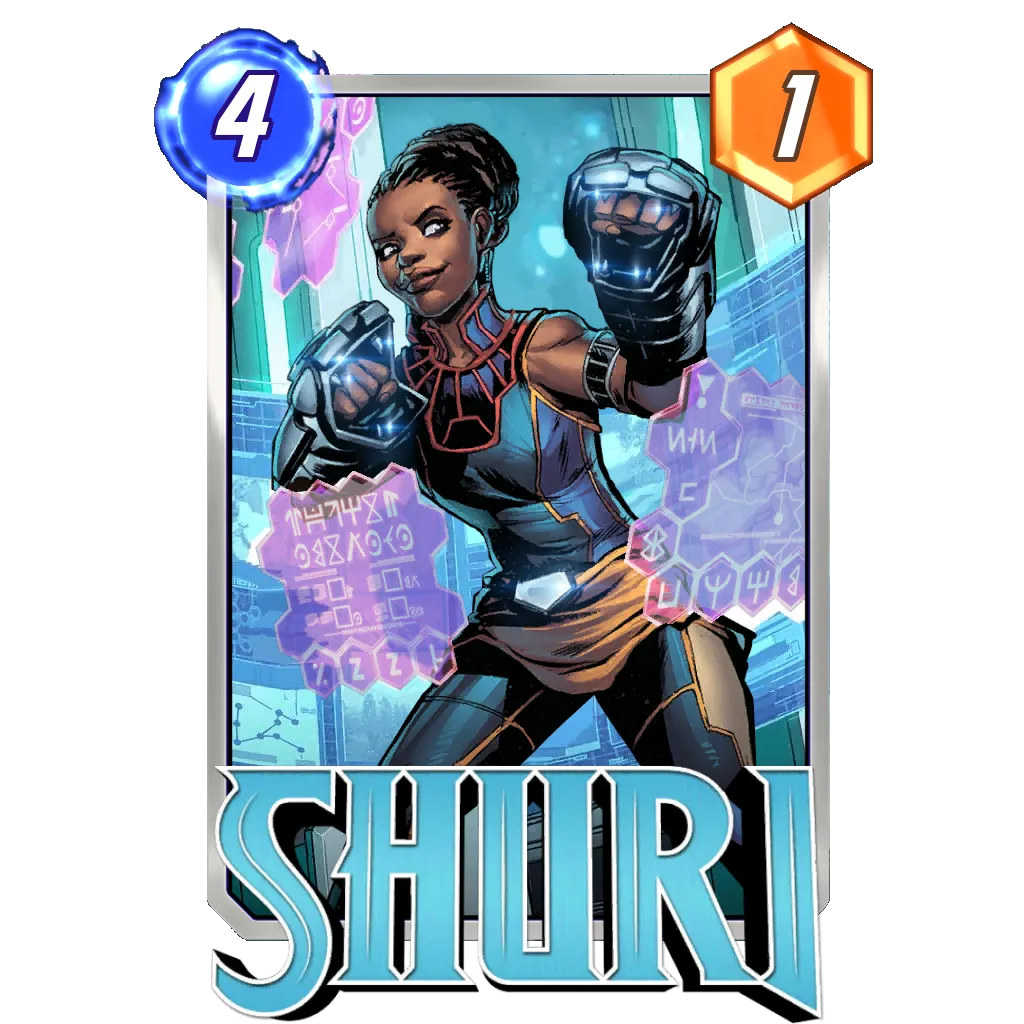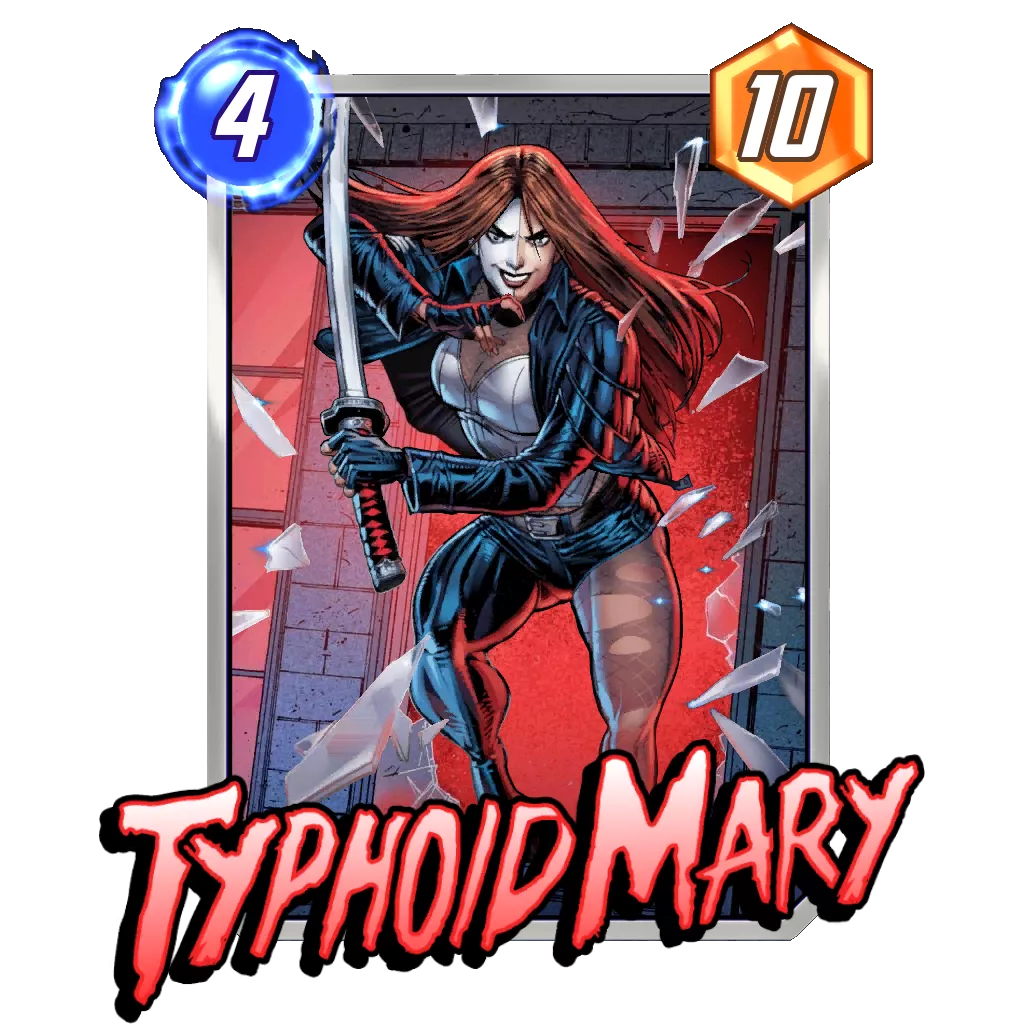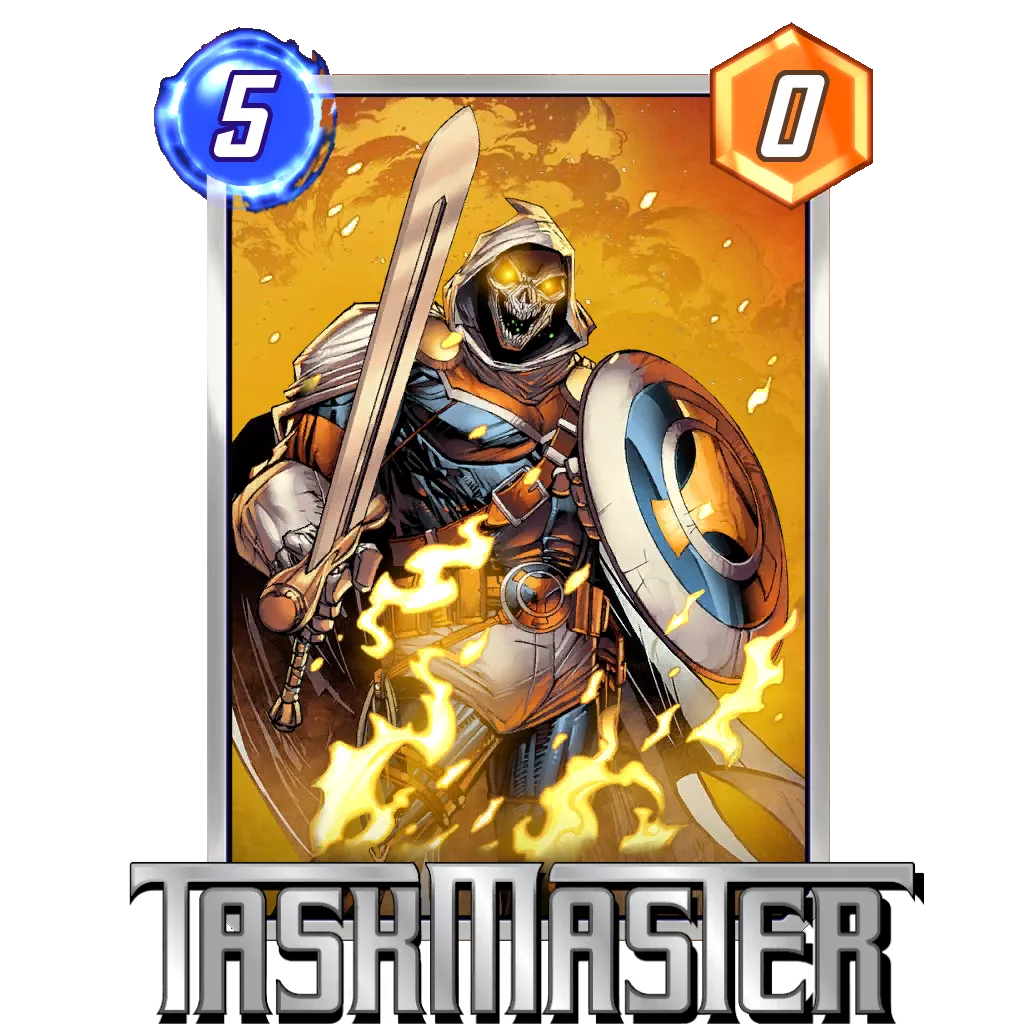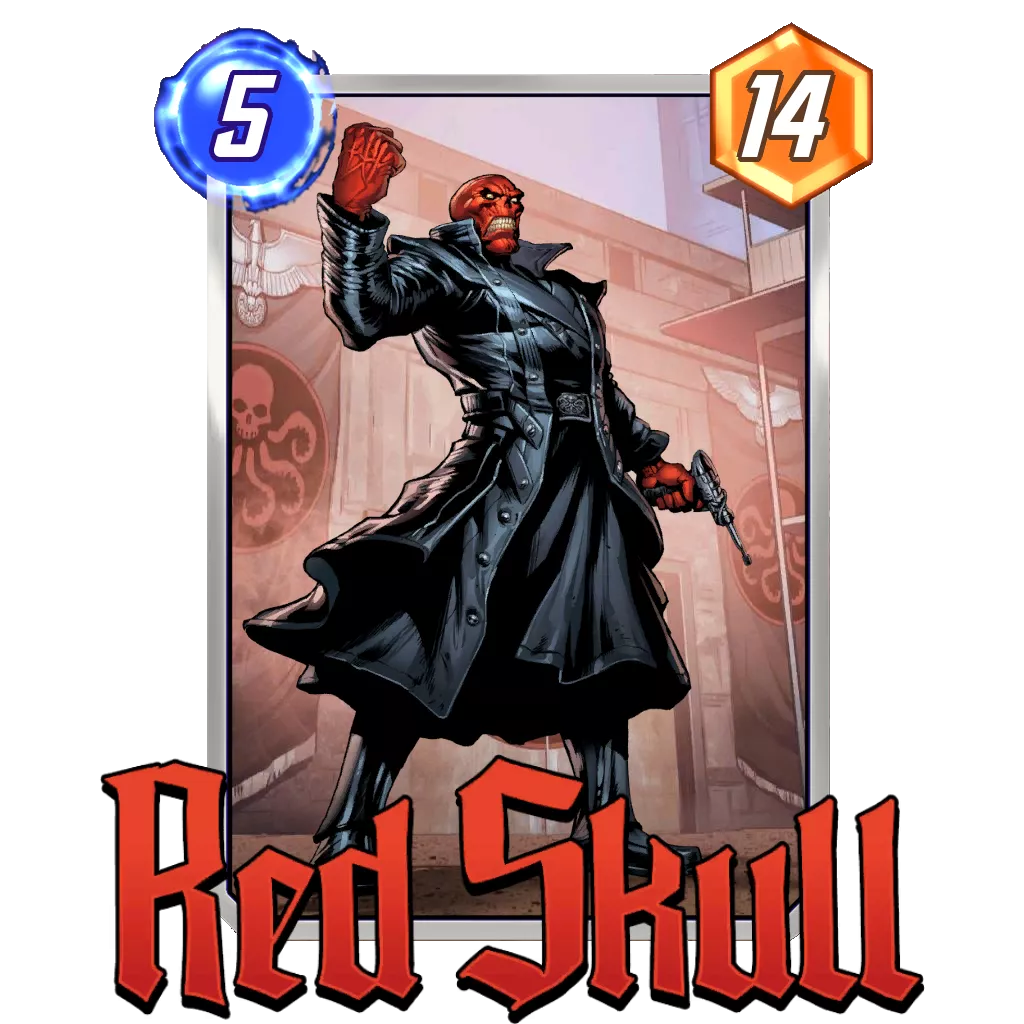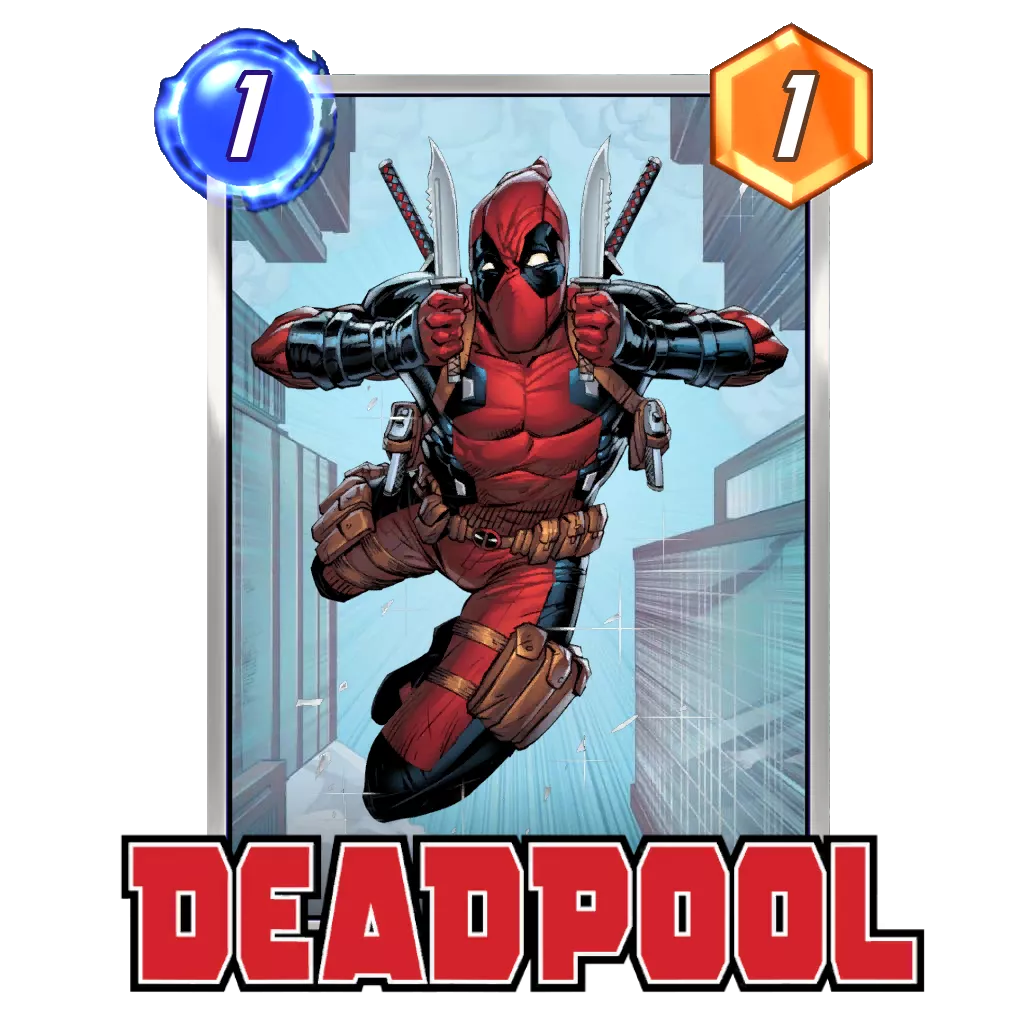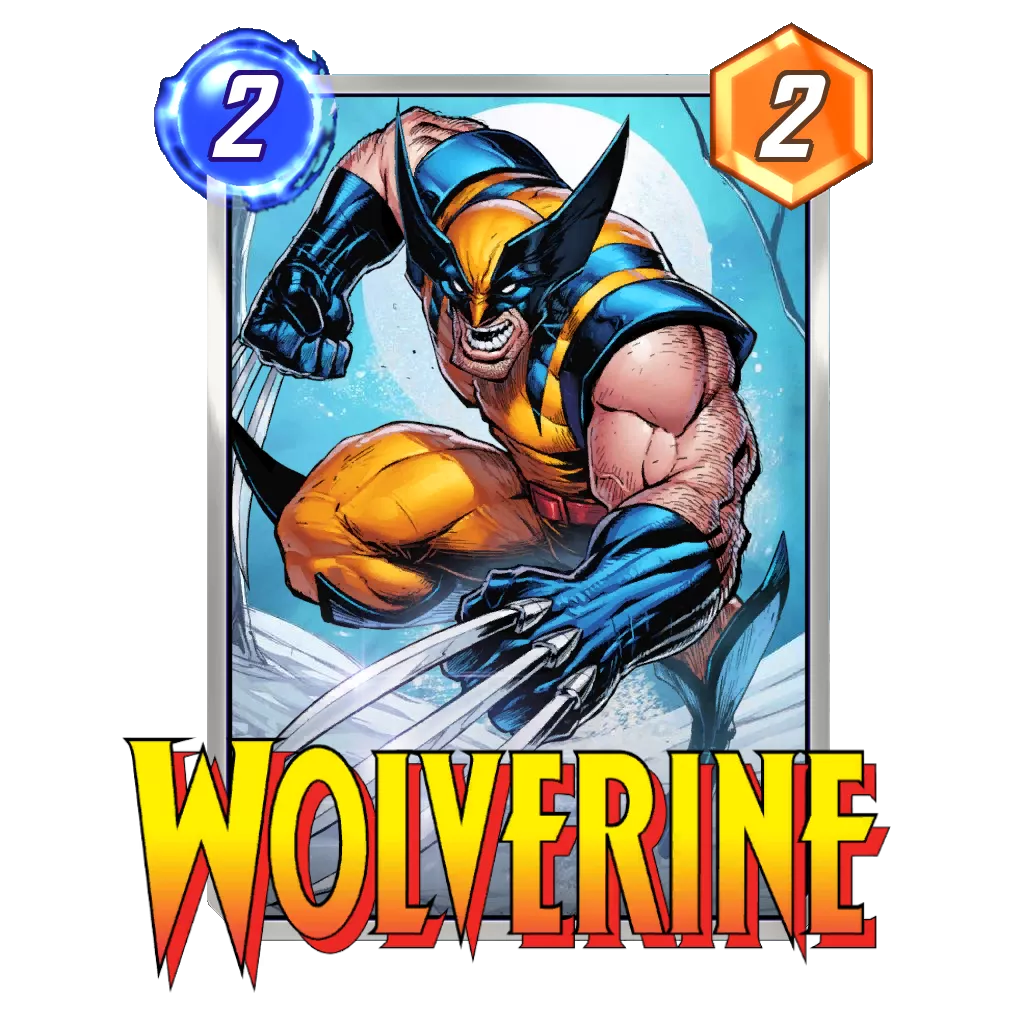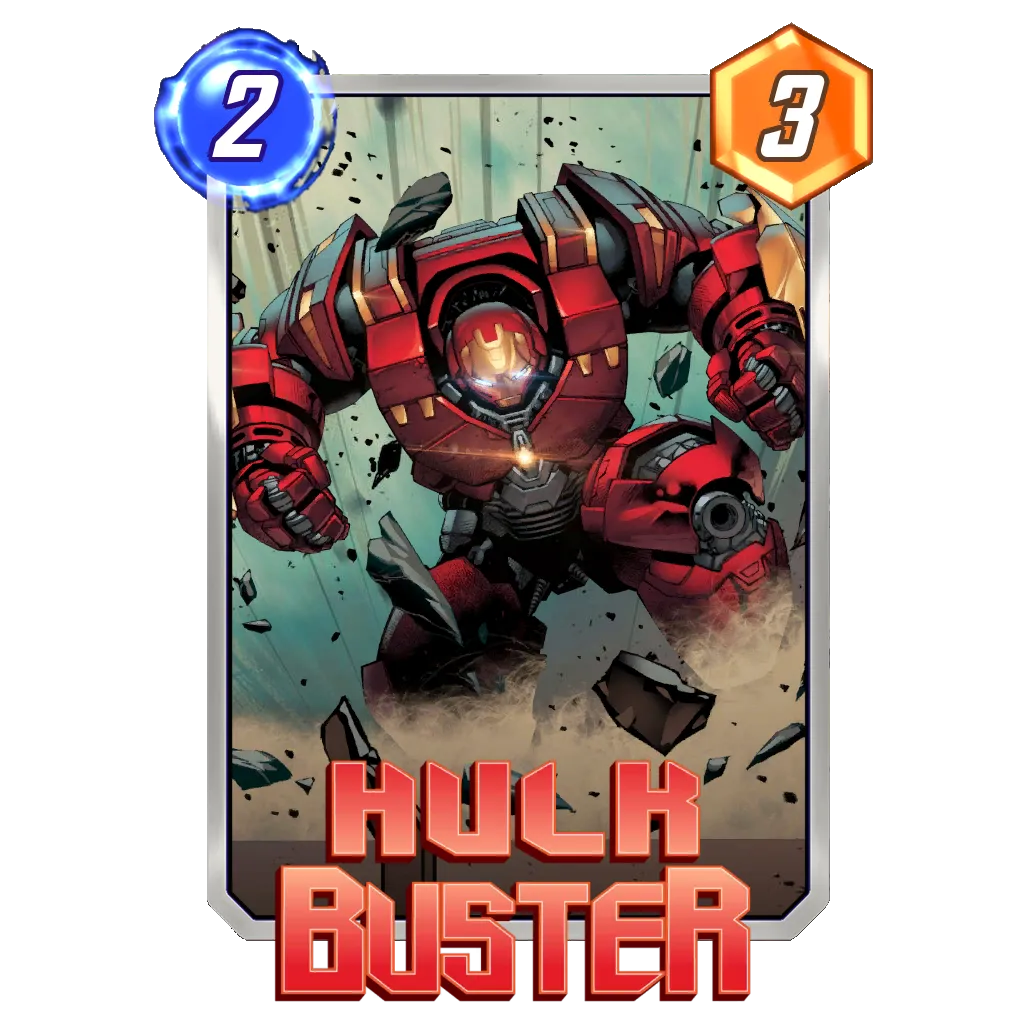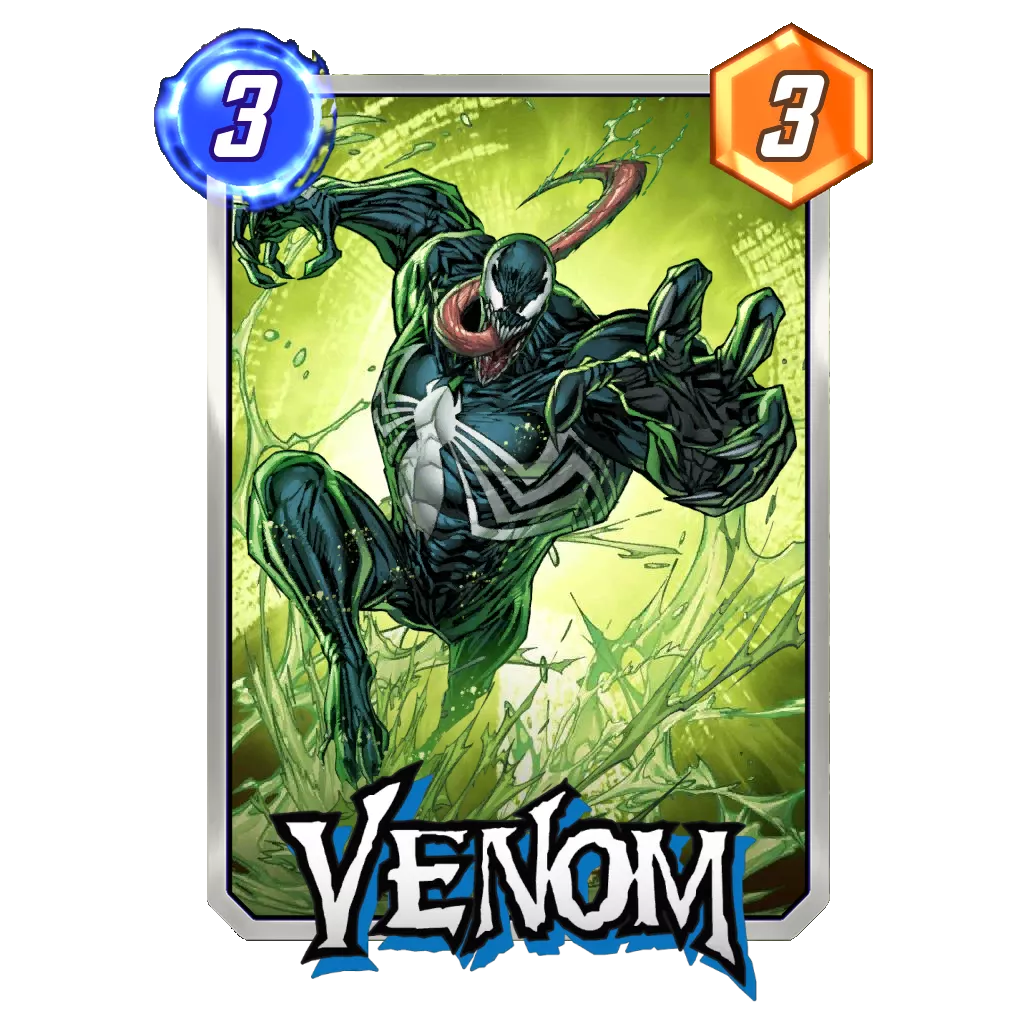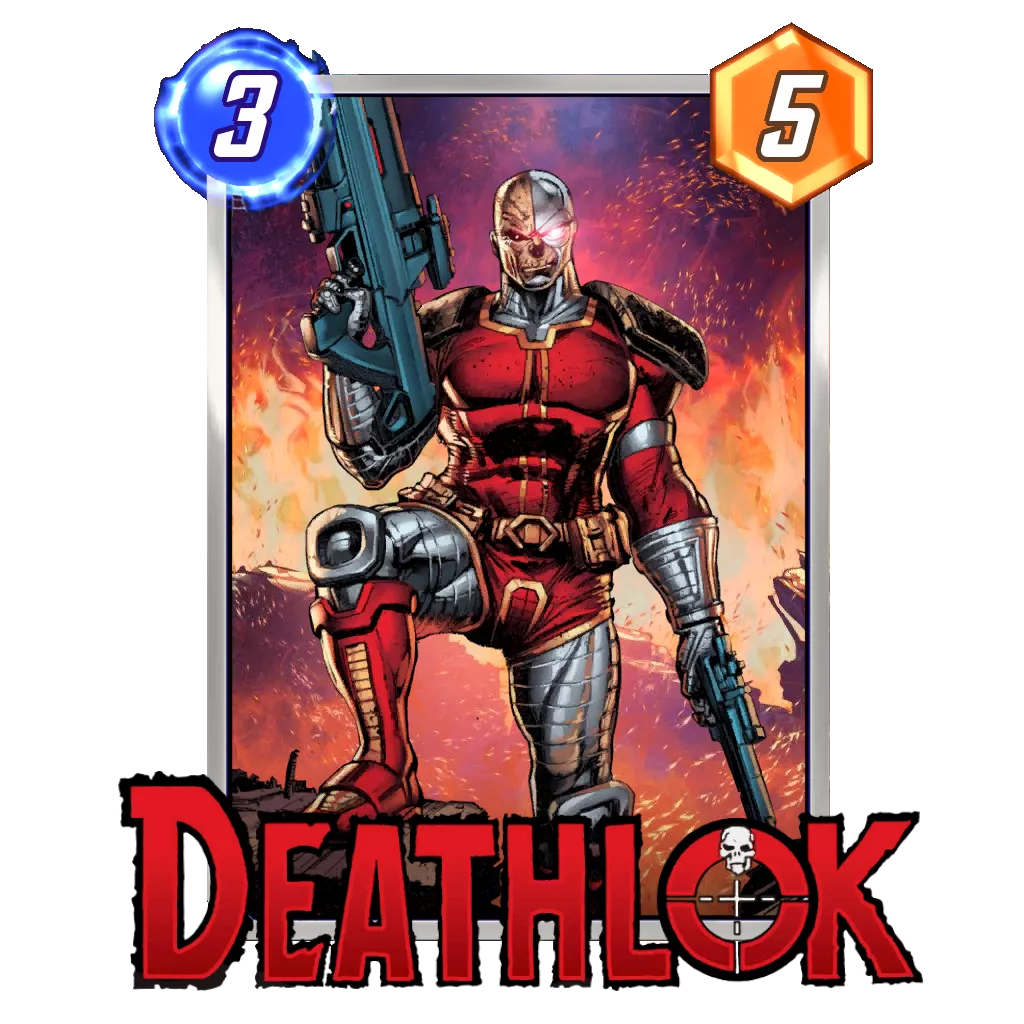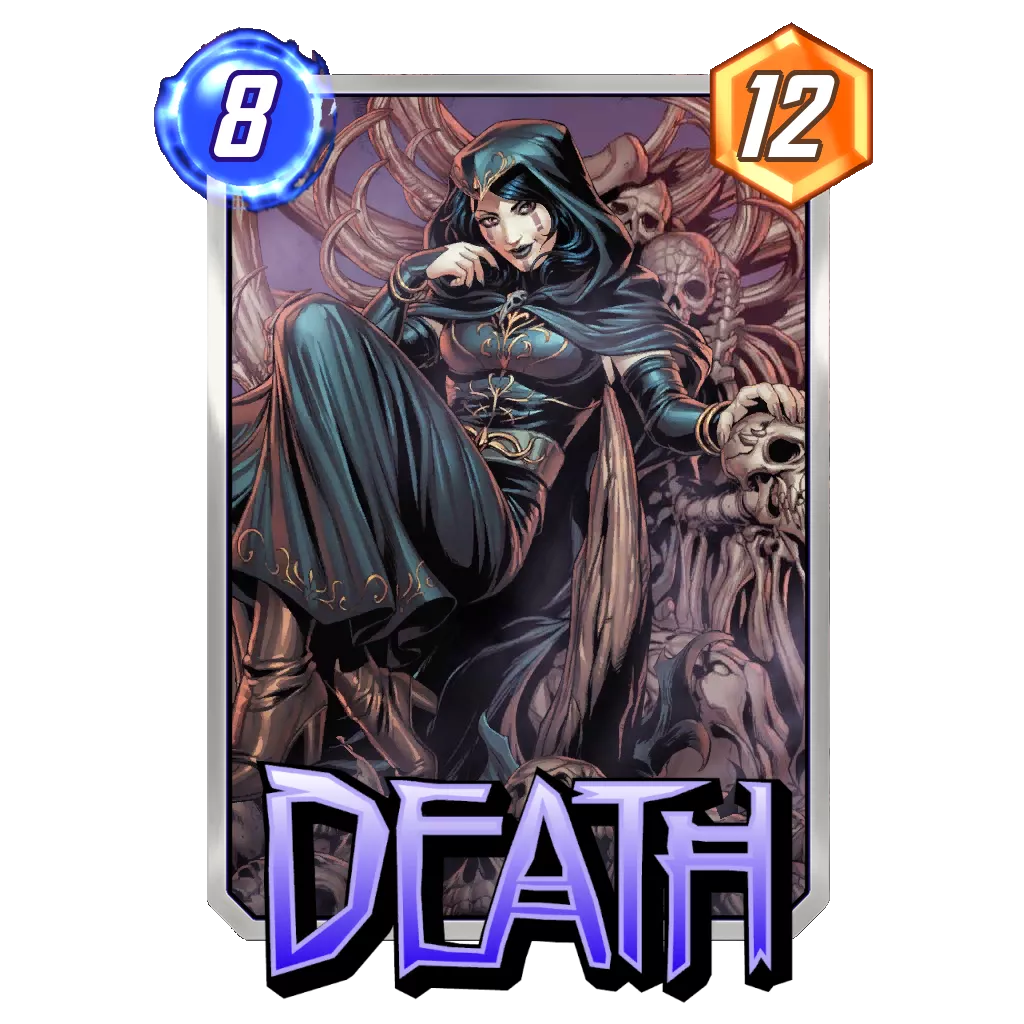Table of Contents
If I had to recommend one deck, it would be Patriot Surfer. If I had to recommend one card, it would probably be Legion. If you are not much of an avid reader and get bored after two minutes of looking at the decks in this report, I honestly think that is enough information to tackle the Infinity Conquest.
Indeed, as it stands, Legion is part of three (maybe be four) of the best performing decks in the format. With eight power, the card sneaks perfectly under Shang-Chi‘s threshold, and it appears to be extremely impactful for decks with a flexible strategy. On the back of changing a location, those decks can get out of a bad situation, make a good one even better, or turn off some of their opponent’s synergy. As such, while those decks were looking to lose priority in order to land Shang-Chi and other counter cards, it seems like the norm is becoming quite the opposite. Seizing priority in order to land a Legion, Armor, or Cosmo and dismantle whatever the opponent has in mind is the name of the game now.
And no one does this better than Patriot Surfer. The deck often seizes priority by Turn 4 whenever it can play Forge, Brood, and Absorbing Man. Then, as Turn 5 turns the corner, the deck is in the perfect position to leverage Legion and pick which location it wants for the last turn of the match. It is a very simple recipe, but it seems to be extremely effective right now.
Behind Patriot Surfer, we have the usual suspects when it comes to solid decks during August.
Marvel Snap Conquest Meta Tier List
| Tier | Deck | Guide |
|---|---|---|
| Tier 1 | Patriot Surfer 🆕 | Guide |
| Tier 1 | Move Legion | Guide |
| Tier 2 | Thanos Zoo 🆕 | Guide |
| Tier 2 | Good Cards Stature 🔽 | Guide |
| Tier 2 | Silver Surfer | Guide |
| Tier 2 | Good Stuff Samurai 🆕 | |
| Tier 3 | InSheNaut 🔽 | Guide |
| Tier 3 | Shuri Sauron 🔽 | Guide |
| Tier 3 | Deadpool Destroy 🆕 | Guide |
Disclaimer and Tier Explanations
Conquest is not being played as much as the ladder, so it is difficult to have a clear representation of the metagame in the mode. Indeed, there is currently not enough data to precisely assess the power of each deck, even more so when the Proving Grounds have become the unranked mode for Marvel Snap. Nevertheless, through scanning social media, looking at what players are having success with and which decks are performing on ladder as well. One can form an educated opinion about the best performing decks in Conquest, alongside those worth keeping an eye on.
This Tier List won’t be as detailed as the ladder one, instead focusing on the very best decks currently, alongside a few more worth keeping in mind, similarly to the Silent performers in the ladder Tier List. I would rather keep it to a shorter list for now, one I can develop around and provide a reasoning, rather than a longer list I would have to extrapolate about.
Tier 1: Decks you are more than likely to face at least once during your Conquest run. It is important to know about these decks, as they shape the current Conquest metagame because of their strength. Also, it might a good idea to know how to play against those, or include a tech card to account for one or several of those decks.
Win rate>65%
Tier 2: Strong decks, yet which are not completely refined, or with a big weakness holding them back. When everything goes according to plan, these decks might be even better than Tier 1. However, considering one has to win a lot of matches in a row to get to the promise land, it is unlikely the deck will not face a counter you will have to overcome at some point during your run.
65>Win rate>60%
Tier 3: Weaker synergies compared to Tier 1 or 2 if we look at their potential. Tier 3 decks will typically be decks which can make the most of a metagame that is completely forgetting about them. As such, if we add in the surprise effect, these decks are able to compete against the best.
60>Win rate>55%
Meta stats and analytics directly from our Marvel Snap Tracker can also be found here.
Tier 1
Patriot Surfer
Rank Justification:
Similar to what Move Legion did earlier in the month, Patriot Surfer has felt like an earthquake that no deck is able to stop. As it stands, the Forge, Brood, Absorbing Man trio is the perfect synergy to play around Shang-Chi, which is still the most popular tech card. Plus, you usually end up with priority when those three cards are played in a row, which leads to Legion and Cosmo coming in and potentially locking the game if needed. Then, thanks to Patriot and Blue Marvel, you aren’t even that weak to Shadow King or Valkyrie reducing your power on those lanes.
Some decks can mount more points than Patriot Surfer, but they typically have to do it in the later turns of the game when you can leverage Legion, Cosmo, and Armor to disrupt their game plan. And although Silver Surfer appears to be overkill at times, it remains the default inclusion in this diverse metagame. Still, it shows how the deck is able to adapt to problematic match ups if you cannot match their points potential and need to disrupt them instead.
How to Play:
Patriot Surfer relies on two waves of points. The first comes in the mid-game with the now (in)famous Forge → Brood (Mister Sinister works too) → Absorbing Man curve for 15 power on two separate lanes. The second wave comes on the last turn of play when Patriot and Silver Surfer strengthen those lanes even more. Surrounding this core are the usual suspects of the Iron Patriot deck with Wasp, Iron Lad, and Blue Marvel, all of which can help whenever you don’t draw into your ideal scenario.
As the deck gains momentum, more counters are bound to emerge, which is where the disruptive cards shine. Legion seems to be a staple right now, even if there isn’t a particular synergy for it in the deck. However, gaining priority going into Turn 5 allows you the ability to use Legion on a location that would lock the game and result in you emerging victorious on the spot. Otherwise, Cosmo serves the role of protecting your Ongoing cards from Enchantress and Rogue, or the buffed ones from a Shadow King.
With this deck, you should often have priority going into the later turns, which gives your opponent a lot of information regarding what they have to beat. As such, Patriot Surfer can be met with a lot of early retreats, especially when the deck starts hot and takes a gigantic lead by Turn 4. It is important to leverage your tech cards to cancel any potential comebacks, but they can also be used to commit to early Snaps so your better hands are not worth a single cube.
Potential Additions:
Rogue and Super-Skrull for the mirror match, Armor for Destroy, Shadow King plus Luke Cage, and Shang-Chi are the most notable cards you might see in the various builds of the deck.
Move Legion
Rank Justification:
If it wasn’t for the emergence of Patriot Surfer, Move Legion would probably be alone in Tier 1 this time – especially when you consider the Win Rate distance between this deck and those in Tier 2. It isn’t really the potential that is a problem; Destroy is able to beat Move Legion on points, as does Shuri Sauron. The issue with Move Legion is how you can reliably counter it when it runs Armor, Shang-Chi, and other cards that are highly disruptive for the archetypes.
As such, Move Legion feels like the only proactive build without an established counter in the metagame (except for decks with a high points ceiling). However, having that higher points ceiling means opening yourself to counters, with one notable exception: Patriot Surfer, a deck that benefits from still being relatively unpopular.
It is worth noting that Legion and America Chavez are both part of the two best decks in the game right now, empowering their stability and their ability to disrupt the situation. Legion is slowly becoming a very popular disruptive card. Up until recently, losing priority was a big part of leveraging your disruptive cards, but Legion seems to change that dynamic since the card often wants to have priority when played.
How to Play:
Mostly looking to build points proactively, Move Legion relies on Kraven and Angela to anchor your lanes. Either card is able to grow to eight, maybe even ten, power over the course of a match.
Then, with one lane contested via points, the second lane can be challenged through three different means:
- You can easily get points on a locked or unplayable location with Silk, Captain Marvel, and Jeff the Baby Land Shark.
- You can play a disruptive game with Legion, Spider-Man, and Shang-Chi.
- You can win a second lane on points with Silk, Spider-Man, or a 1-Cost Miles Morales all representing good points for their costs.
Overall, it feels like once this deck is in the lead, its flexibility allows the pilot to dictate how the rest of the game will go. It does require some anticipation skills, but it has the ability to reach any location, develop points, and play counters, which gives you all the tools to turn an early lead into a successful Snap.
Potential Additions:
Shang-Chi is obviously the flexible spot if you wish to include another card. Otherwise, if you are missing one of the Move cards, Nightcrawler can probably replace it. The same goes for Aero or Magneto if you want more interaction with your opponent.
Tier 2
Thanos Zoo
Rank Justification:
Thanos Control is also doing well, and I will include a list below if that is a play style you are more comfortable with. However, Thanos Zoo gets the nod for the best Thanos deck right now. It would have made it into Tier 1 if I had considered the Win Rate alone. However, the very small sample size (that also mixes with Thanos Control at times) led to me being more cautious about its ranking. Plus, the two decks above are really putting up a ridiculously good performance so far.
Nevertheless, the more proactive build of Thanos is packing more points than Control, but it hasn’t sacrificed much of its disruptive ability against some popular archetypes. Armor, Cosmo, and Professor X are still key elements in the deck, and they help you counter Destroy in particular, but also Brood or Absorbing Man when you have priority.
With little Ongoing hate currently since most of the attention is focused around Destroy (although Patriot Surfer might change that in the near future), Thanos Zoo also benefits from a rather safe environment where it can be the hunter rather than the hunted.
How to Play:
Priority is absolutely key with this deck because it makes Armor, Cosmo, and Professor X much more powerful. Fortunately enough, the Infinity Stones are a great way to seize that priority early on and leverage your disruptive cards once you figure out your opponent’s plan. Especially if one of those cards can win over a location for you or put a dagger into one of your opponent’s strongest synergies. Then you can then accept a battle based on who can go taller.
Outside the need to consider your opponent (as you will usually lose a battle purely based on point potential), Thanos Zoo is much more proactive than its Control counterpart. It can create a few patterns of solely proactive plays:
- Lockjaw and the Infinity Stones are a great way to cheat energy and know in advance which Ongoing abilities you have to work with.
- Ka-Zar, Blue Marvel, and Onslaught on the same lane is a huge global buff.
- Klaw, Jeff the Baby Land Shark, and Vision allow you to be flexible on where you place your points.
- Devil Dinosaur and Thanos can be big bombs to drop on Turn 6 and win a lane with one spot left.
Potential Additions:
Spectrum is often a consideration in the deck, but Onslaught seems to do better in the Lockjaw build. Super-Skrull, Luke Cage, and other strong Ongoing abilities are also worth considering. Iron Lad probably makes sense, too.
Otherwise, you could look into the Control archetype to find ideas for disruptive cards:
Good Cards Stature
Rank Justification:
Still in the discussion to be considered a great deck, Good Cards Stature seems to be heavily reliant on its disruptive cards – especially now. Part of its problem is that Darkhawk is not always able to win a lane on its own anymore. Spider-Ham and Armor are great for stopping Destroy in its tracks, and that feeds the deck’s Win Rate quite a bit. Then, Enchantress is regaining some momentum with Patriot Surfer on the rise, and Shang-Chi is always great (although Armor in the deck might force you to consider Shadow King down the line).
Nevertheless, it is hard to argue that Good Cards Stature has lost a step compared to Move Legion and Patriot Surfer. Both of those decks can basically ignore Shang-Chi and push for more points with several mid sized cards.
It isn’t the end yet for Good Cards Stature, though, as adapting to the metagame remains a very useful ability in Marvel Snap. But the core of the deck might have to adapt in the near future.
How to Play:
Good Cards is a very tempo oriented build looking to use its energy while staying flexible on where it can invest in the future. Ideally, one would be looking to stay flexible for a large part of the game before committing to lanes in the last two turns. Overall, this archetype relies a lot on how it is built, which will impact your game plan a lot.
With so many options, it is difficult to outline a specific play pattern outside Black Bolt on Turn 5 with Stature in hand. Ideally, you want to set up Turn 6 to be a 4-Cost plus Jeff the Baby Land Shark or Stature, or two 4-Cost cards. The rest of your game plan should be based on which package of cards you draw and your opponent. Try to assess early on which cards are fundamental to play and which turns make the most sense to play them; you can then use your other cards to fill the holes in your established pattern.
Finally, keep in mind that the deck is able to play proactively with Darkhawk and Stature, but also reactively with Enchantress and Shang-Chi. This can lead to a desire to play every card since they all have their upsides. But remember, Darkhawk also requires Rockslide and Korg to be effective, and Stature needs Black Bolt. As such, don’t forget the commitment that goes with each card. It will help you plan how much energy you can work with, and thus how many other cards can fit into your plan.
Potential Additions:
Killmonger was removed due to Destroy being too popular. Jeff the Baby Land Shark, America Chavez, and Legion are probably the three cards worth considering for the deck right now.
Silver Surfer
Rank Justification:
While the rest of the deck seems weaker than the Patriot core, the more traditional build of Silver Surfer is still posting solid results. It’s helped by the same mid-game curve of Forge, Brood, and Absorbing Man. Similar to what Patriot Surfer can do, this build will leverage its disruptive cards during the last two turns to protect its lead. Also, if Patriot is stronger at supporting its go-to pattern, Silver Surfer appears to have more flexibility when Brood doesn’t show up. It can use Storm and Juggernaut instead to secure an early location.
The popularity around this deck has greatly reduced compared to last week, which seems logical since Patriot Surfer has grown in the meantime. Still, considering this build is likely the most flexible of the two and able to run multiple counter cards when Patriot is limited to one or two at most, we might see Silver Surfer gain some popularity if we need a strong archetype with both Shadow King and Rogue to fight against Patriot.
How to Play:
The deck follows a pretty simple play pattern that culminates into an explosive Turn 6 and hopefully catches the opponent off guard.
On Turns 2, 3, and 4, you will usually just play a card, focus on spending your energy efficiently, and advance your game plan. Your two most common patterns are Forge, Brood, and Absorbing Man, or the tried and true Storm and Juggernaut. Otherwise, play cards you anticipate you won’t have the energy for later on.
If you are running tech cards like Rogue, Killmonger, or Shadow King, you will be looking to keep them for Turn 6 in order to get the most effective use. As such, you need to play the more proactive cards during the early turns. Usually, Nova is better played on Turn 4 with more information available rather than on Turn 1. It also disguises your archetype from the opponent better, and let’s you play with your space more efficiently.
On Turn 5, the deck typically runs a card dedicated to this turn – which is most often Sera. While these are the go-to plays most of the time, Forge and Brood have a second opportunity to be played on Turn 5, which sets you up nicely for Silver Surfer plus a counter card on Turn 6.
Turn 6 will almost always have Silver Surfer included, plus another 3-Cost (or two with Sera on board). While Silver Surfer is a big buff to all of your lanes, it is usually correct to focus on two lanes for the end of the game – especially if you kept a Shadow King or other such card that is able to flip one in your favor on its own.
Potential Additions:
Cosmo and Rogue are likely the next in line to be included in the deck, depending on your popular opponents.
Good Stuff Samurai
Rank Justification:
Off to a pretty good start thanks to drawing inspiration from other very strong decks, Silver Samurai ended up not using Zabu. Instead, it’s sided with Kitty Pryde and Angela in the same way Move Legion does. Speaking of Move Legion, you can also see America Chavez and Legion making it in this deck alongside the other strong duo of Black Bolt and Stature. This leaves very little room to work around Silver Samurai, but, fortunately, the card doesn’t require much. Daken, X-23, and Colleen Wing seem to be enough, and Killmonger is often added to this mix. As it seems to be the norm, Shang-Chi rounds out the deck, which turns out to be very close to a mix of Good Cards Stature and Move Legion at the end of the day.
Performance wise, the deck has been posting solid numbers (around a 60% Win Rate), although the sample size is much smaller compared to the more established decks. Also, considering the deck is playing with known synergies – even if they look a little different – I think it is safe to say the level of play was probably quite good during the first day. On the other hand, the deck might have caught a few opponents off guard, which helps it solidify an early solid performance.
How to Play:
Based around several small card packages, Good Stuff Samurai aims at constantly advancing its game plan with disruptive cards sprinkled throughout. In particular, the combination of Silver Samurai and Black Bolt can heavily punish an opponent who played too many cards early on, and they’ll be left with very little choices for the last turn. Also, with the exception of America Chavez, the deck does not fear Shang-Chi, nor is it weak to Enchantress. As such, priority seems to be a good ally to make sure your On Reveal abilities are not met with a Cosmo.
Here are the various synergies you can find in the deck:
- Colleen Wing and Silver Samurai aim to discard X-23 and the Muramasa Shard to gain energy or power. Killmonger can also destroy them if needed, but it’s usually used when you have opposing 1-Cost cards to destroy.
- Stature can be triggered with both Silver Samurai and Black Bolt.
- Kitty Pryde works great with Angela, and it shouldn’t be discarded since you can play her for cheap on the same turn.
- Legion and Shang-Chi simply act as good cards that do great work in the current metagame.
Potential Additions:
There are many cards worth considering in the archetype because it is still very new. For now, it seems like the popular strong card packages that can create points are the best inclusions, like Colleen Wing with the duo of Daken and X-23.
Here is another list including the Move package and Wave to show you a different perspective on how to build around Silver Samurai:
Tier 3
Tier 3 is where you can find the good decks with one problem they can’t seem to solve. For InSheNaut, Legion is really annoying because it removes Limbo efficiently, bypassing both Cosmo and Leech while putting up a solid amount of points.
Shuri Sauron has a bit of a predictability problem, alongside Shang-Chi being in every deck and forcing this one to find Armor for Shuri to be reliable. Still, Shuri Sauron is pretty annoying for Destroy, and it can develop more points than the more flexible decks. As such, a clean Snap and Retreat strategy could place the deck higher on this list.
Destroy is the archetype everyone talks about, and, as expected, Armor was there to welcome X-23 and limit how much momentum Destroy was able to gain. Nevertheless, the synergy has progressed this week, and it now represents a scary opponent for anyone not running Armor or another way to limit the synergies around Deadpool.
In the future, new cards will release and Destroy will have much more space to develop. This is probably when we will know its real power.
InSheNaut
Shuri Sauron
Destroy
Closing Words
Disruption remains a key part of the success in this environment, which is shown by the success of cards like Legion, Shang-Chi, and Armor among the most popular ones. Still, decks that rely on disruptive strategies have lost quite a bit of momentum lately, as Good Cards Stature struggles to keep up with Move Legion and Patriot Surfer if it can’t reliably find its counters. The same thing is happening for Thanos; its Zoo archetype, the more proactive approach, is posting better results than the Control build in Conquest.
It might be too early to call it a definitive metagame shift, but it will be very interesting to follow. Indeed, for the majority of the season, the emphasis was on being flexible and landing that devastating tech card on the last turn to flip the tides in your favor. Right now, great performers are looking to seize priority and anticipate their opponent’s plays rather than counter them. In that regard, cards like Legion and Cosmo are doing an excellent job.
I hope this information helps you in your quest to an Infinity border for your avatar. Remember, it is all a game in the end, so maybe measure the fun you are having rather than yours results at times. As usual, if you need anything, you can find me on the Marvel Snap Zone community Discord, or follow my Twitter page where I share decks and biased opinions about the game.
Good Game Everyone.

⭐ Premium
Enjoy our content? You can Support Marvel Snap Zone and your favorite content creators by subscribing to our Premium community! Get the most of your Marvel Snap experience with the following perks for paid membership:
- No ads: Browse the entire website ad-free, both display and video.
- Exclusive Content: Get instant access to all our Premium articles!
- Meta Reports: Exclusive daily meta reports, such as the Ultimate Card Metrics Report, Top 10 Decks of the Day, Top 30 Cards, and Top Card Pairs tailored for you!
- Team Coaching: Join our free weekly team coaching call sessions on the Discord server. Claim your Premium role and gain access to exclusive channels where you can learn and discuss in real time!
- Premium Dashboard: Get full instant access to the member-only dashboard, the all-in-one page for all your benefits.
- Support: All your contributions get directly reinvested into the website to increase your viewing experience! You get also get a Premium badge and border on your profile.
- Special offer: For a limited time, use coupon code SBYREX4RL1 to get 50% off the Annual plan!
